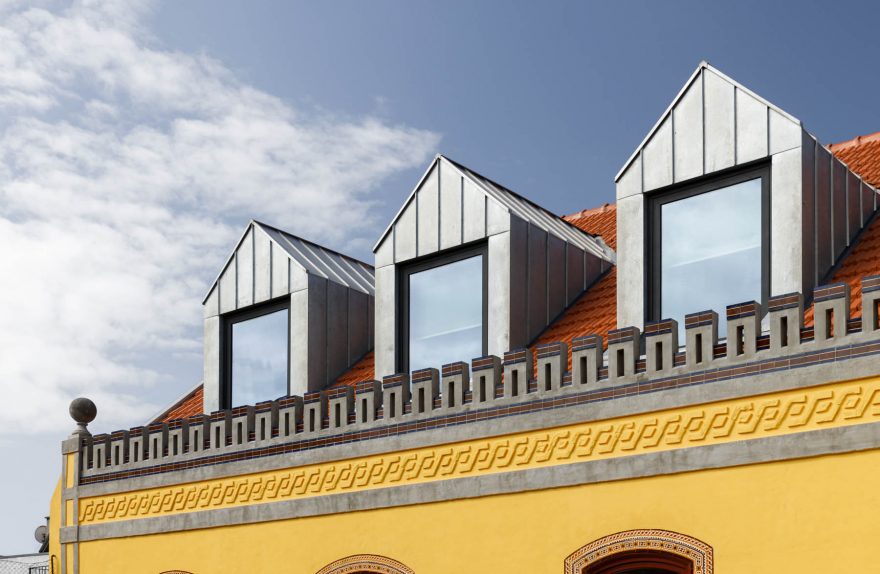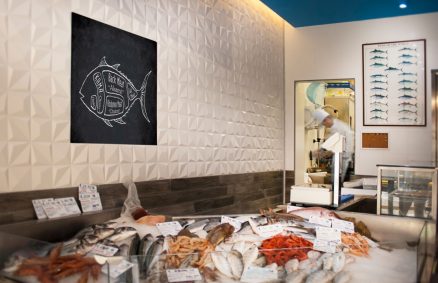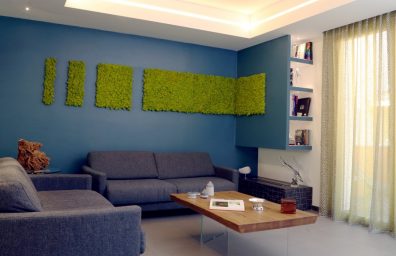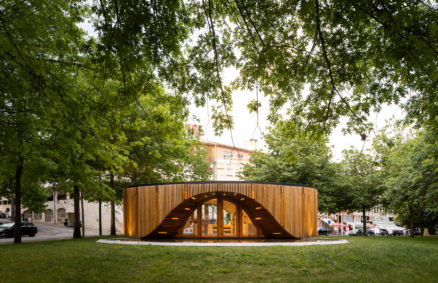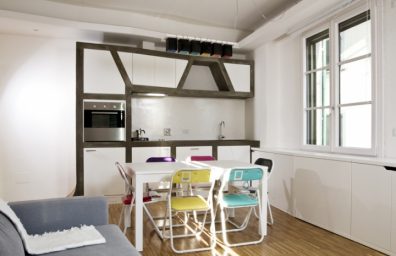The building undergoing renovation is part of an old ceramics factory, the Fábrica de Cerâmica das Devesas, in Porto, which functioned as a warehouse and showcase for the various products manufactured by the same company.
This ensemble is made up of 3 buildings: a larger one, designed for an office, product warehouse, shop, exhibition hall and shop window, with an impressive facade facing Rua José Falcão; the building refurbished by Anarchlab Architecture, which used to be the marble workshop, but also functioned as the upstairs home; and a house that belonged to Feliciano Rodrigues da Rocha, one of the three partners in the Fábrica das Devesas.
The old marble workshop is located on Rua da Conceição, with a courtyard common to this building and the warehouse, which serves as a joint between both, articulating the facades for the two streets, Rua José Falcão and Rua da Conceição, perpendicular to each other. Despite being classified as a Monument of Public Interest, the entire interior of the building was completely demolished when the project started, retaining only the facades and roofs (already in poor condition) of the original construction.
The inevitable programmatic transformation took into account the historical and architectural legacy of the original building which had resisted: the main and east facades were completely restored without any modifications, while the south facade, already heavily transformed at the time, gained prominence in the 'together, with a new color scheme and the introduction of a round glass window which gives geometric balance to the whole and re-establishes communication with the surrounding environment.
Inside, the essence of the old stone warehouse is maintained: after the staircase, with a morphology similar to the original, we are greeted by a large and extensive common area, full of natural light, which reveals the impressive height of the internal space, completely imperceptible from the street. The structure that reinforces all the existing and added construction, the renovated roof and the upper floor, is exposed in a very crude way, helping to show the metrics of the entrances to the apartments, the ascent to the upper floor and the modulation of the large glass lights that they let in natural light, while maintaining the industrial feel of the old building. There are now 12 apartments inside, from loft type with mezzanine to two bedroom apartments, spread over 2 main floors, as well as a top floor with a smaller surface area, which constitutes the mezzanines of the lofts.
Each apartment has a unique configuration, with a different combination of volumes and spaces, in order to offer a variety of housing solutions to meet the needs of the inhabitants. In particular, the lofts with mezzanine develop on two levels, with the sleeping area and the bathroom located on the upper floor and the living area on the lower floor. The larger apartments, on the other hand, are arranged on one level, with generous and bright spaces thanks to the large windows and ceiling lights that illuminate the day and night areas.
In addition to the redevelopment of the interiors, the renovation also made it possible to intervene on the facade and on the roof of the building. In particular, the roof, which had several cracks and lesions, was repaired and reinforced, while the facade was restored to its original appearance, with the preservation of the architectural details typical of the time. The choice of colors for the facade and the choice of materials for the roof were made in order to create a balance between the modernity of the solutions adopted and the tradition of the historical context in which the building is located.
In summary, the renovation of the historic building of the Fábrica de Cerâmica das Devesas represents a virtuous example of how it is possible to reconcile the preservation of the architectural heritage with the need to adapt to new housing and functional needs. Thanks to the redevelopment of the internal spaces and the repair and reinforcement of the external parts, the building can now accommodate twelve new apartments, which offer modern and functional housing solutions, without betraying the historical and architectural heritage of the context in which they are inserted.
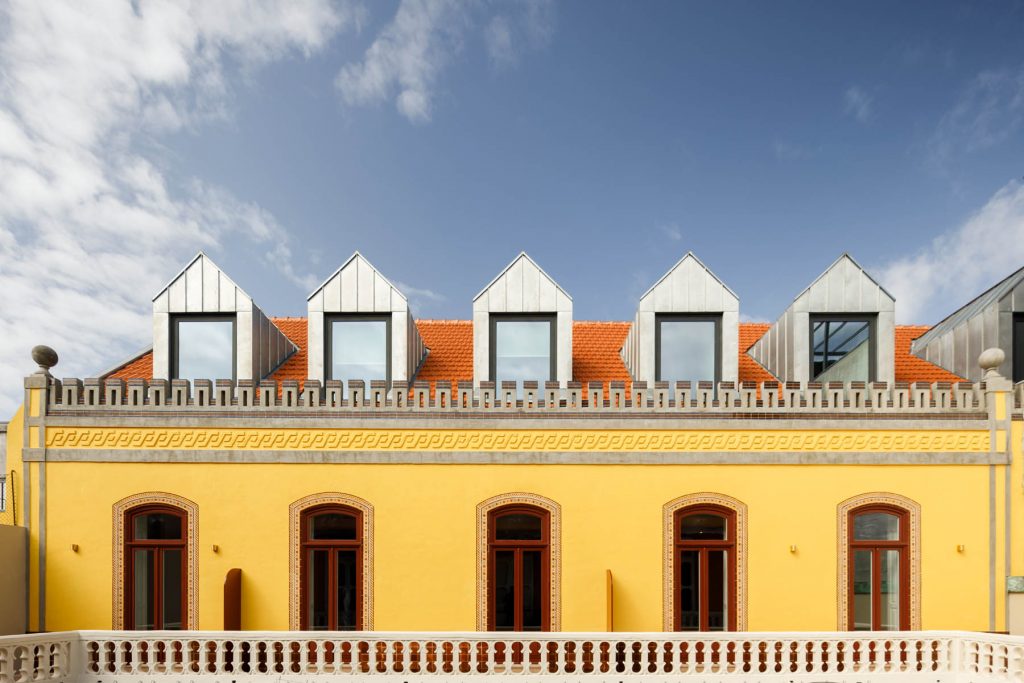
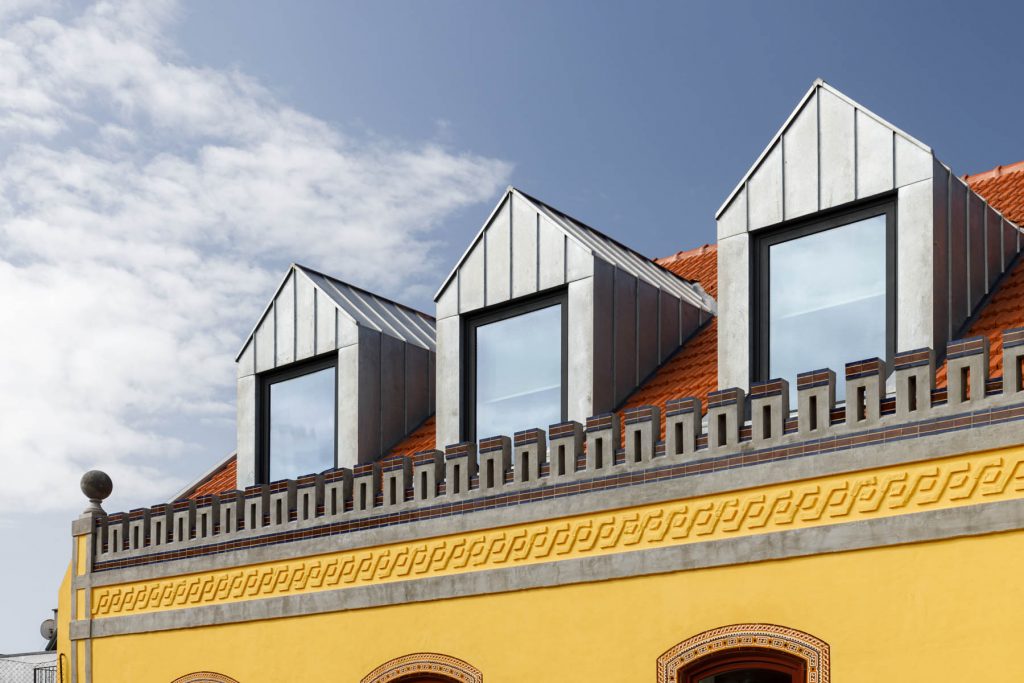
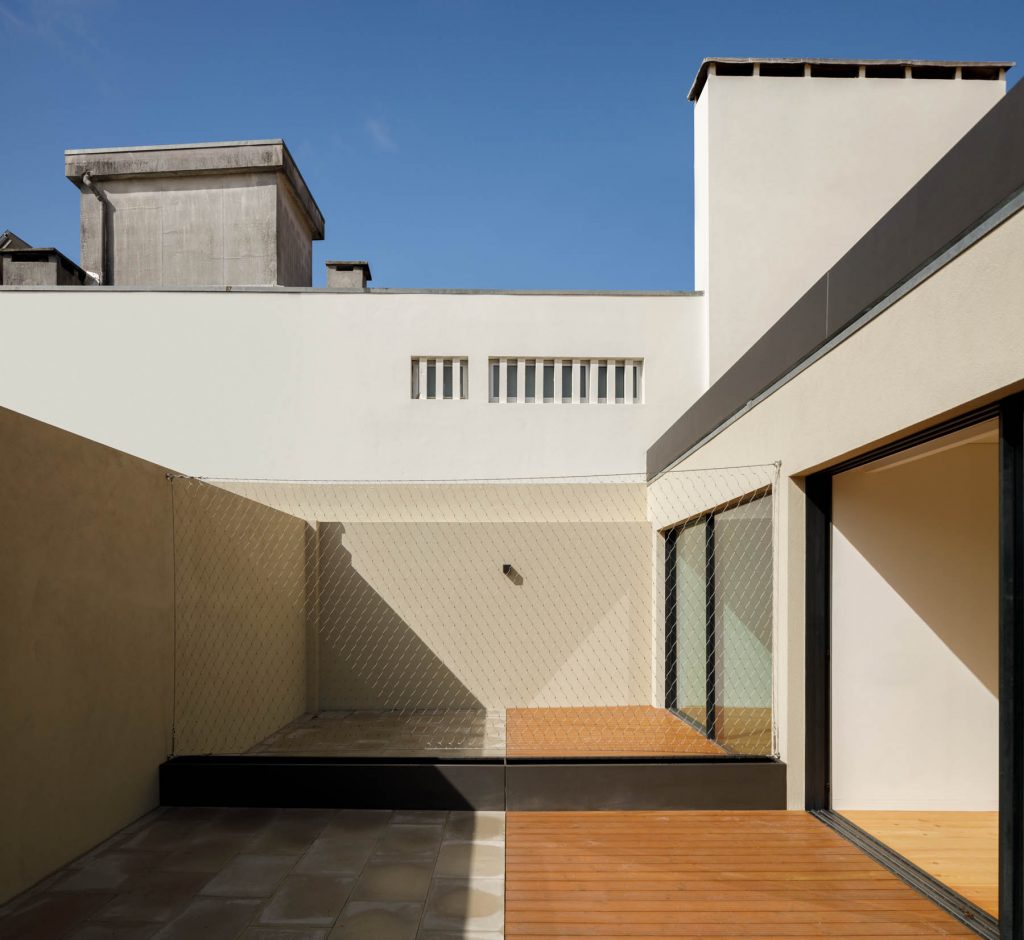
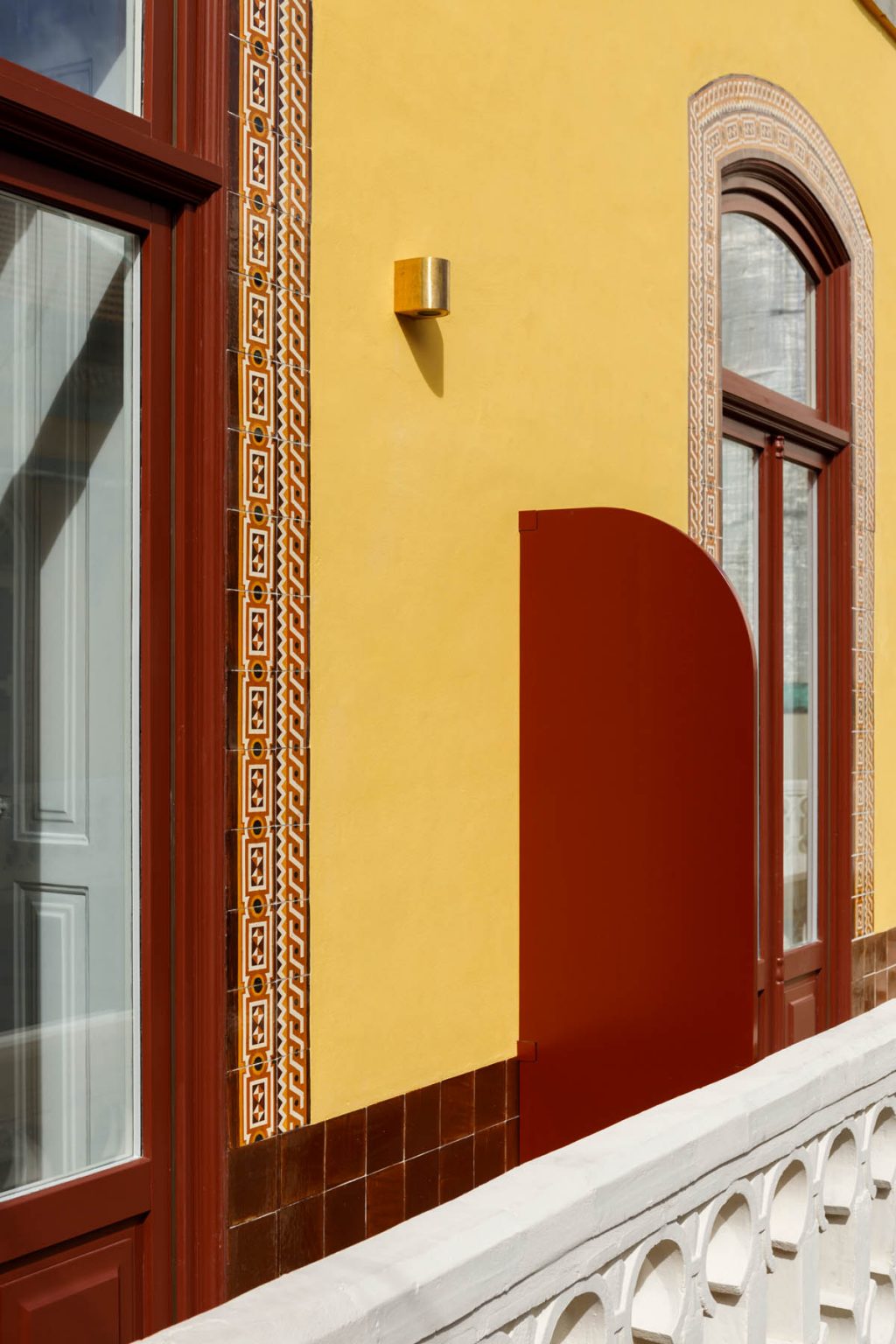
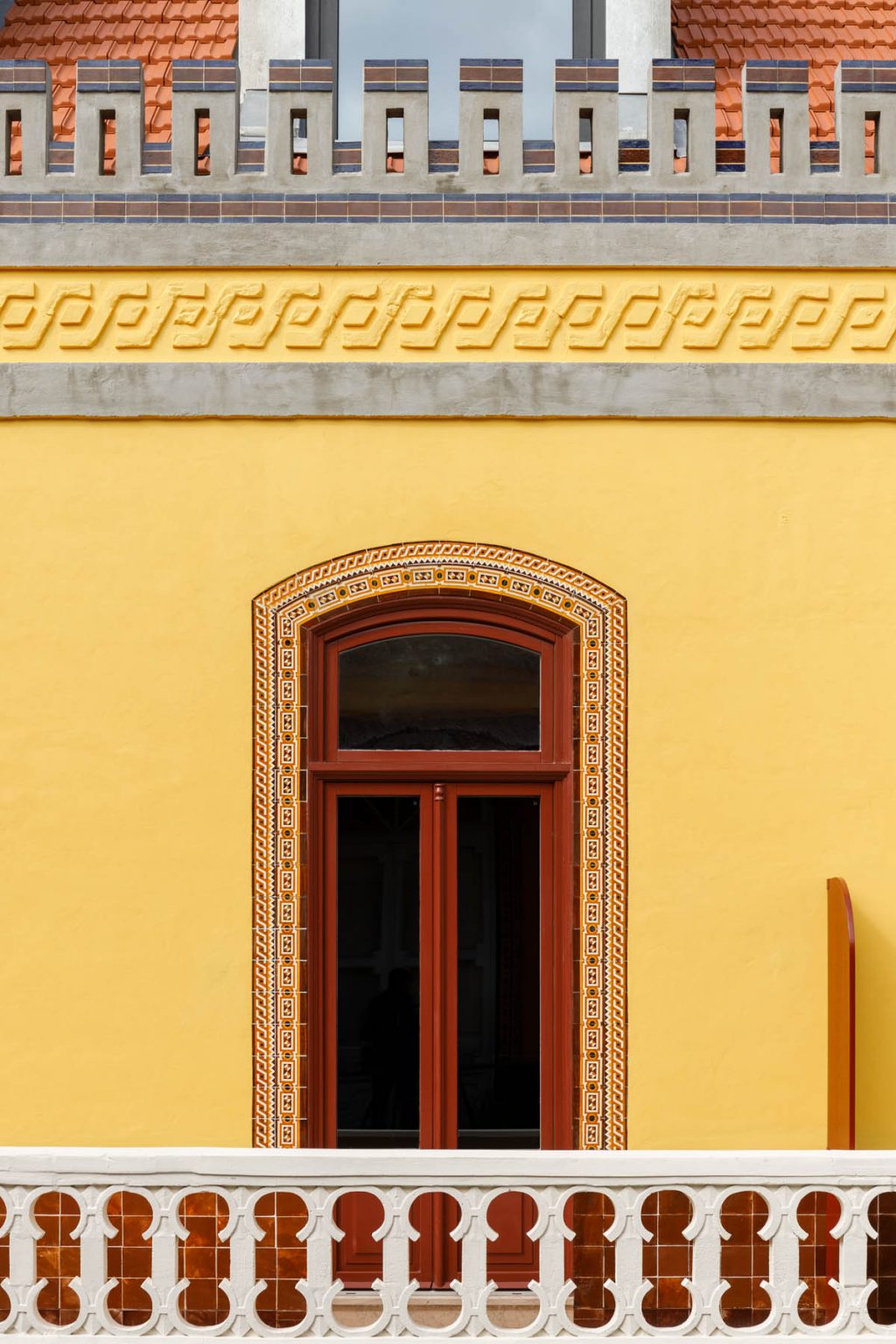
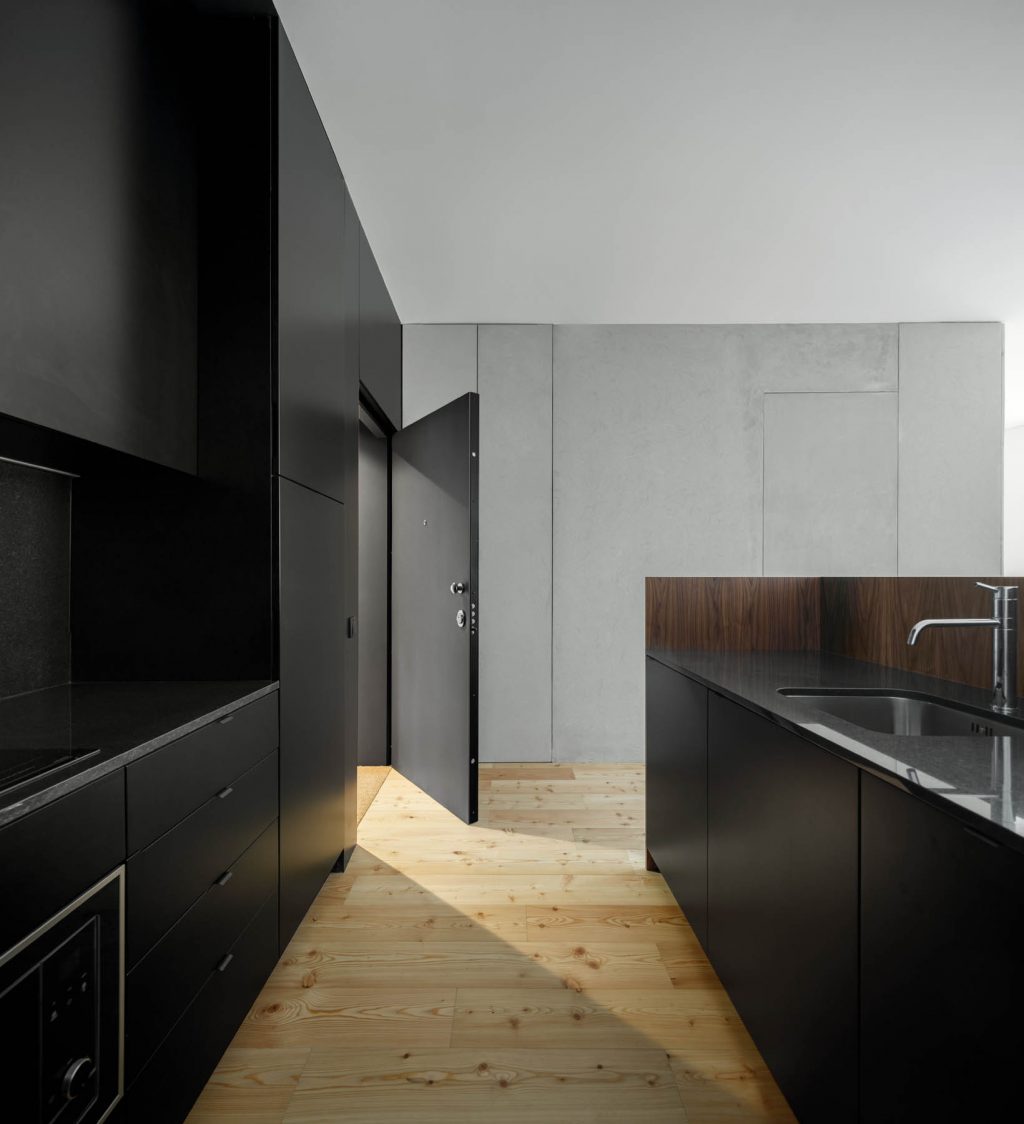
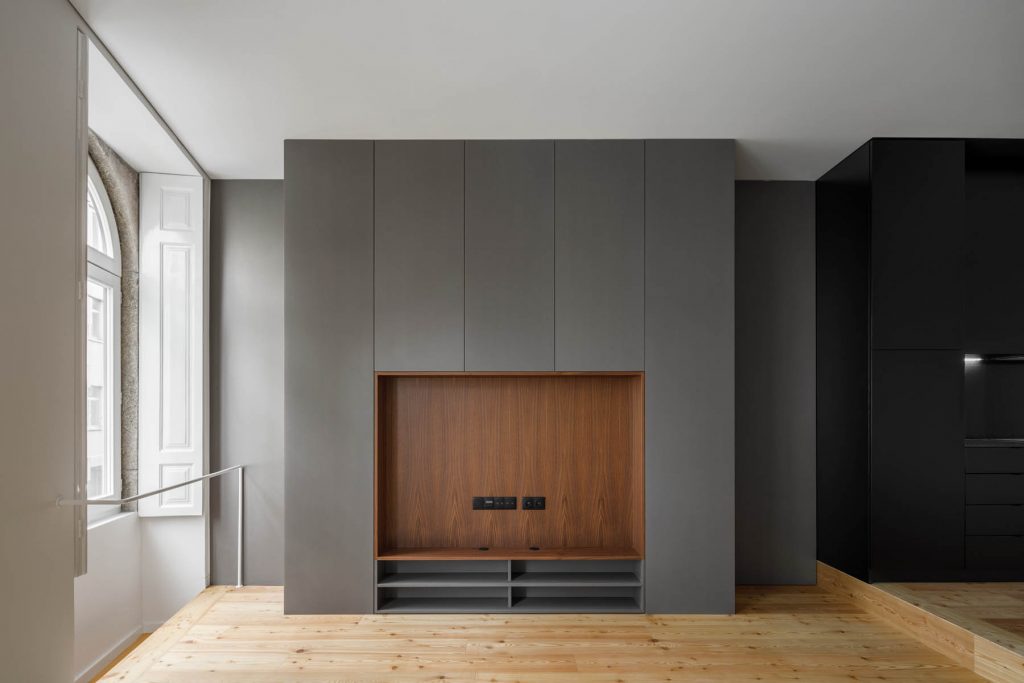
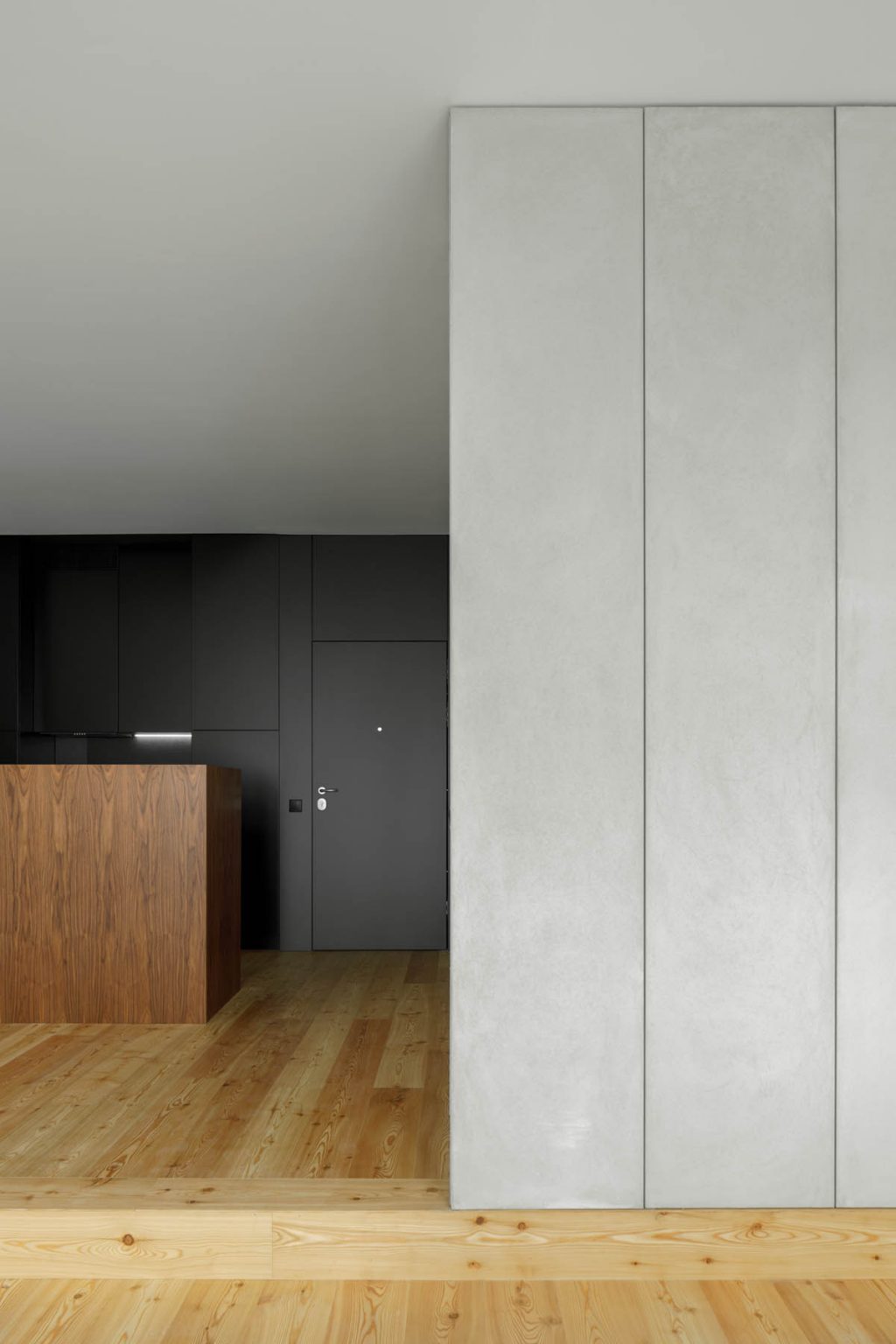
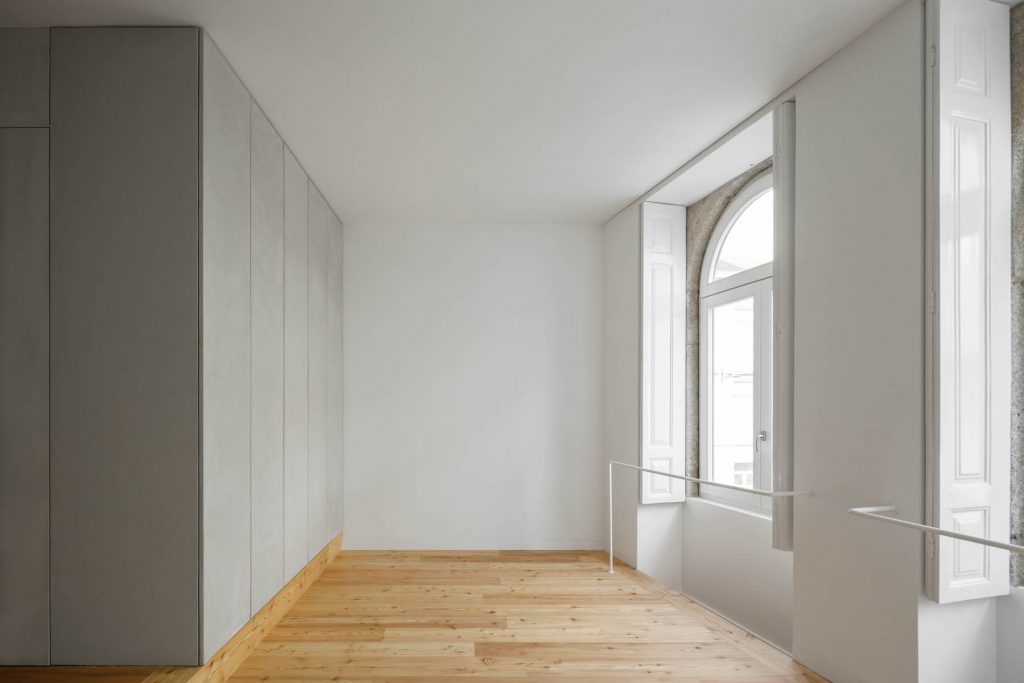
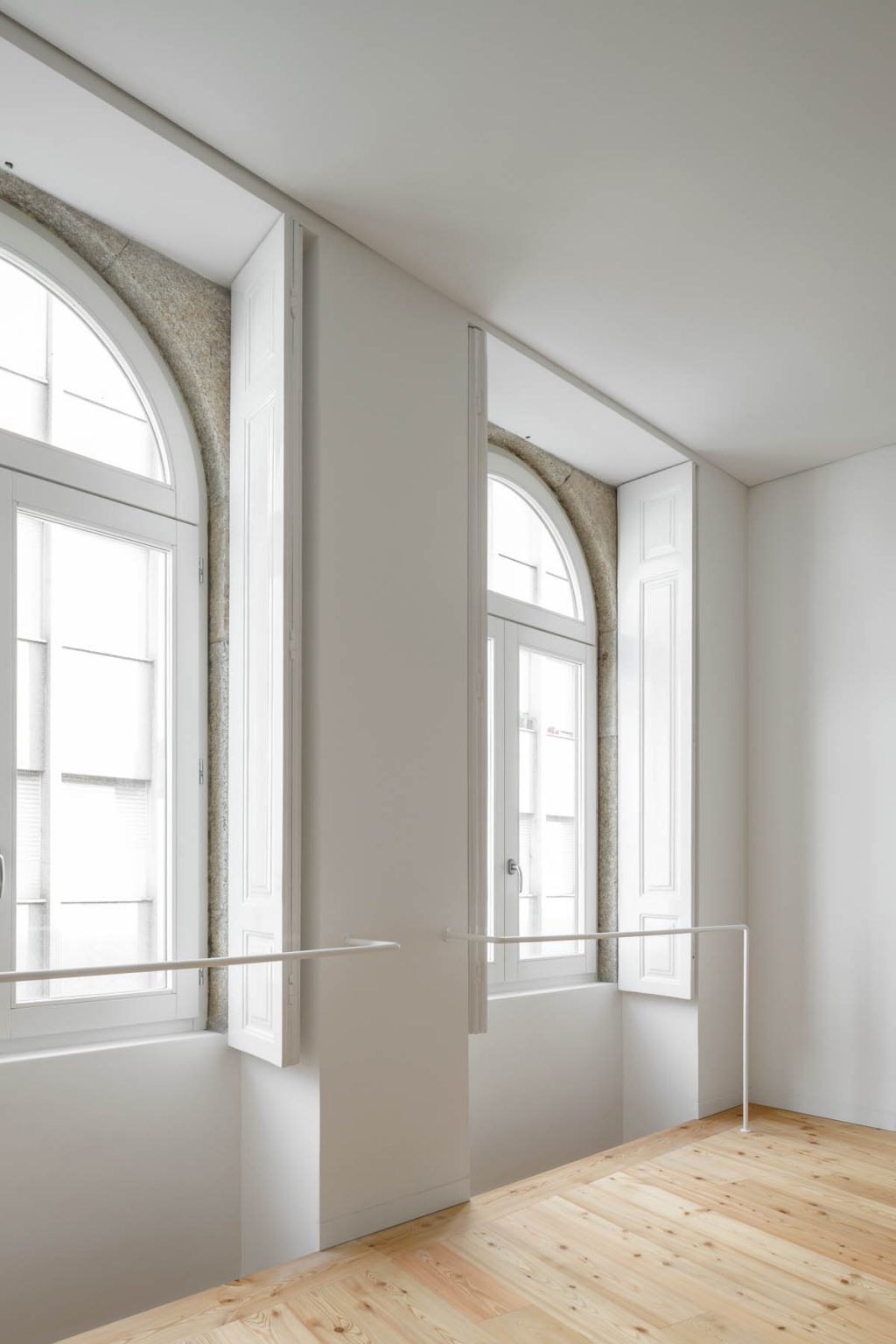
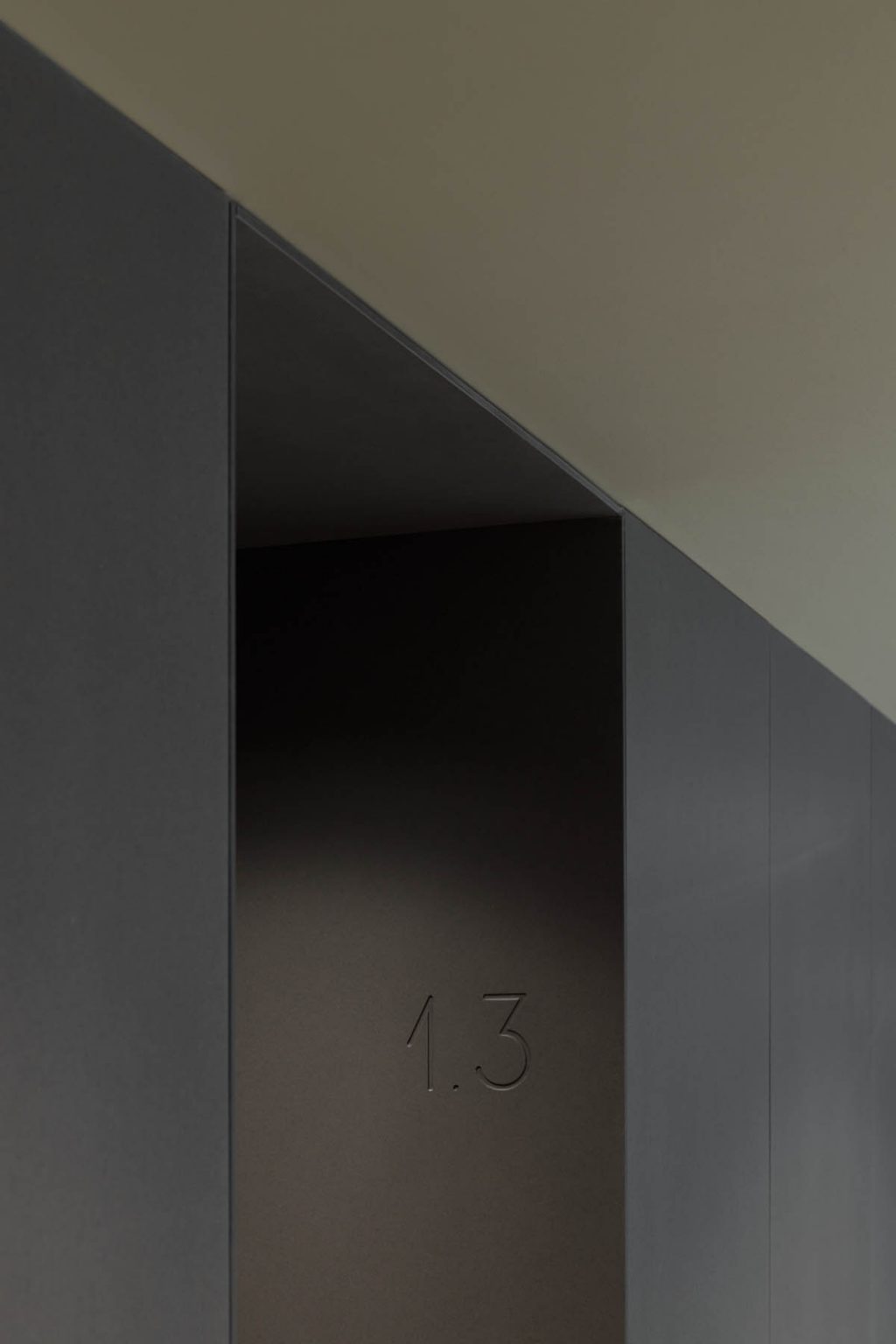
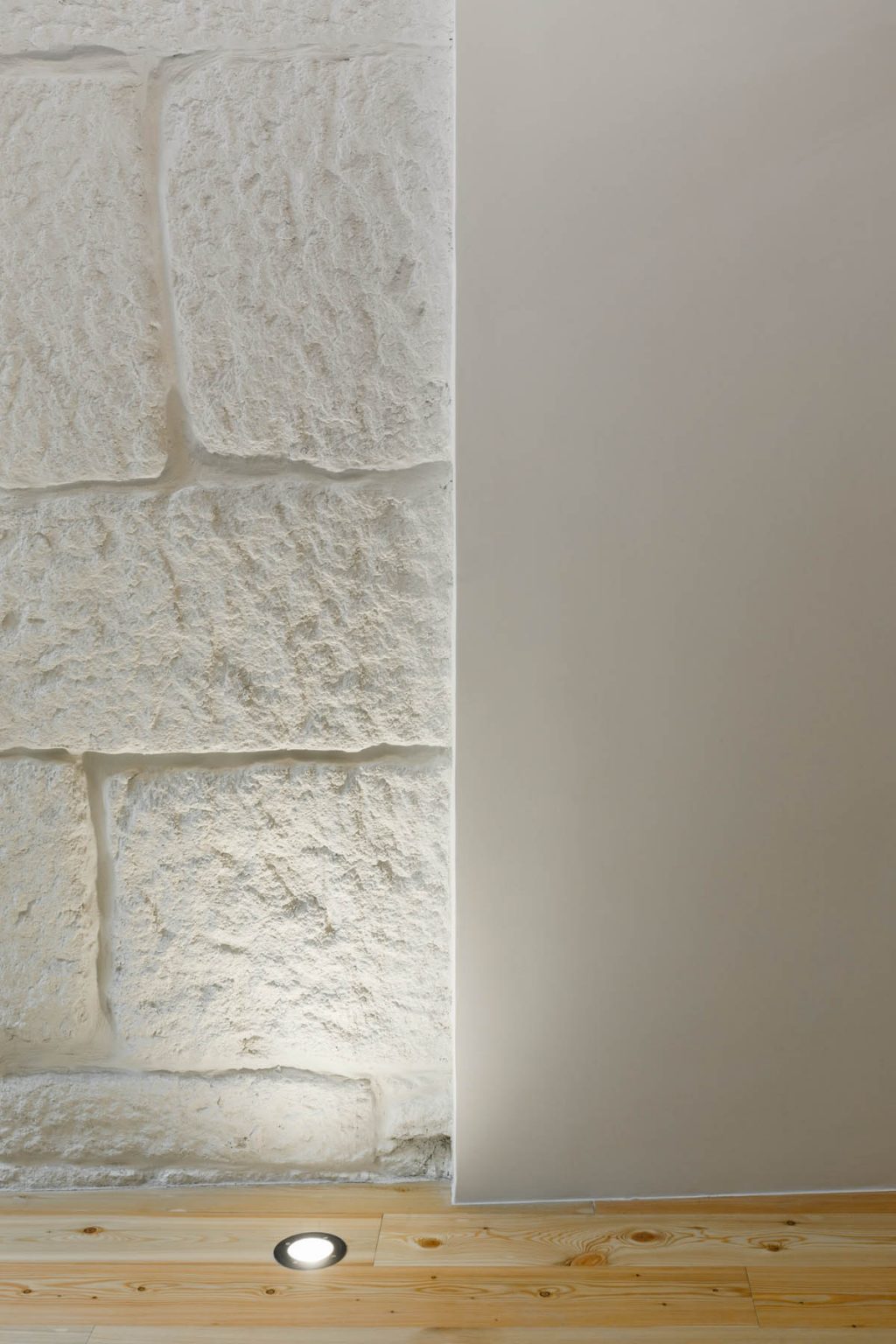
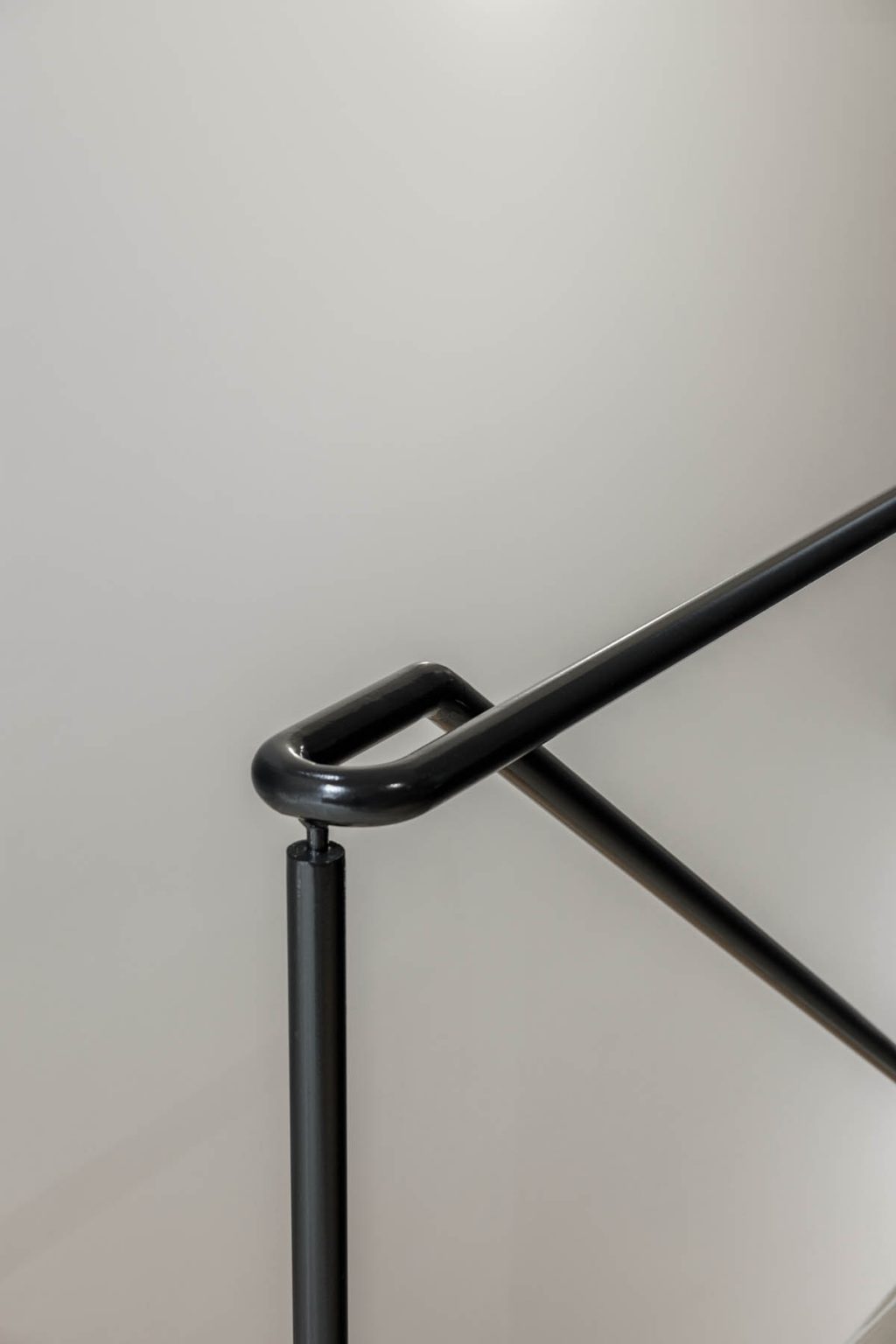
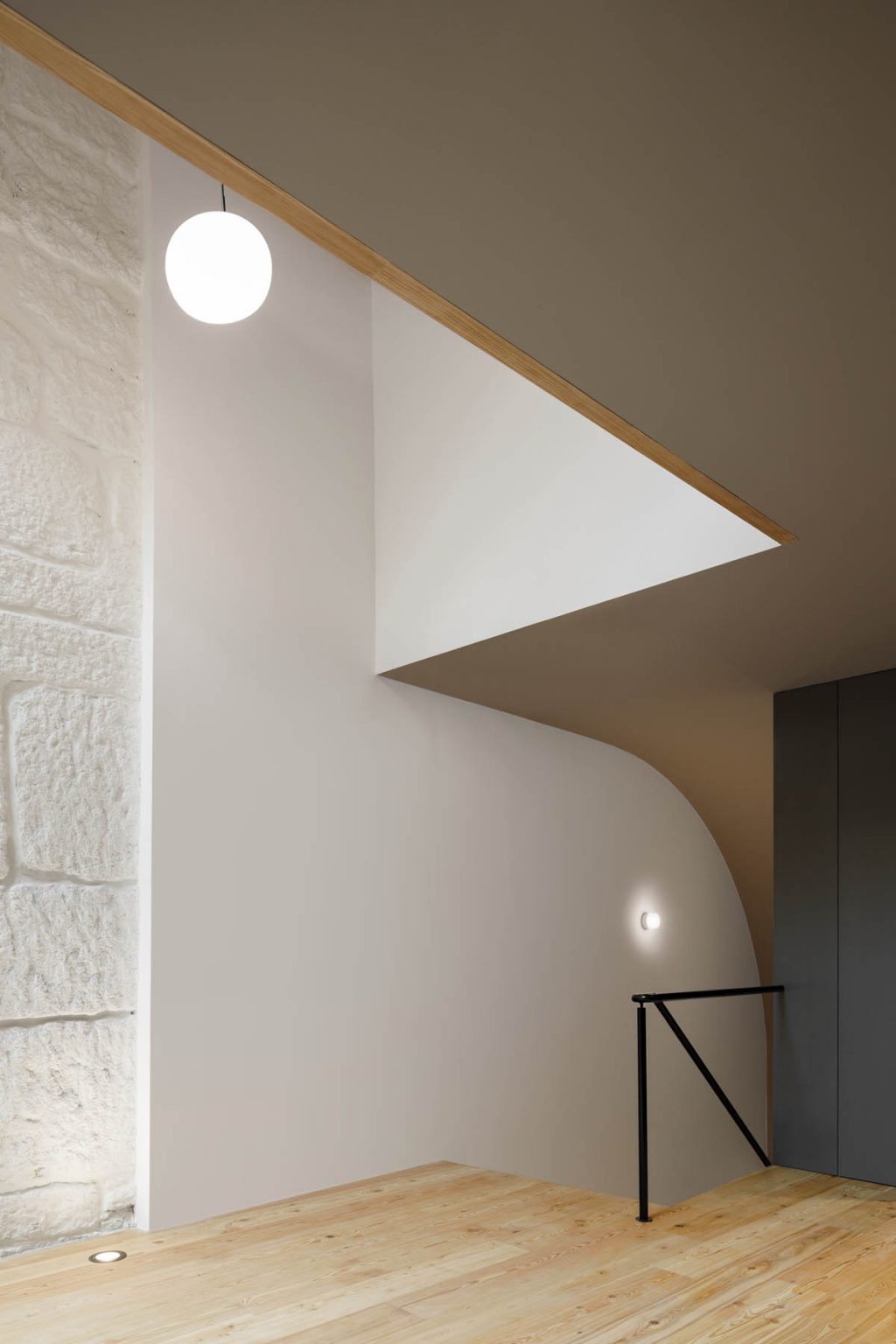
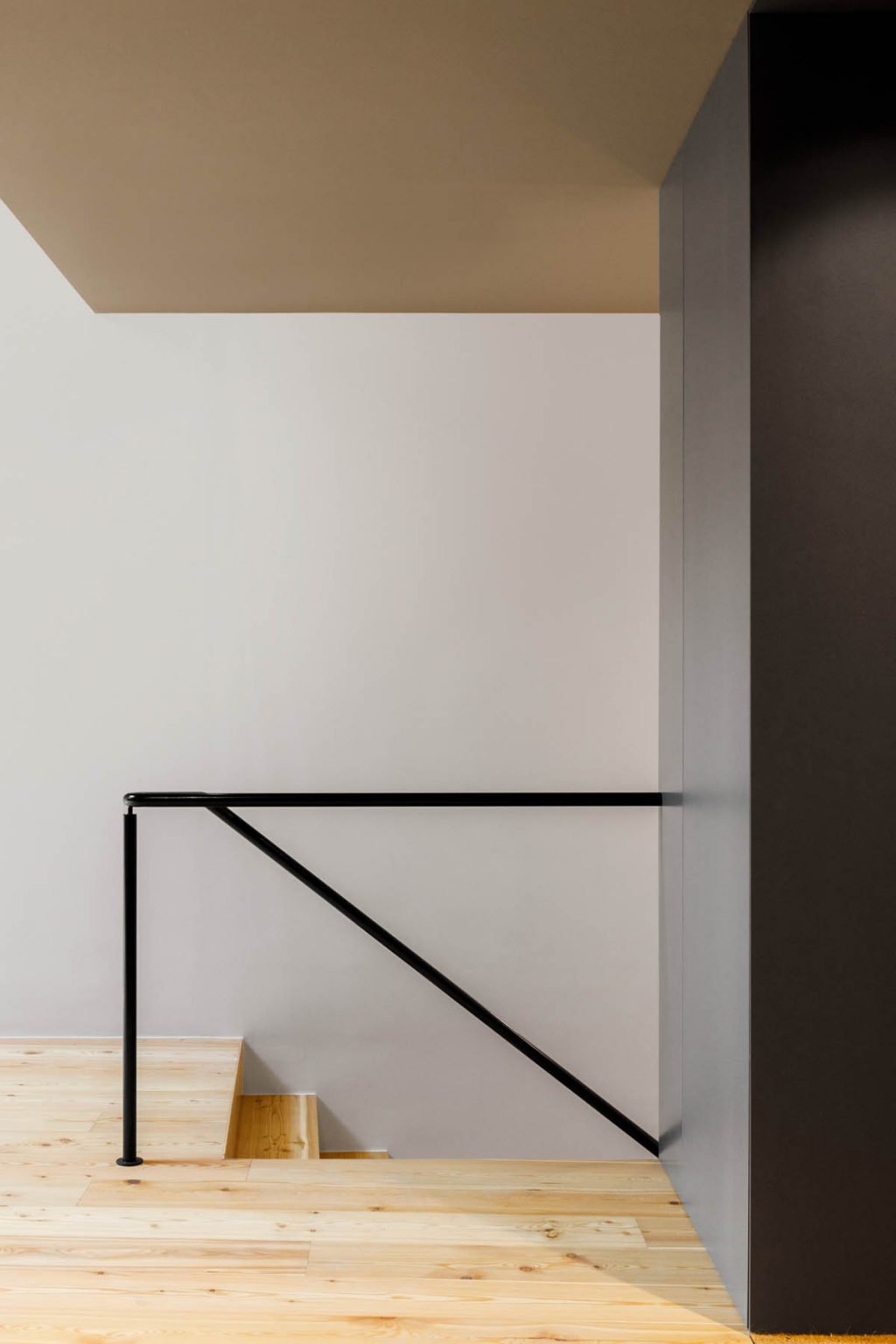
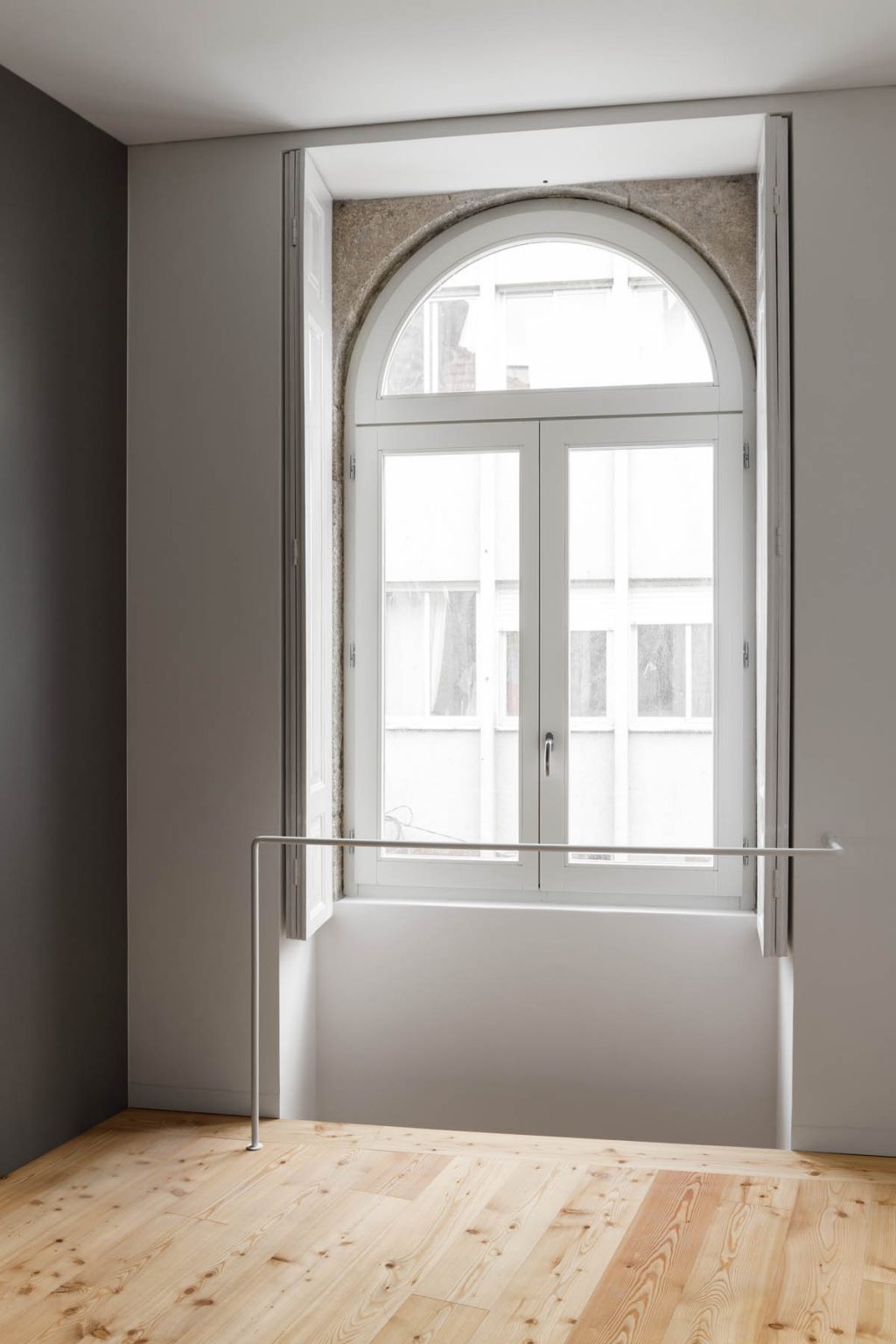
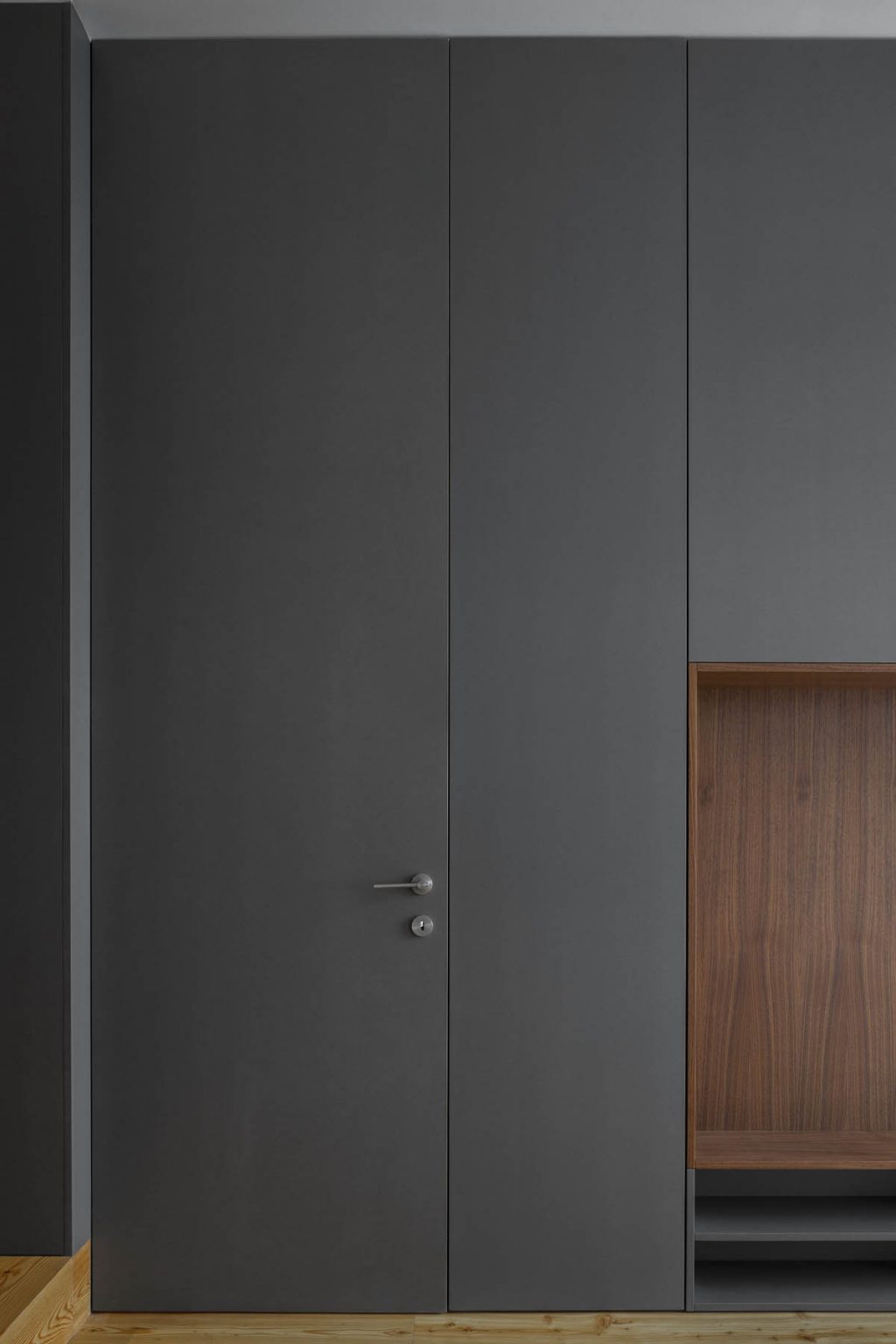
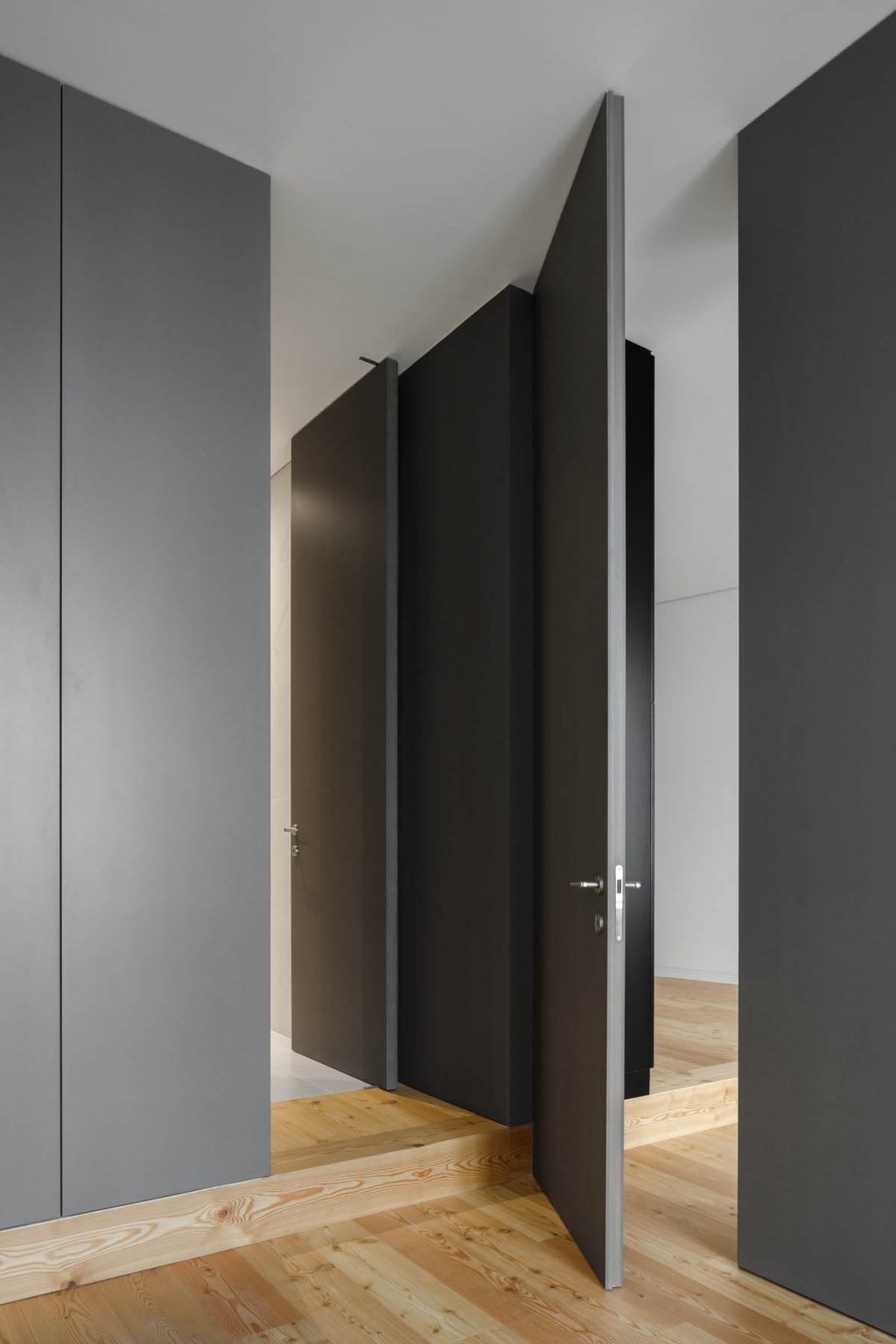
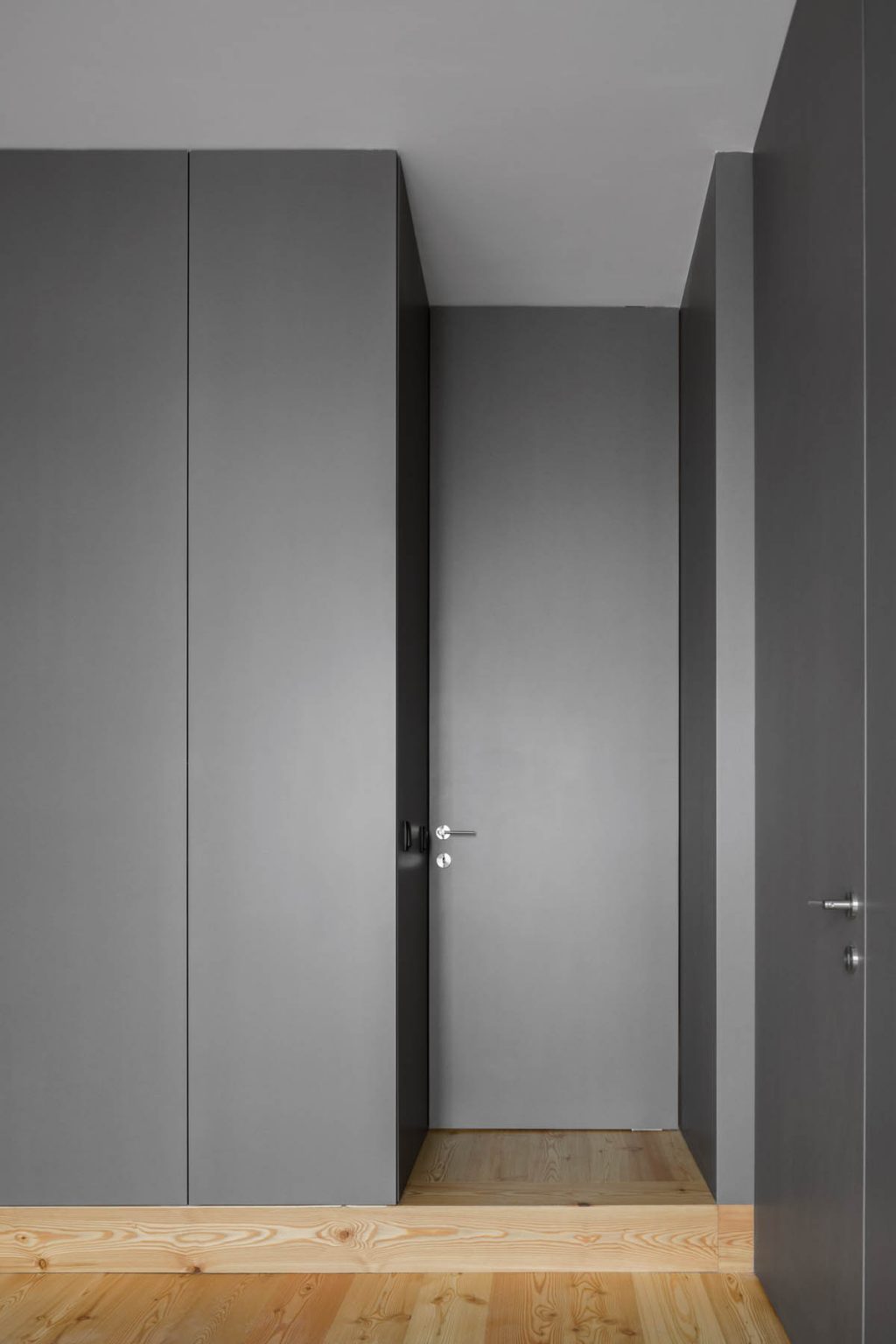
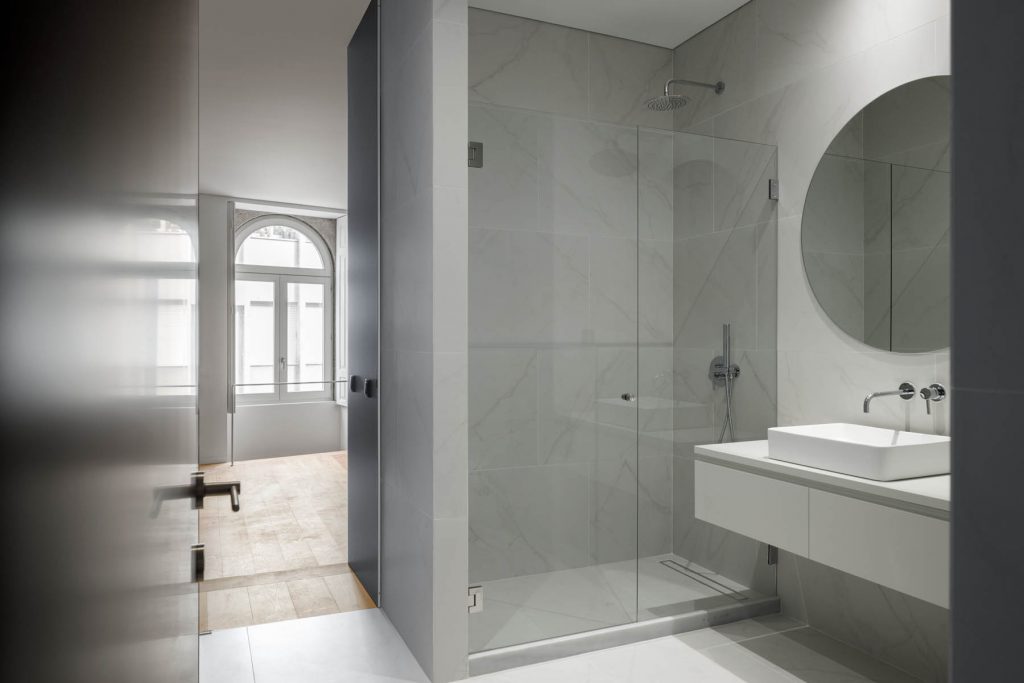
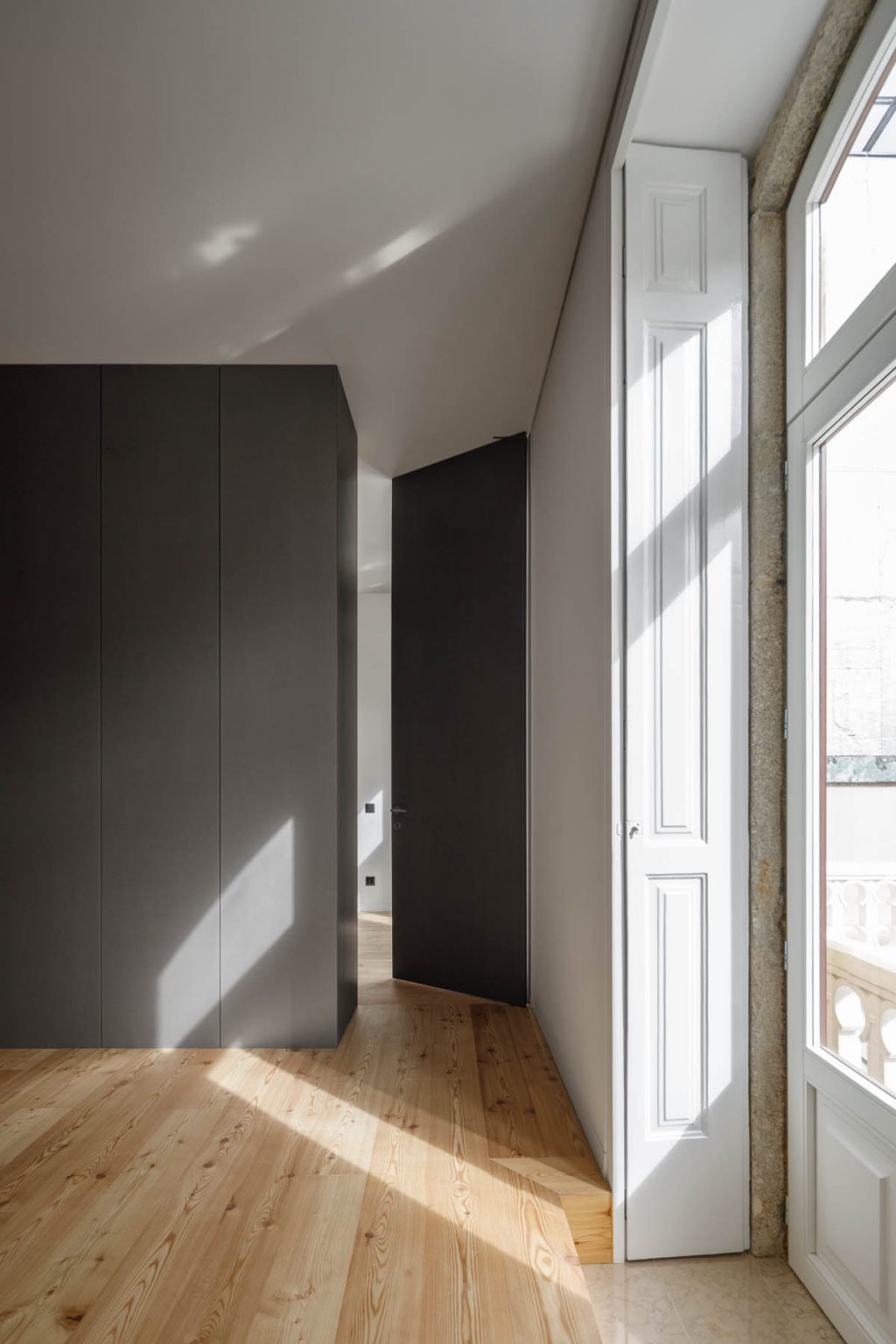
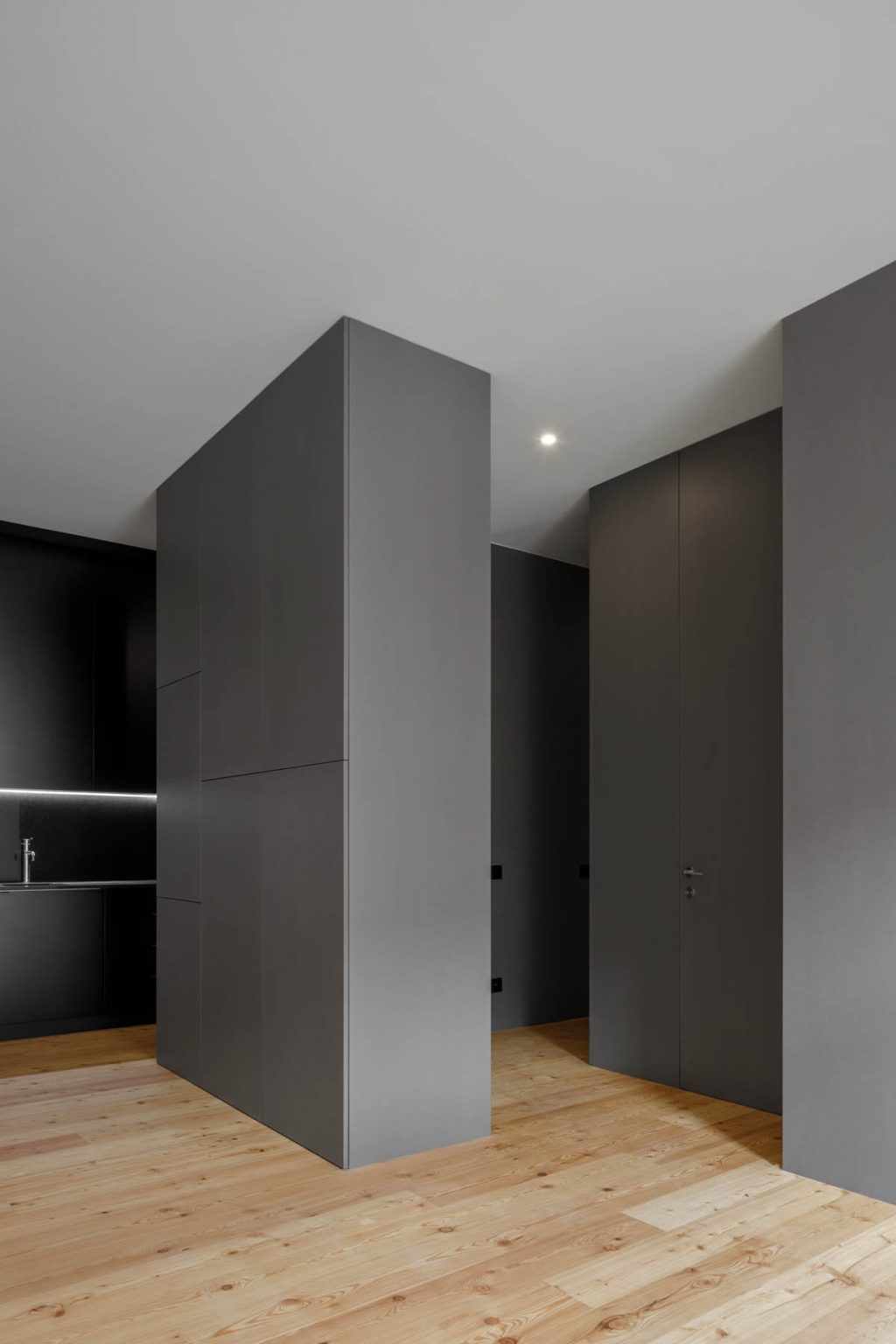
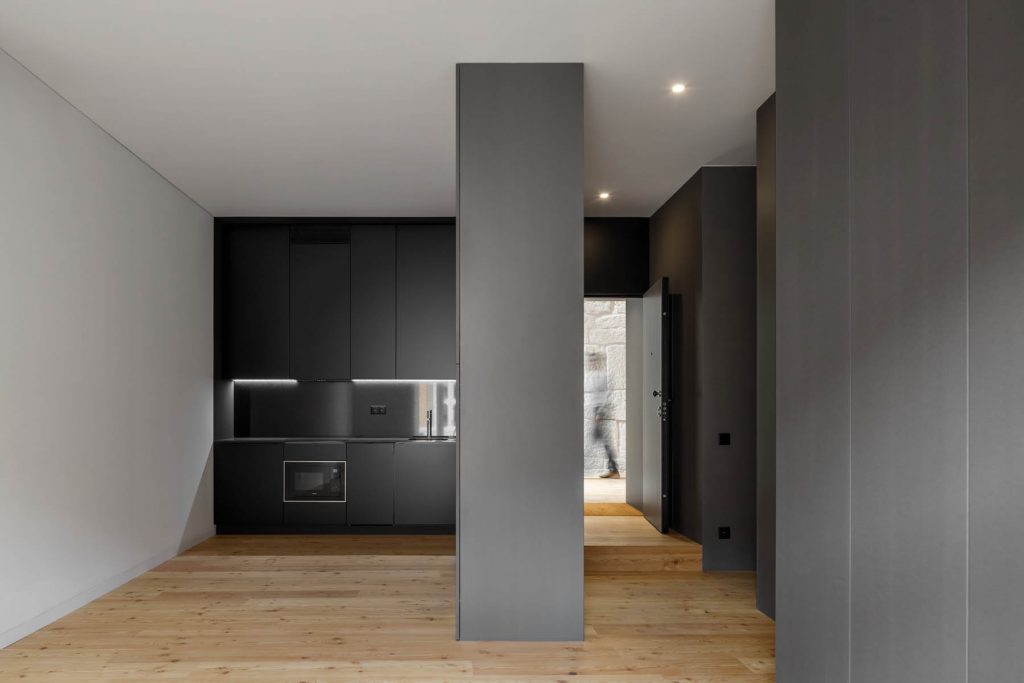
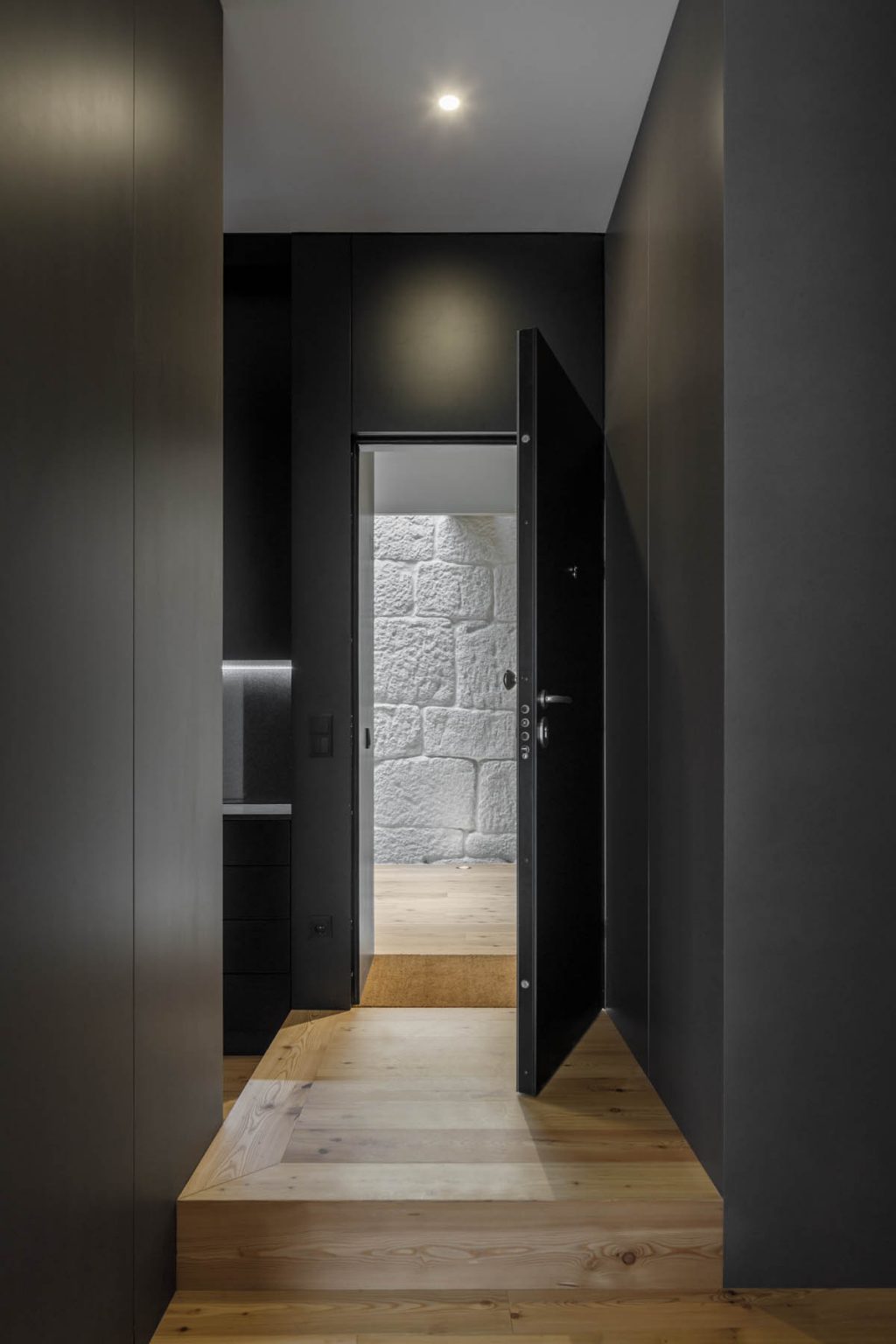
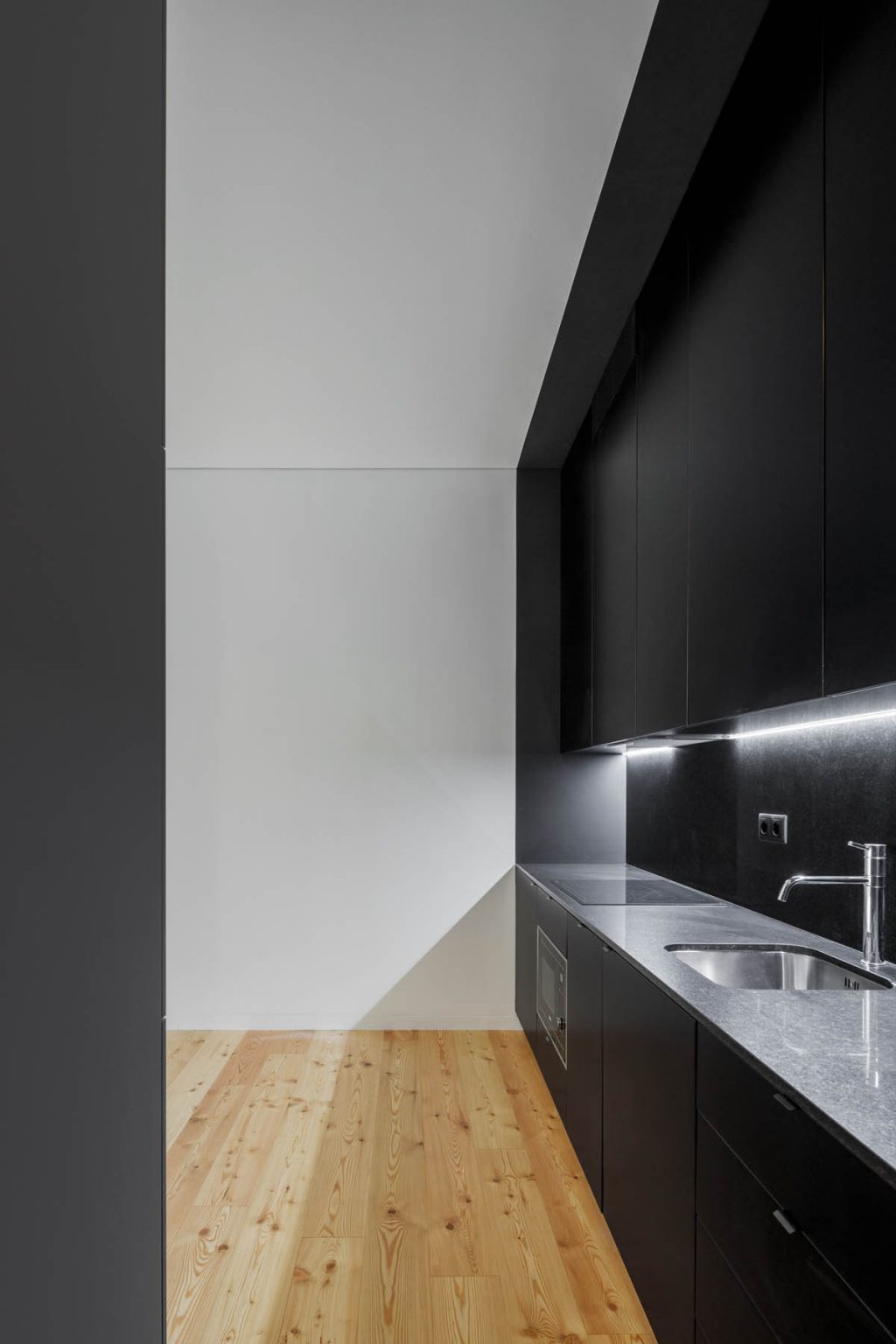
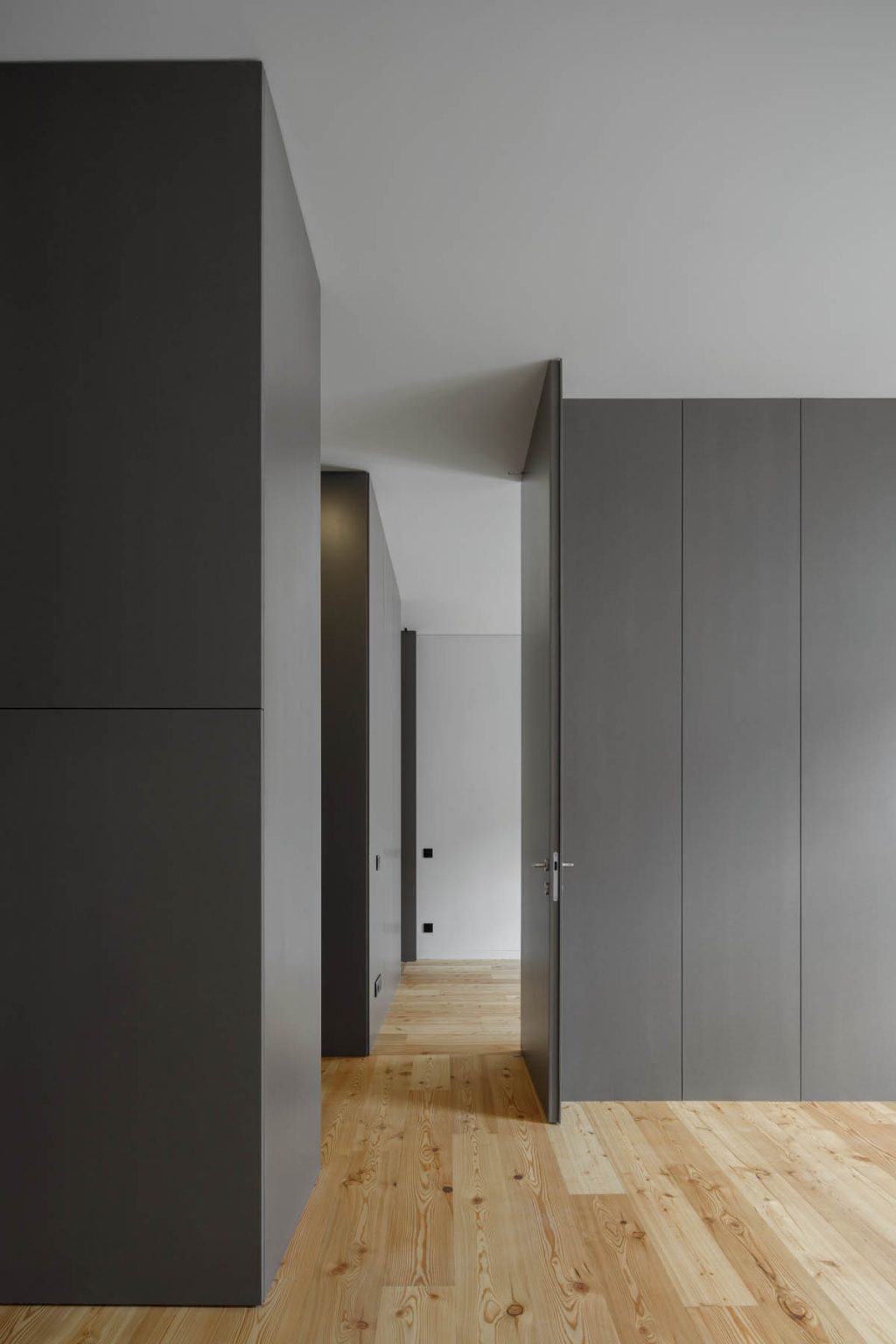
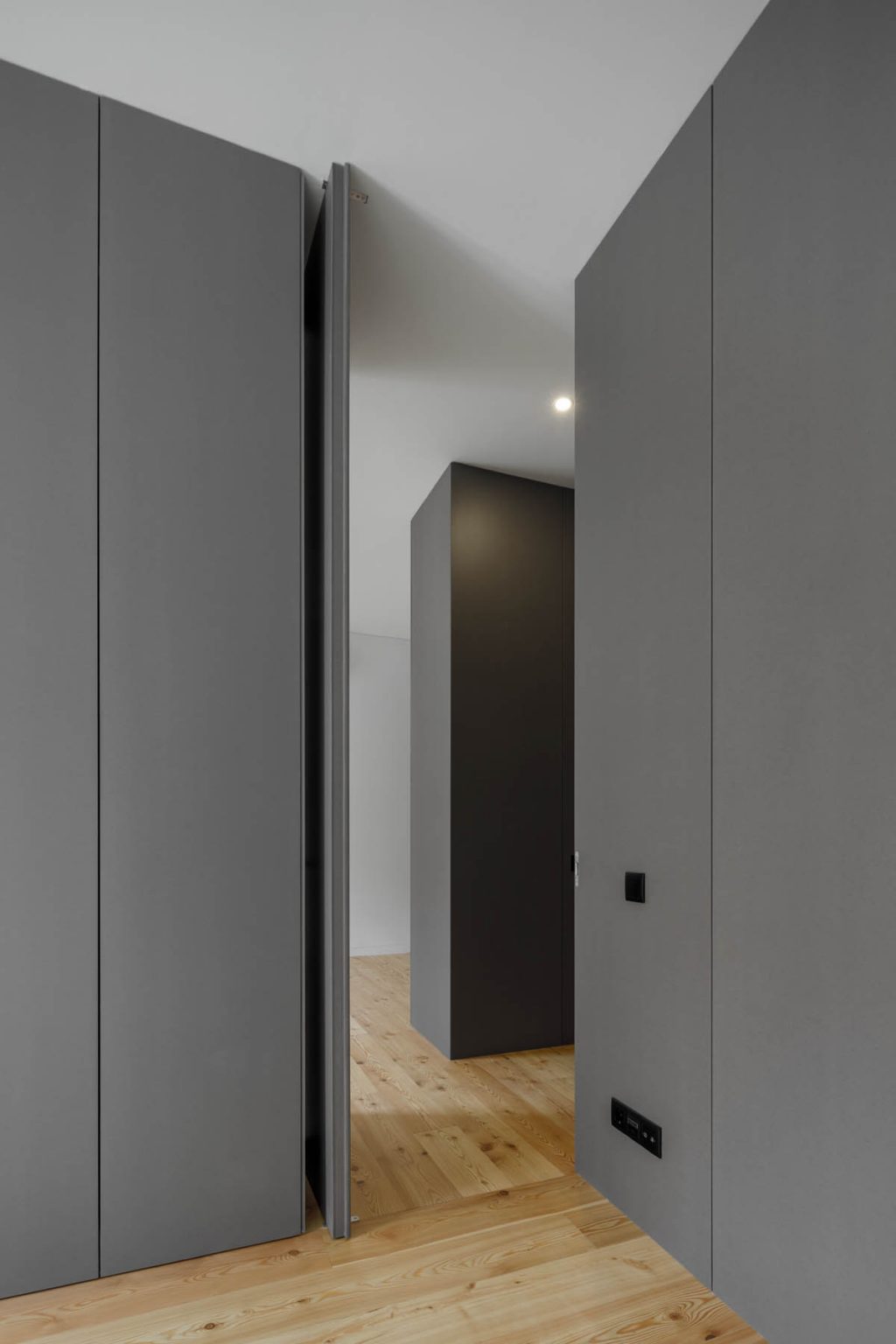
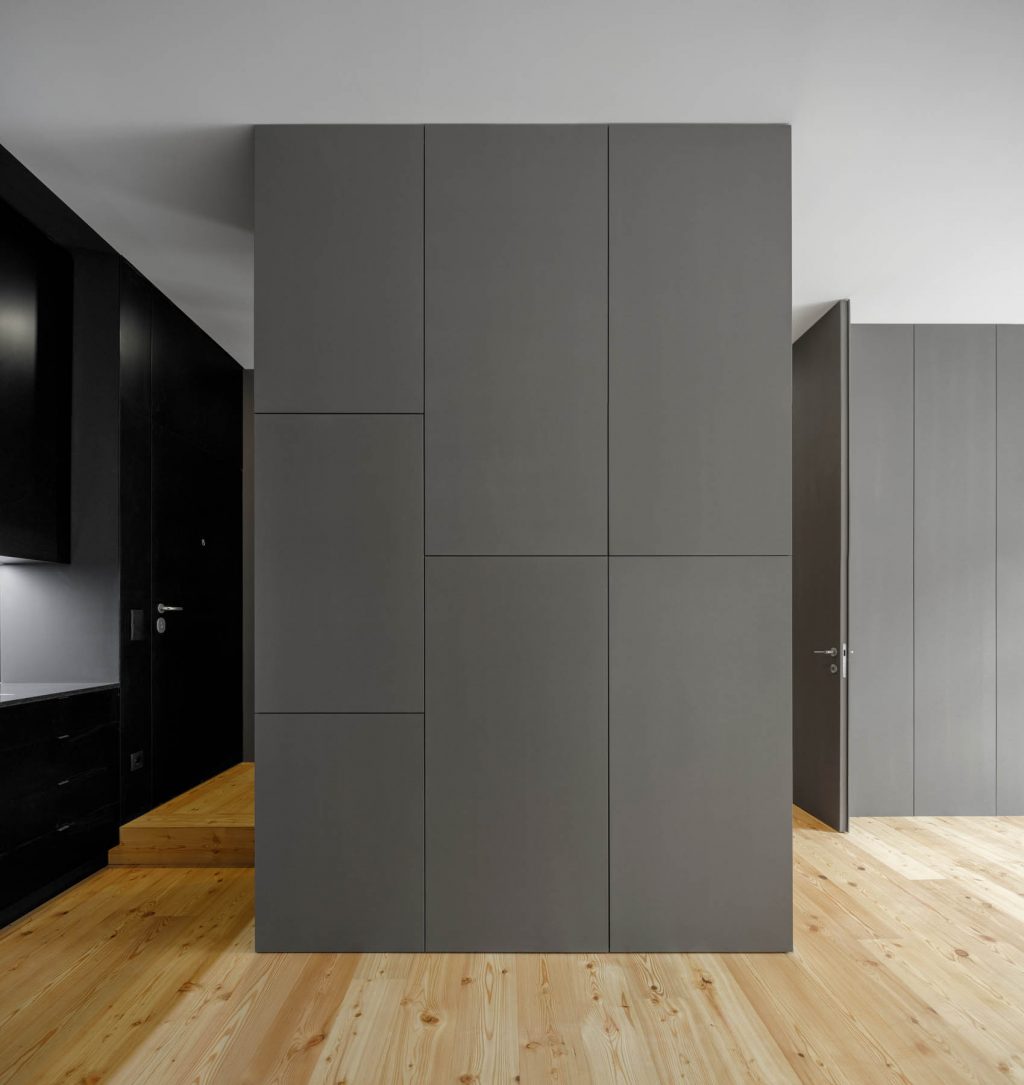
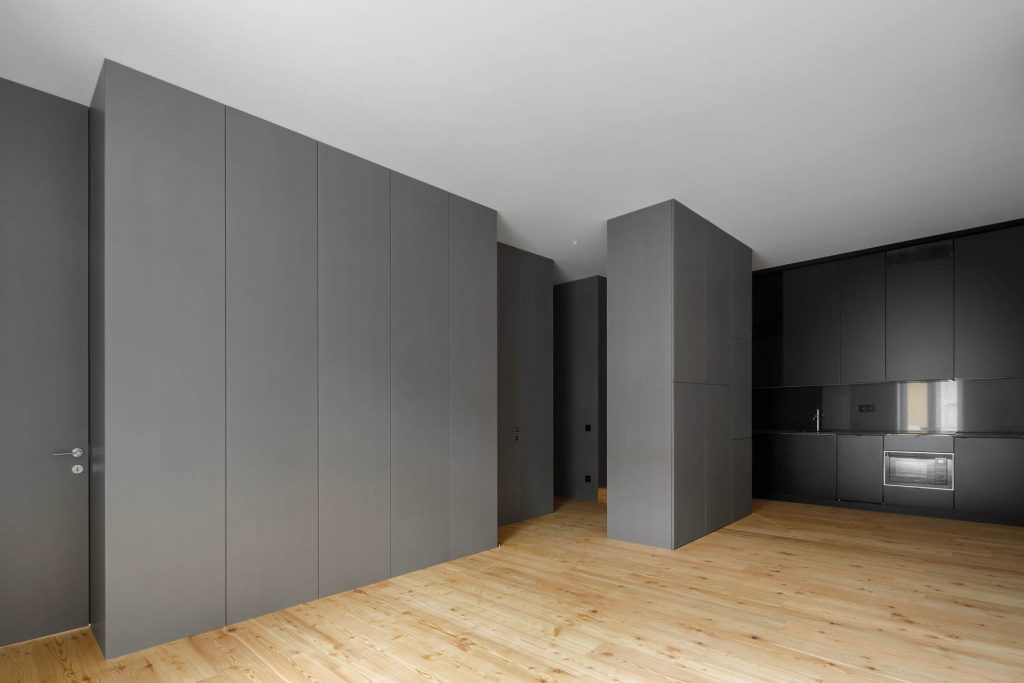
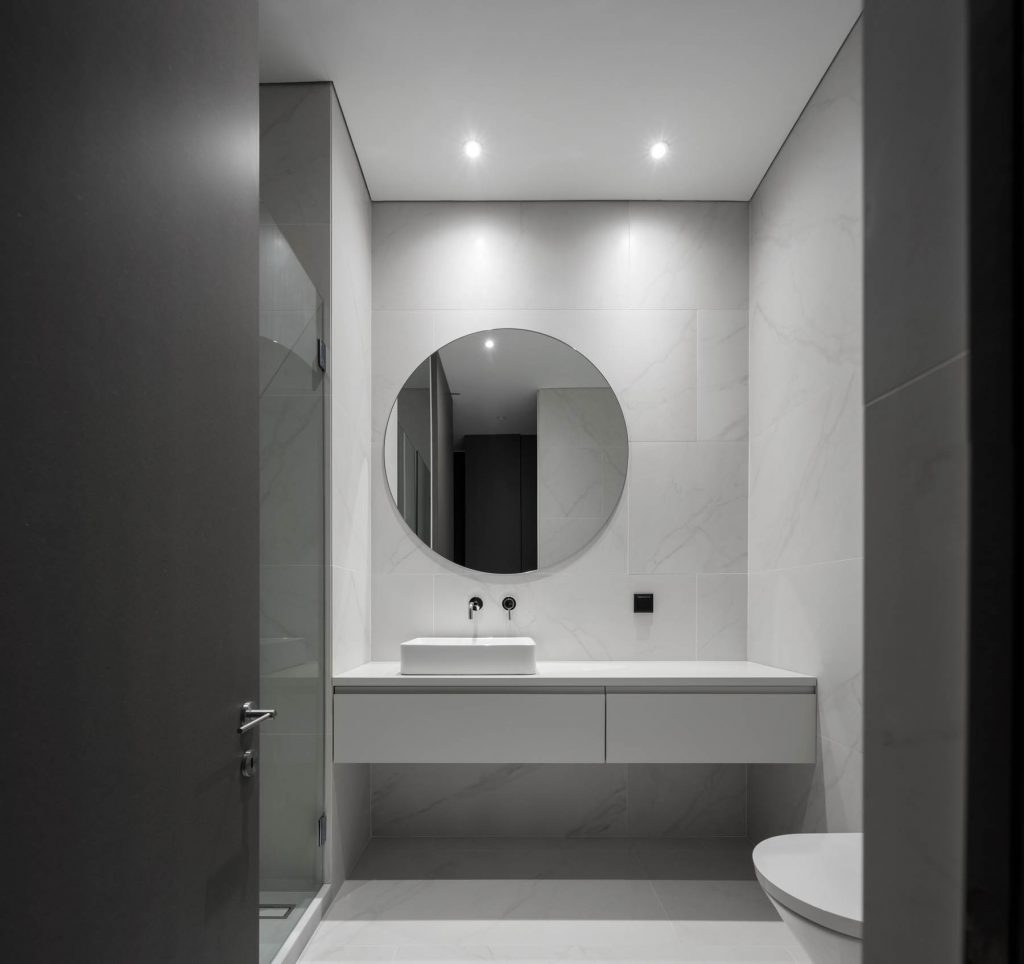
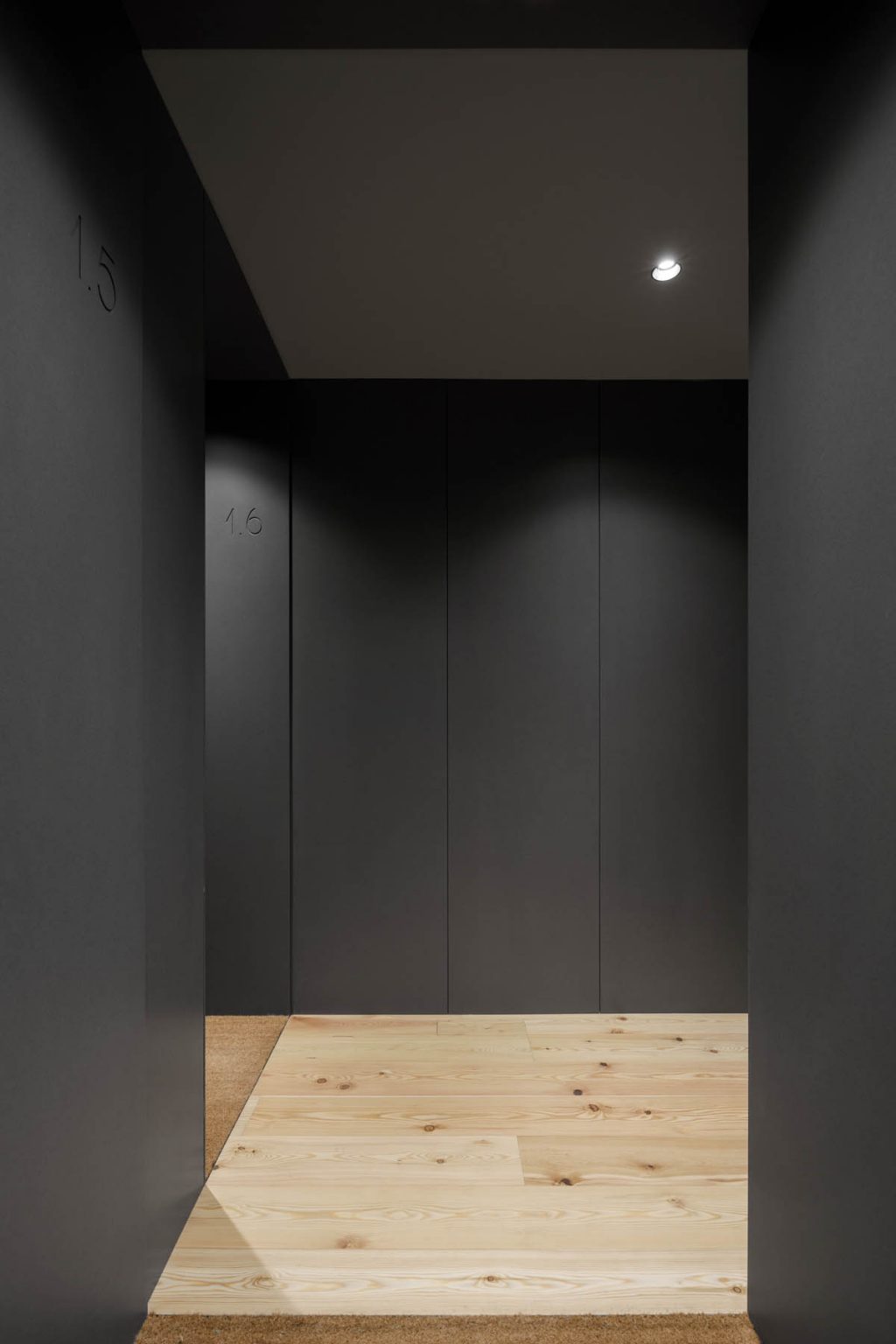
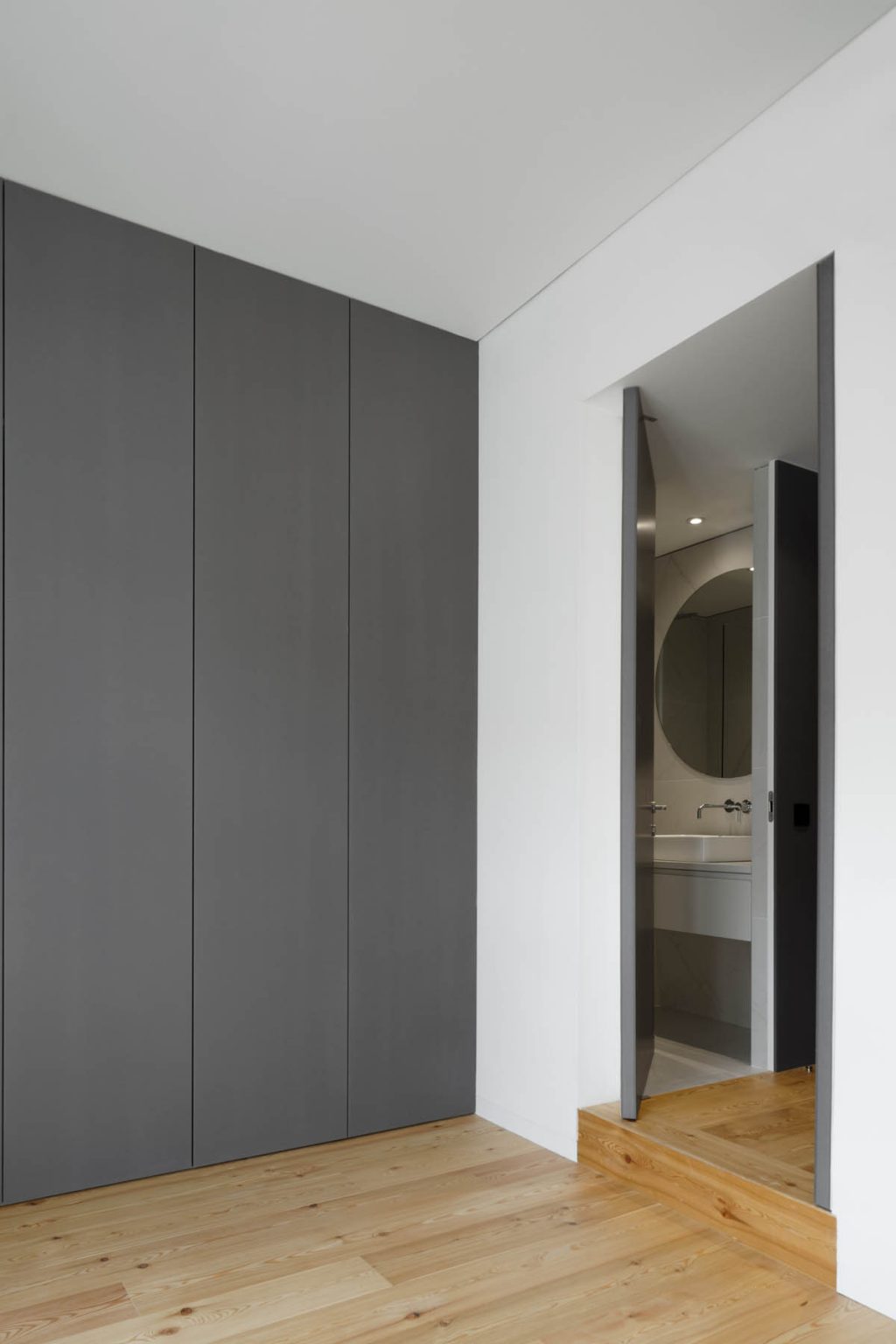
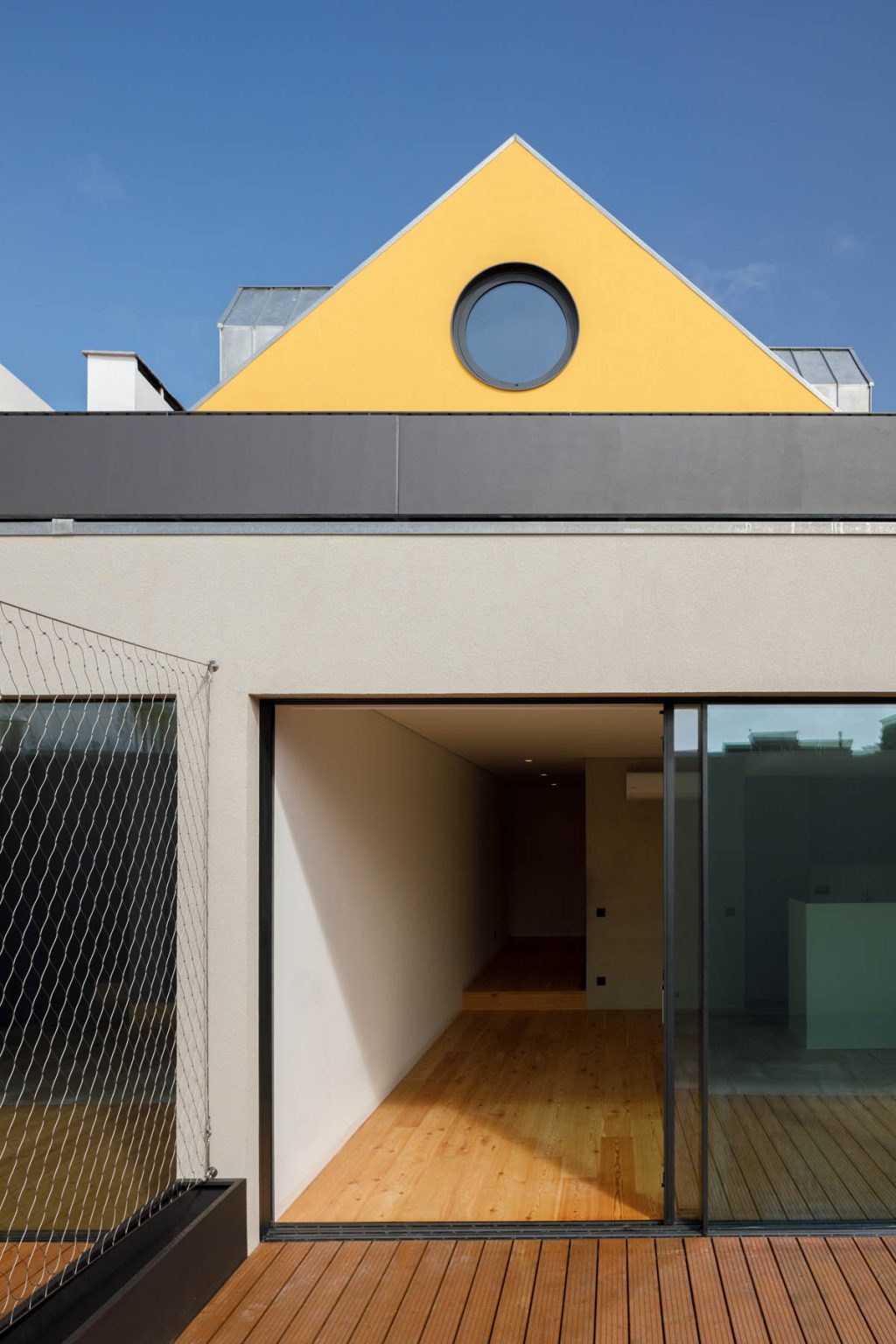
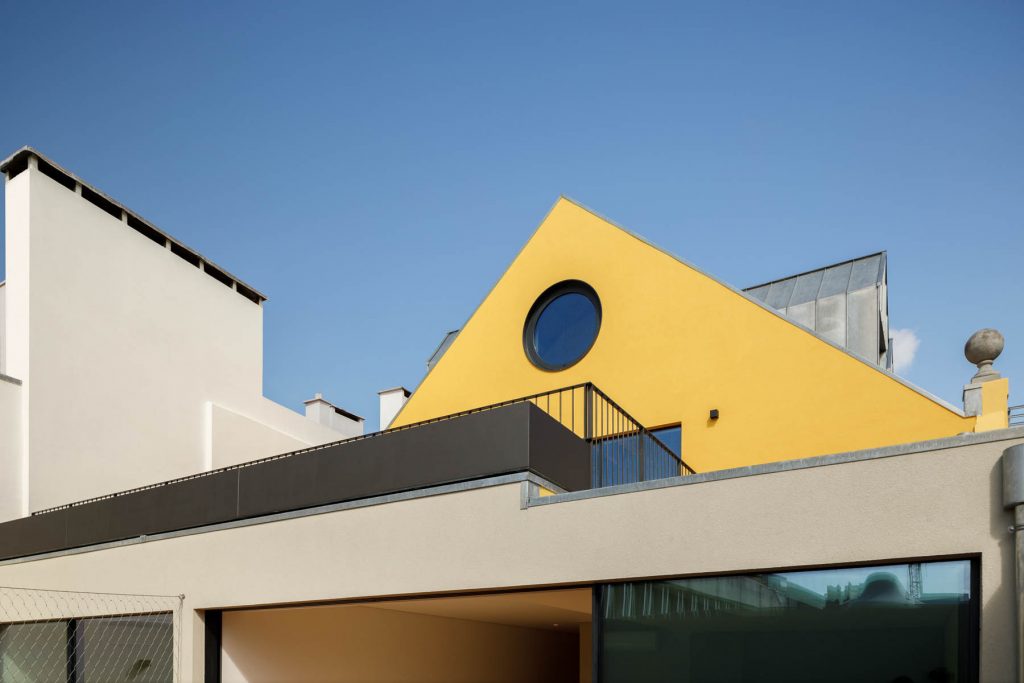
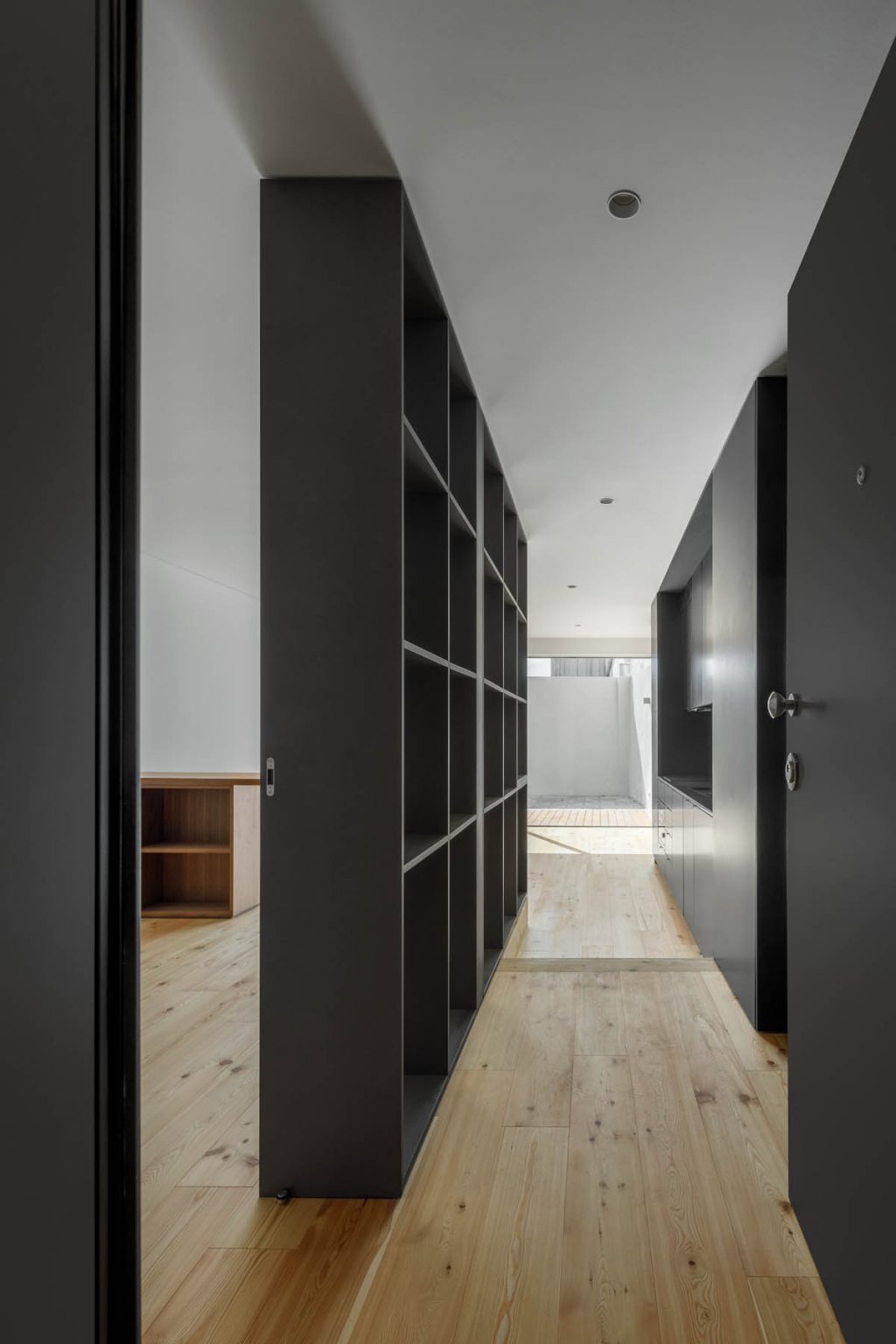
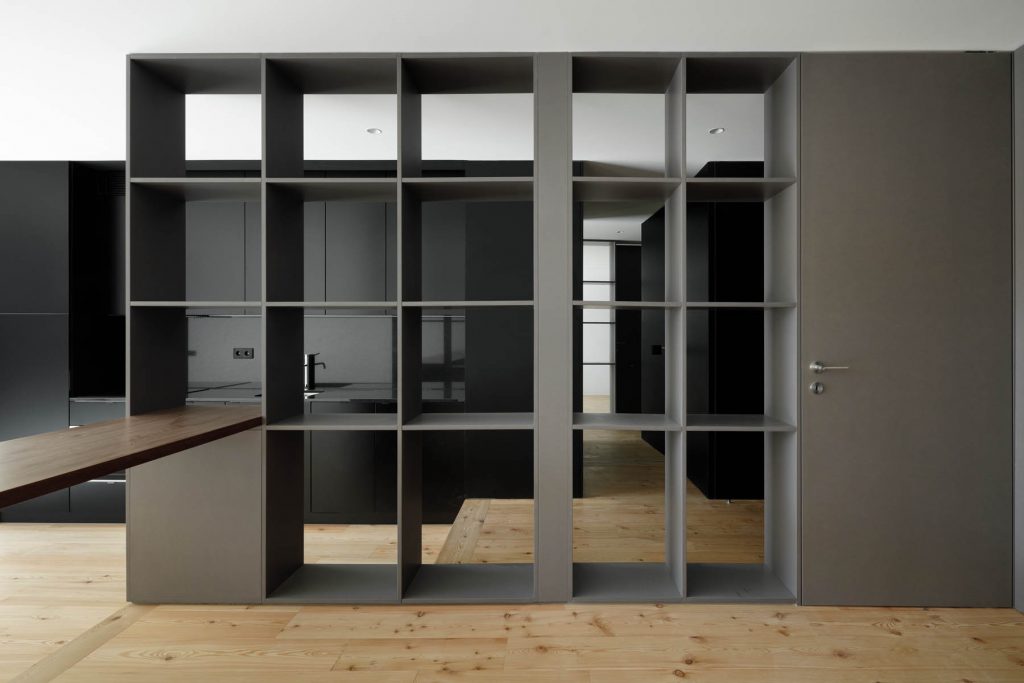
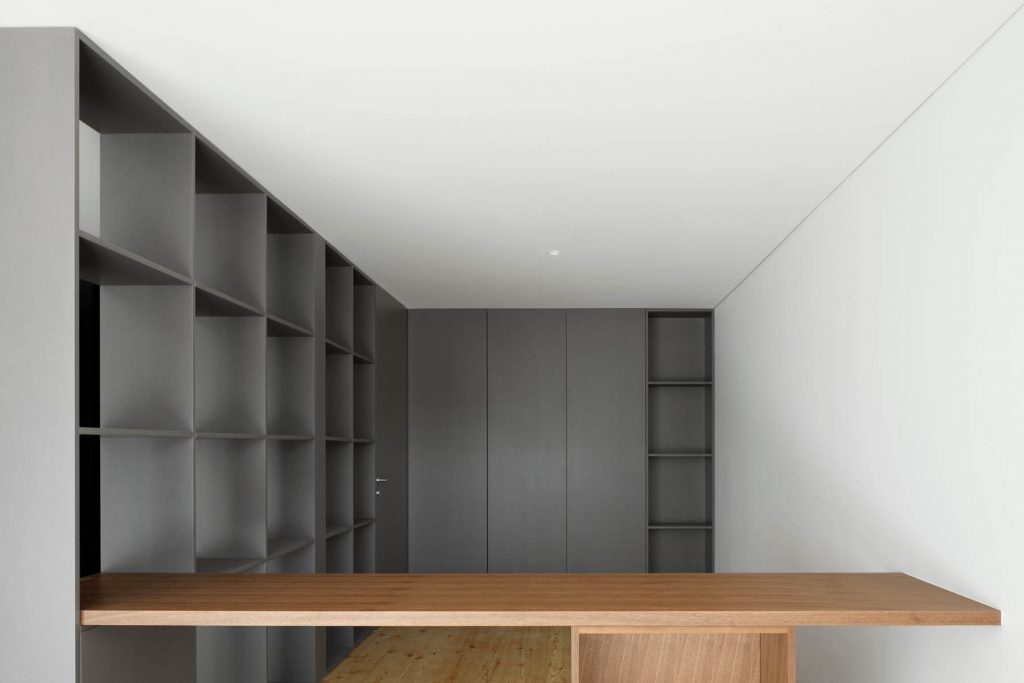
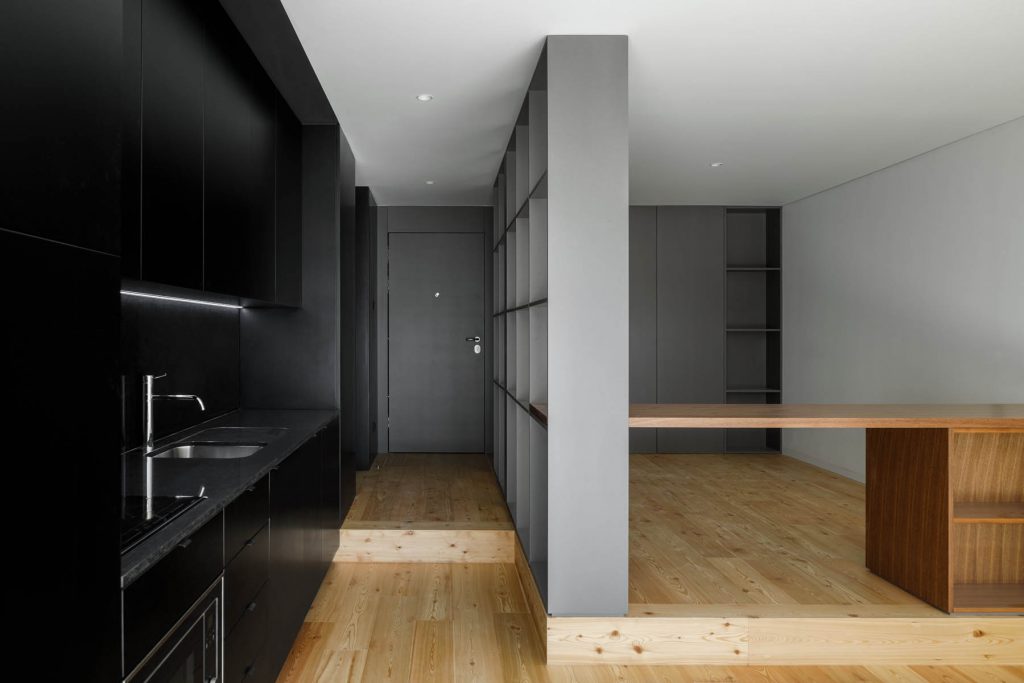
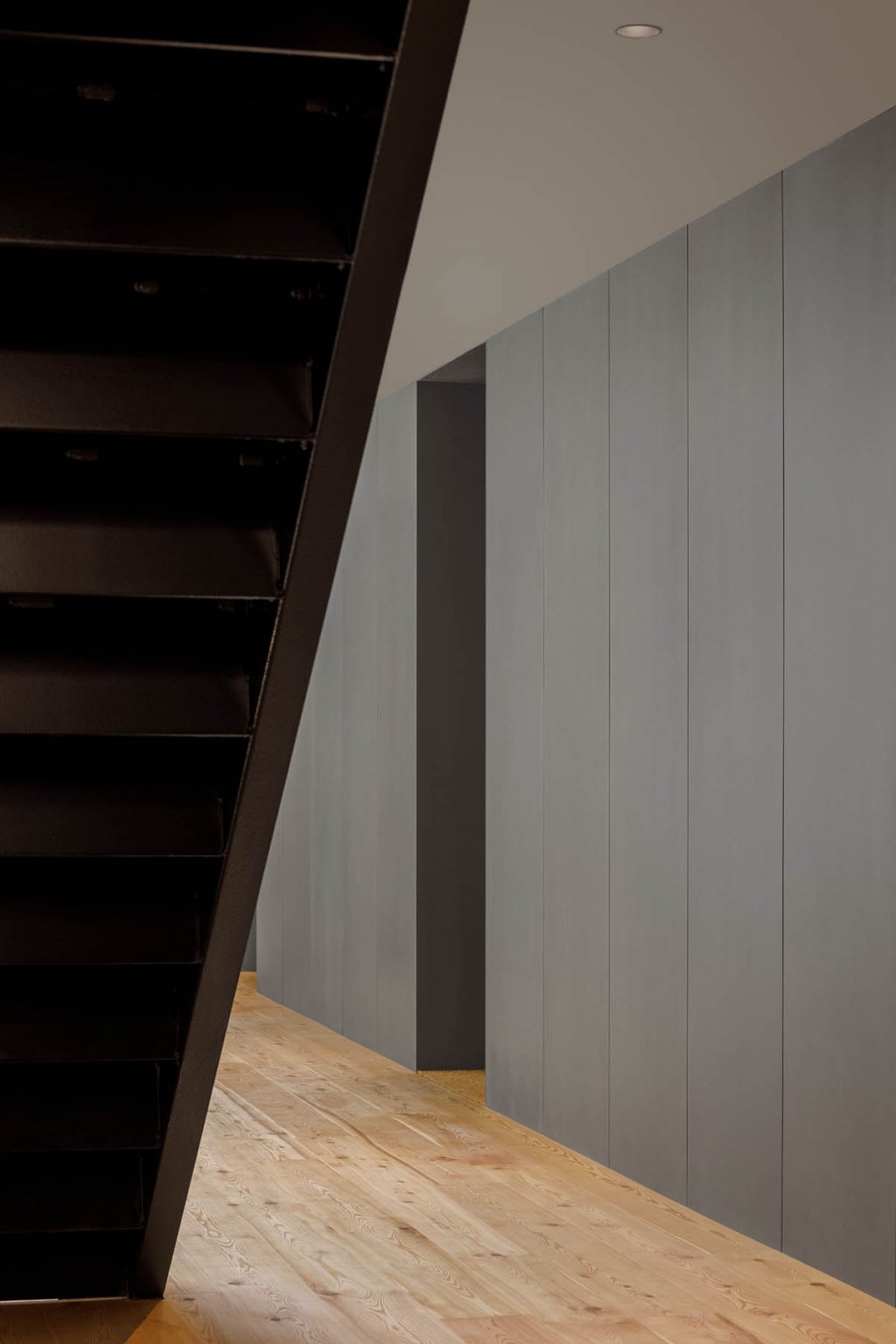
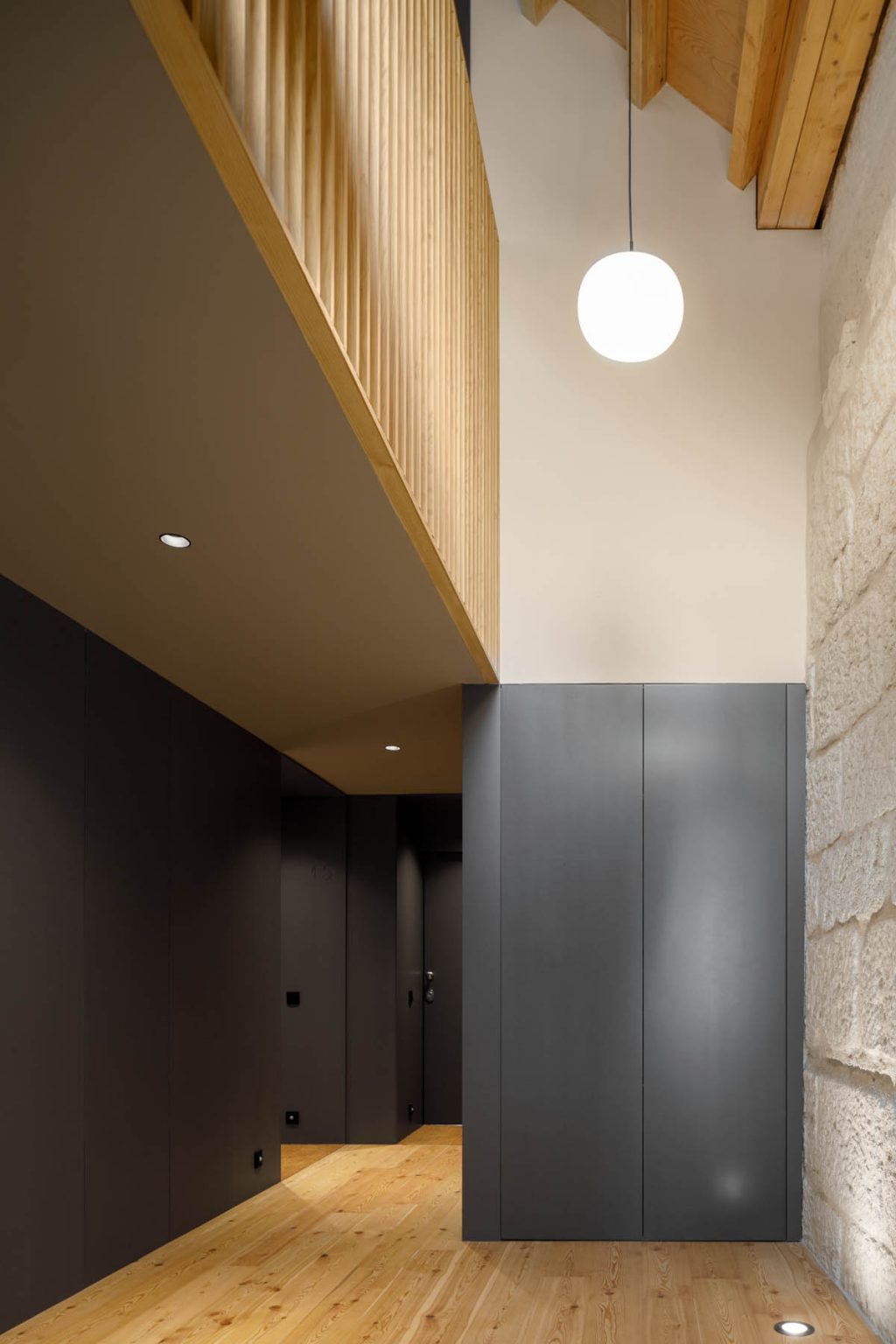
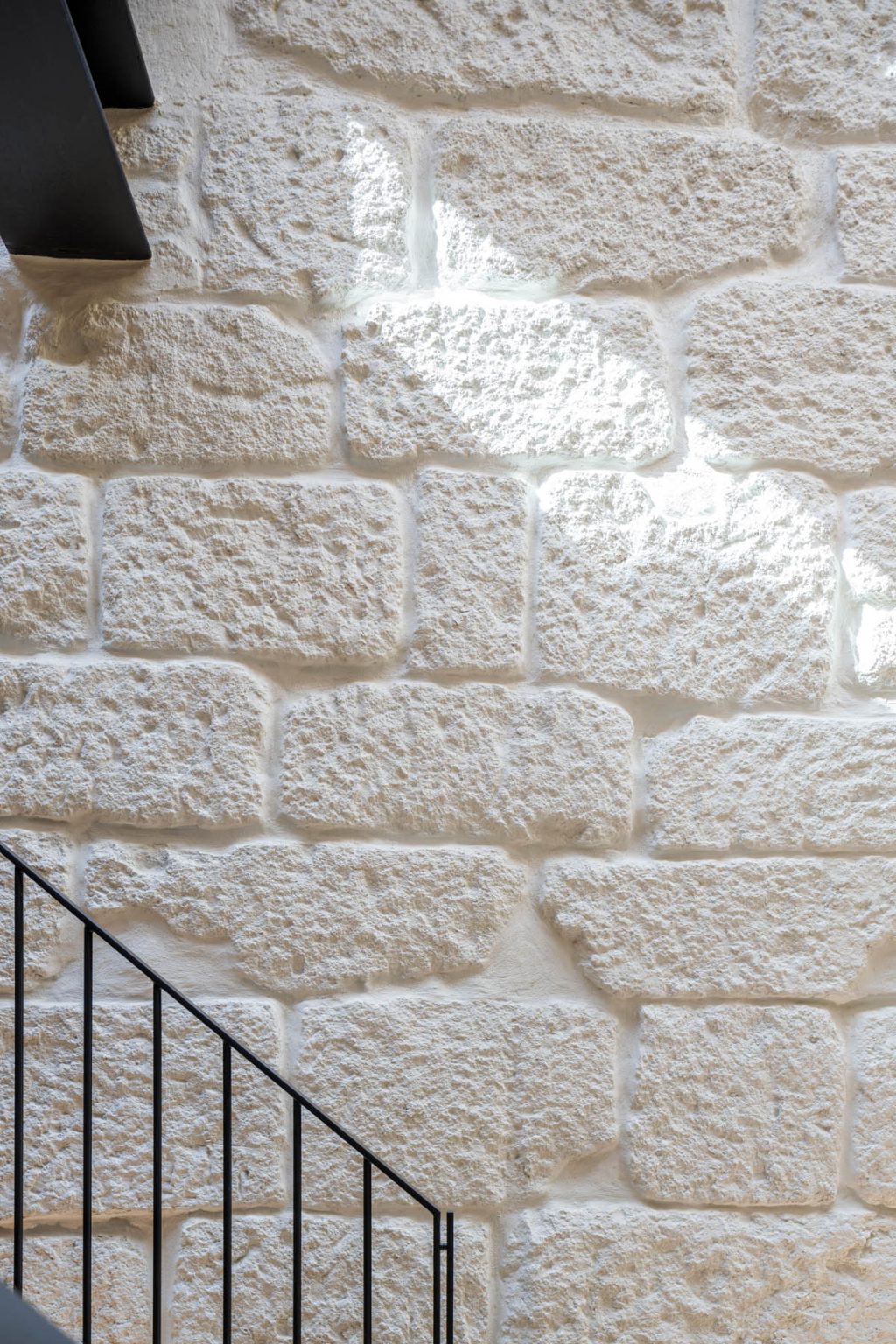
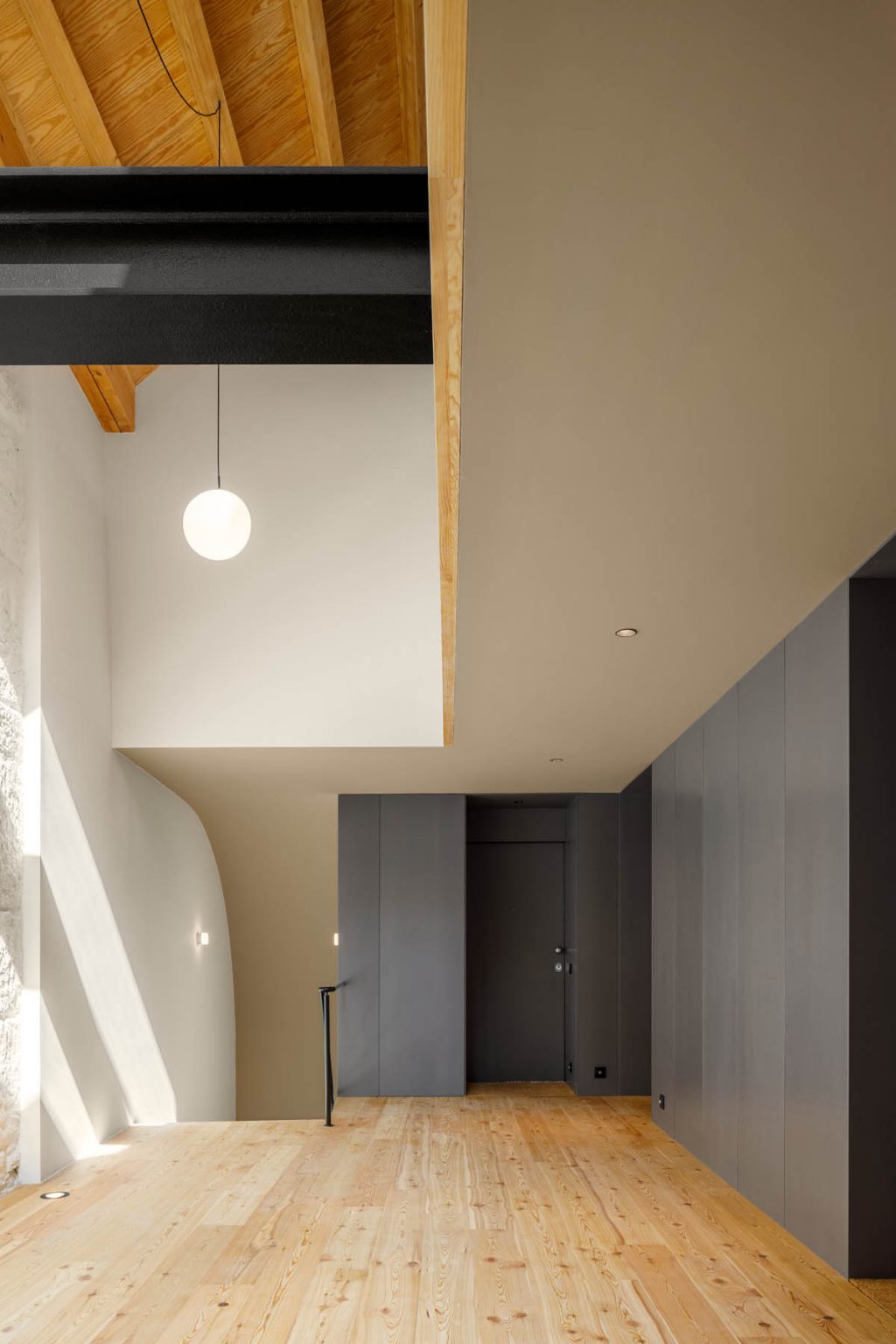
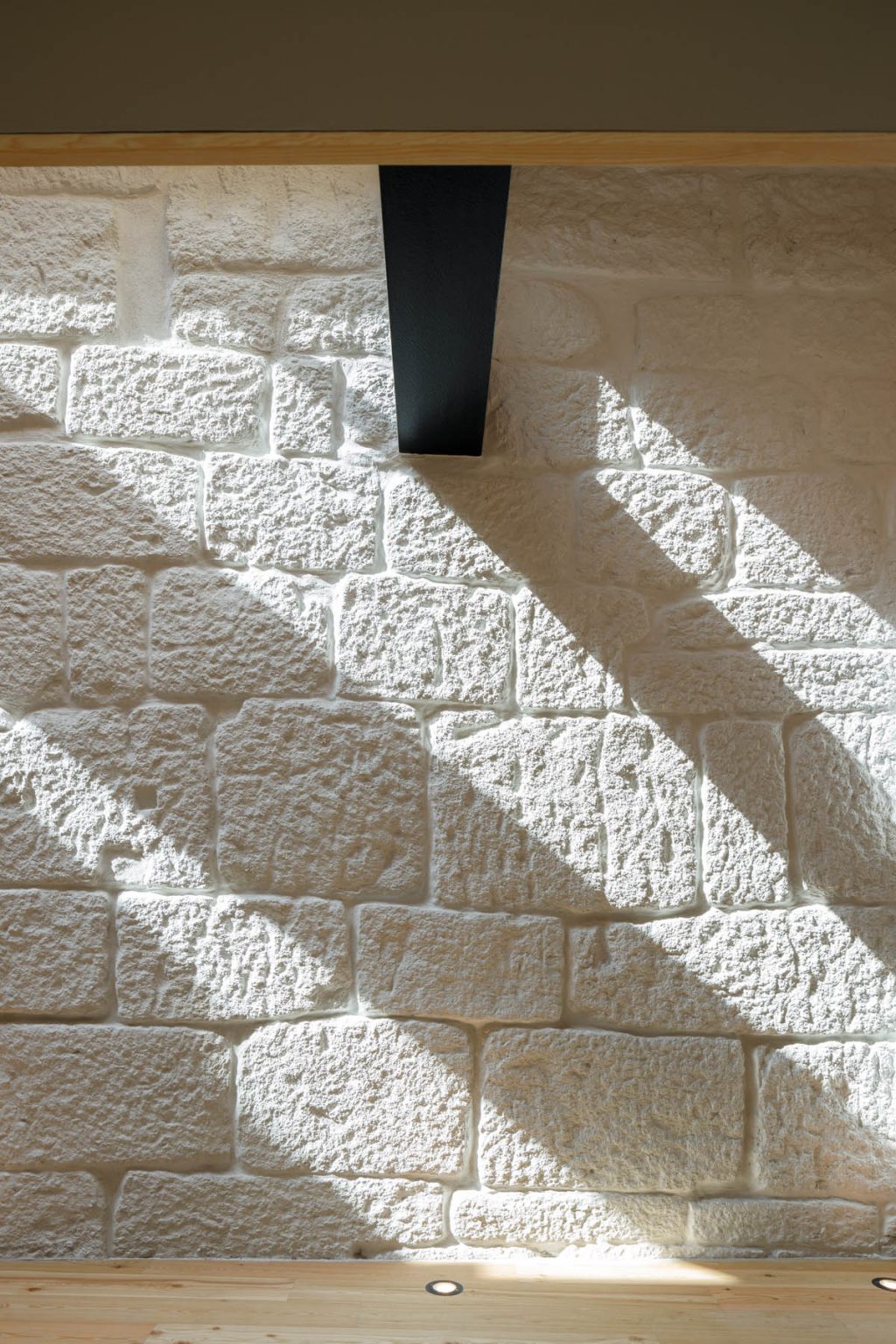
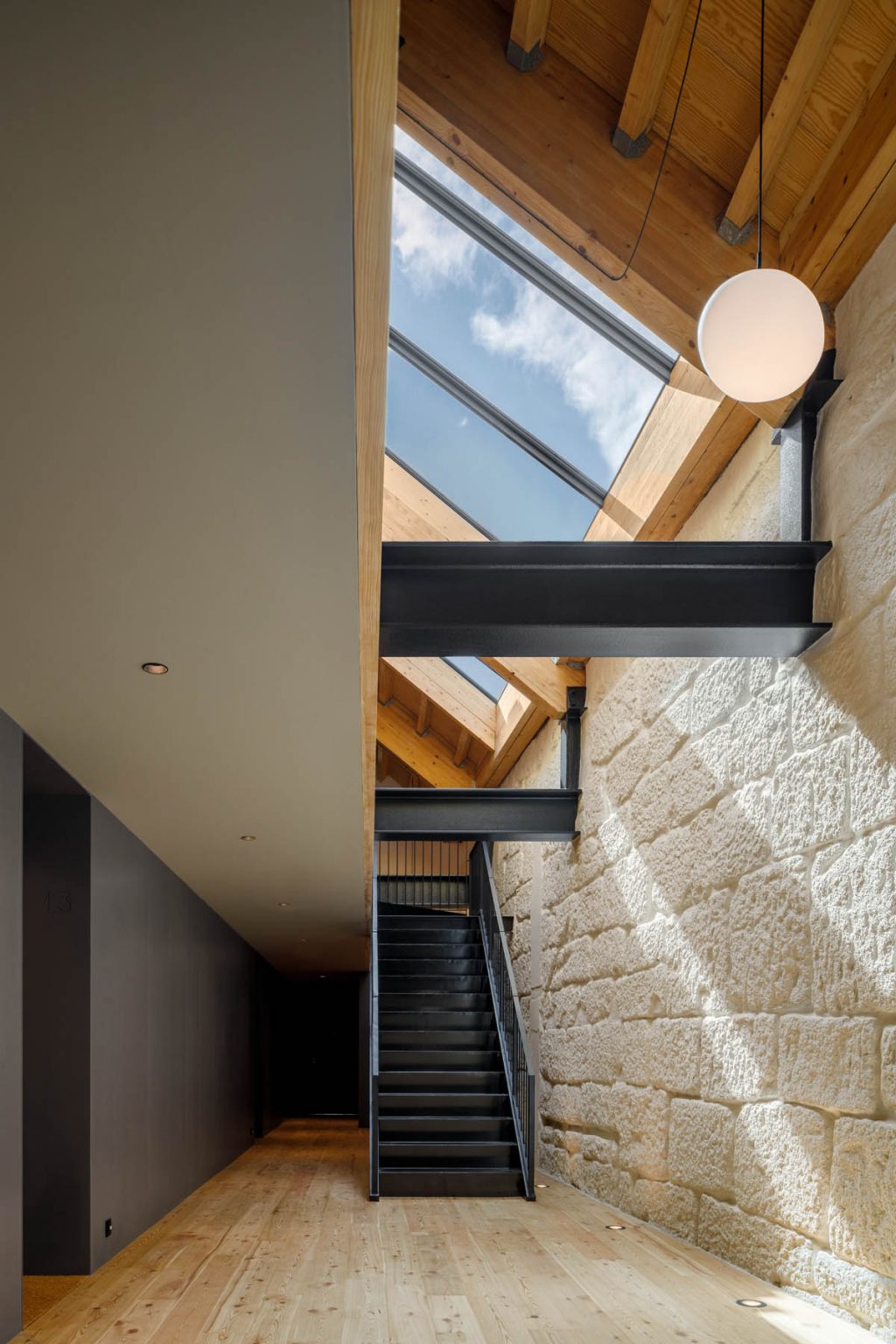
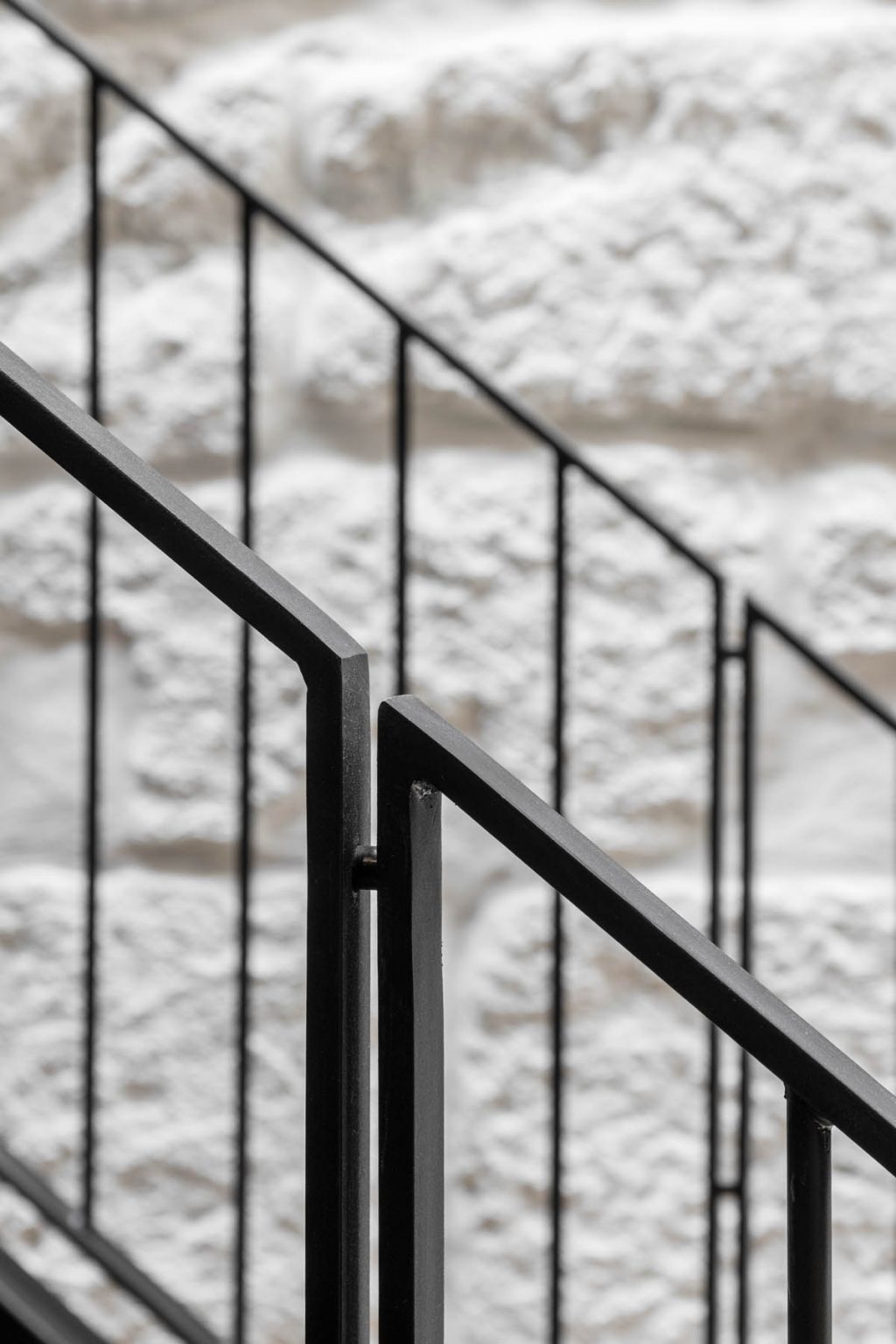
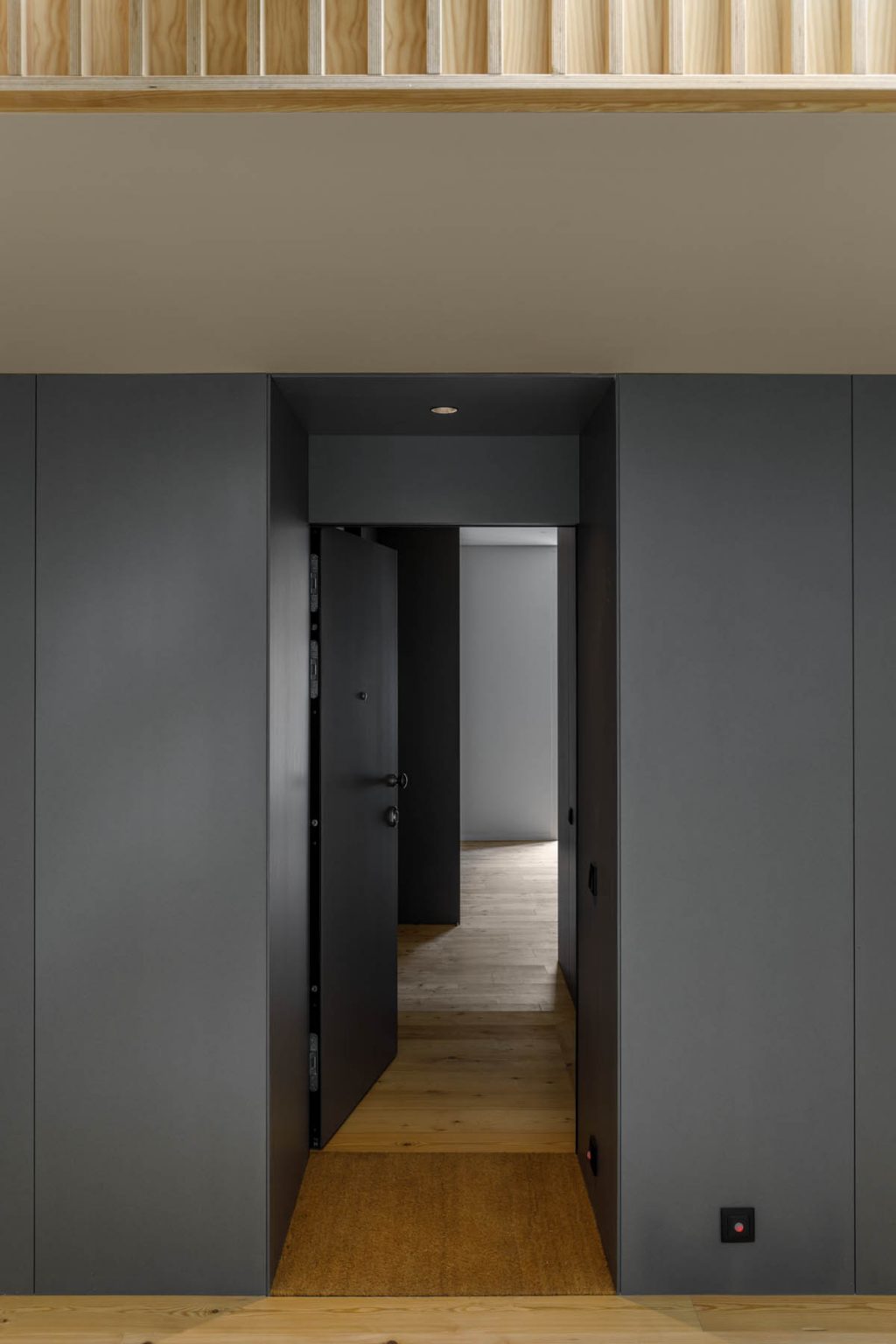
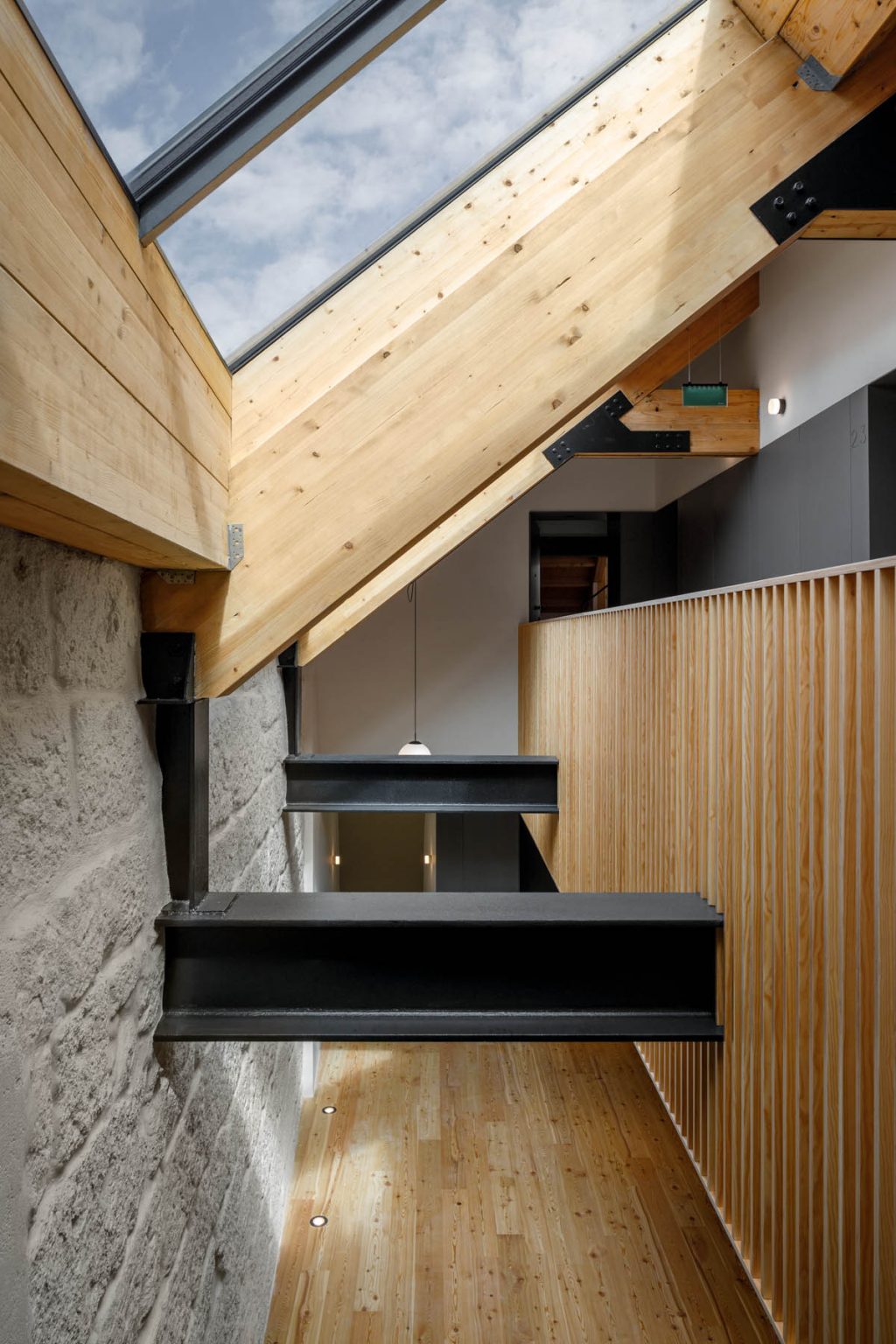
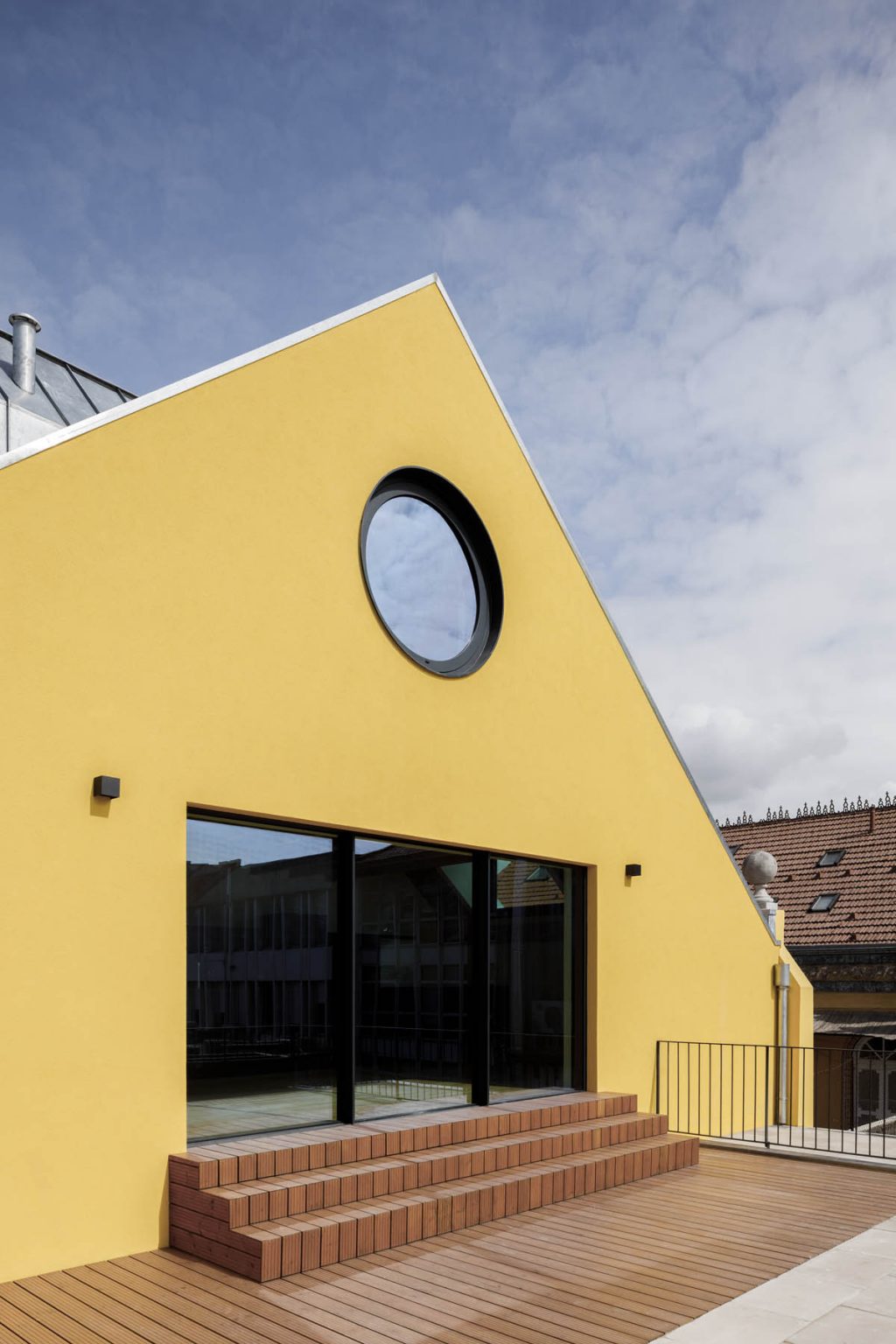
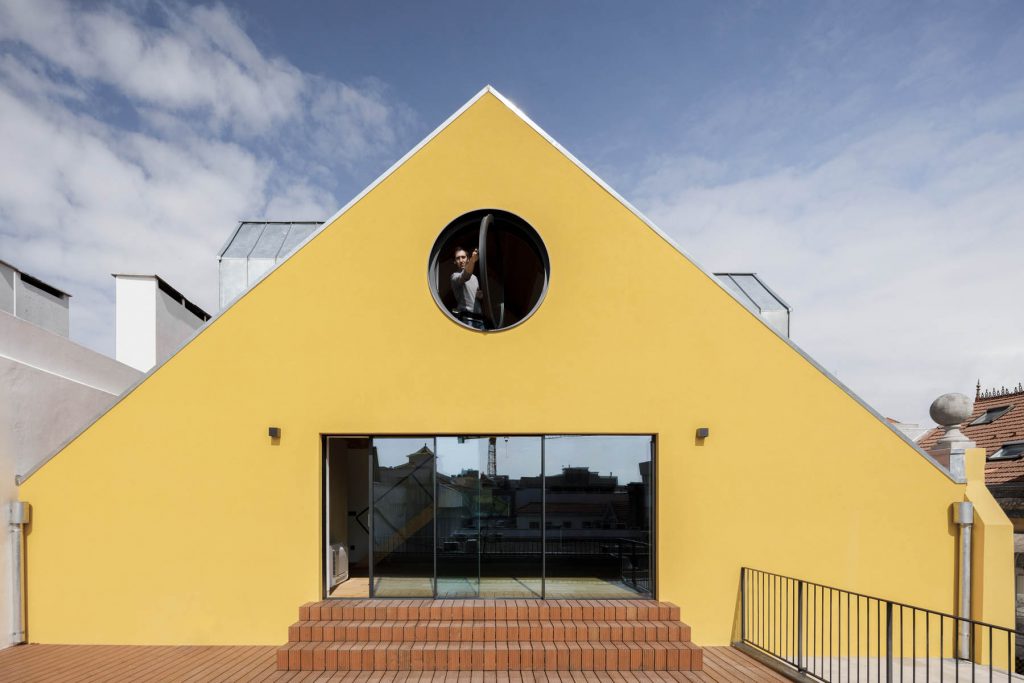
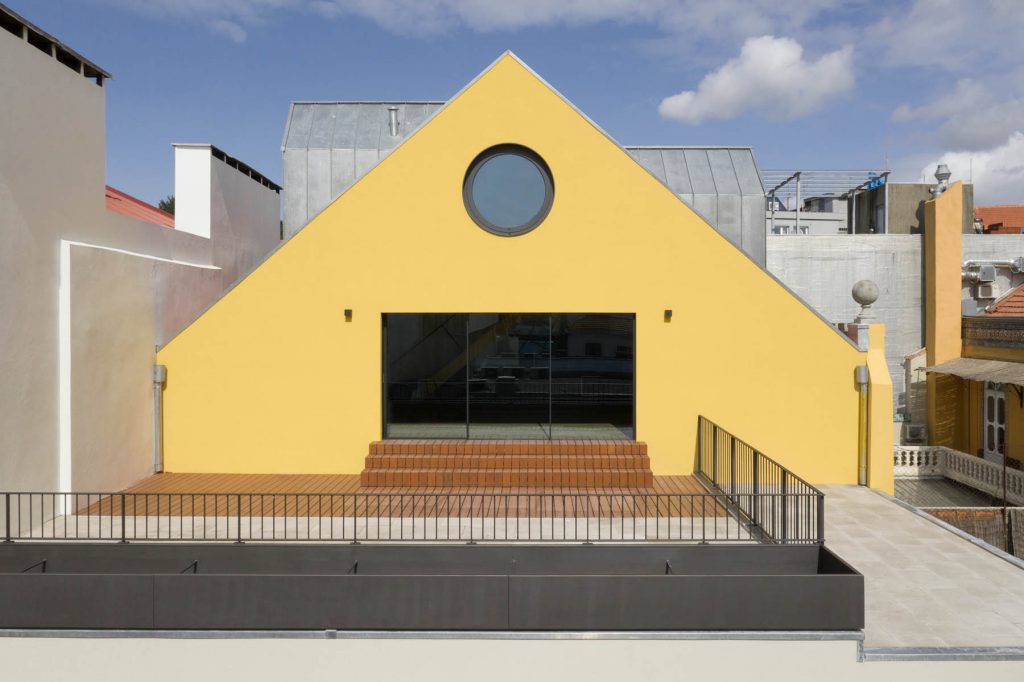
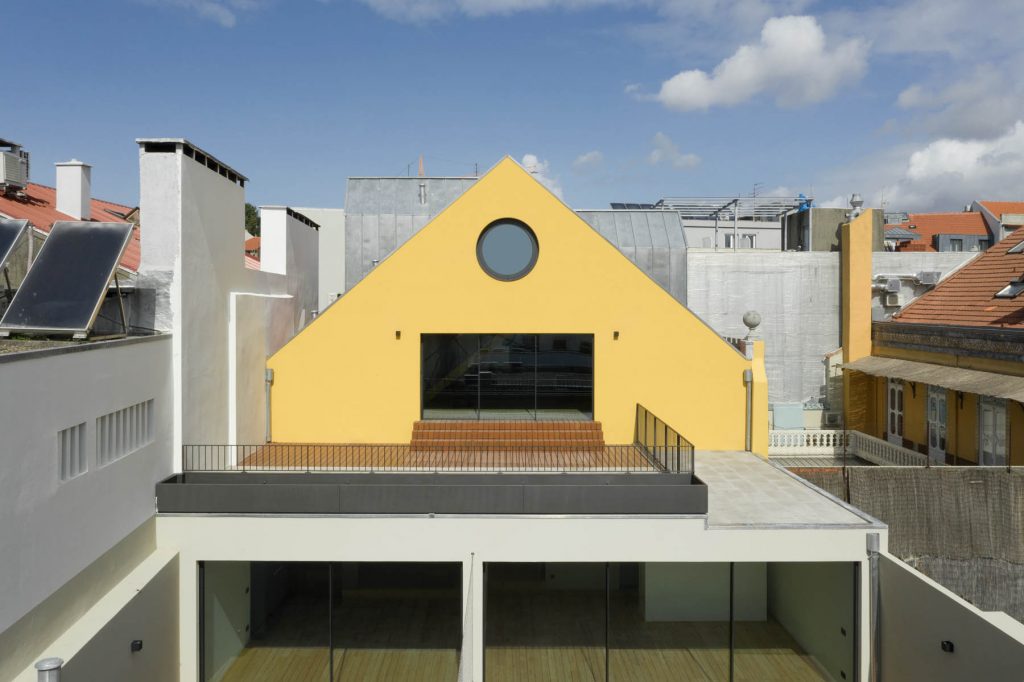
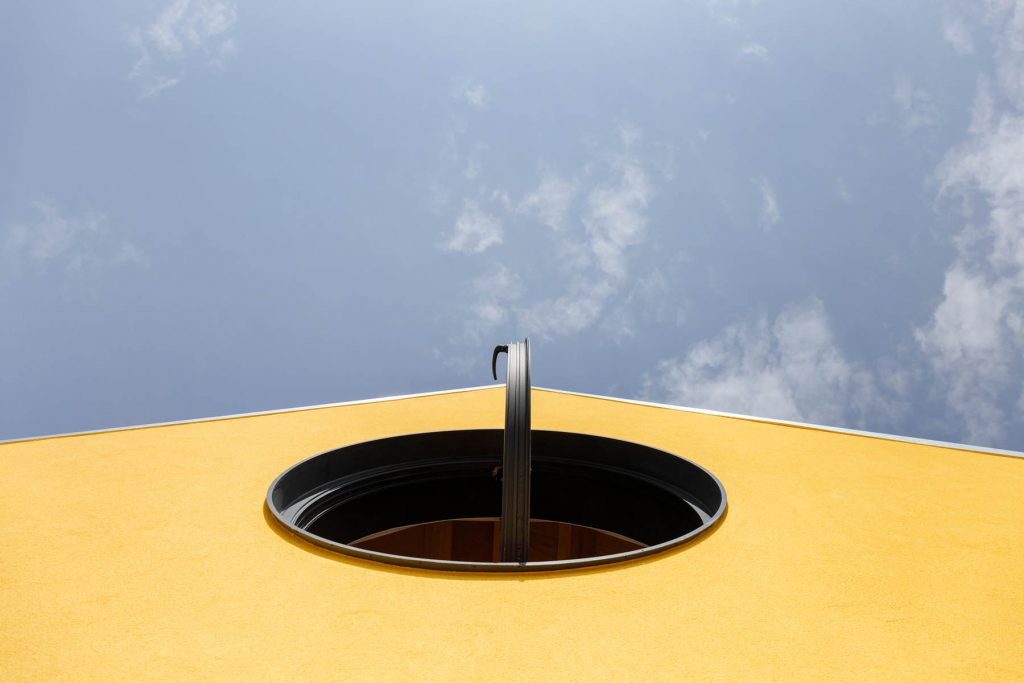
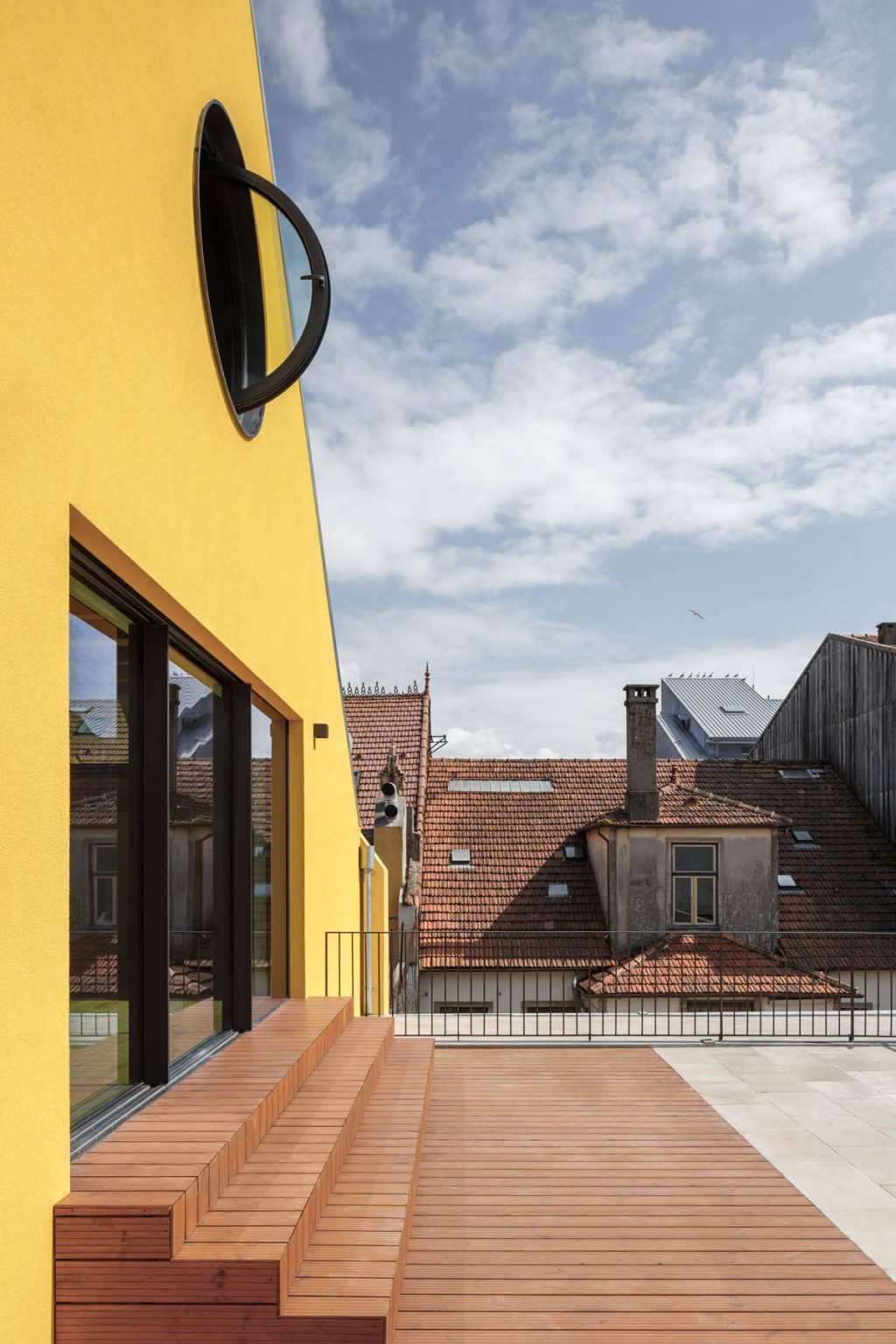
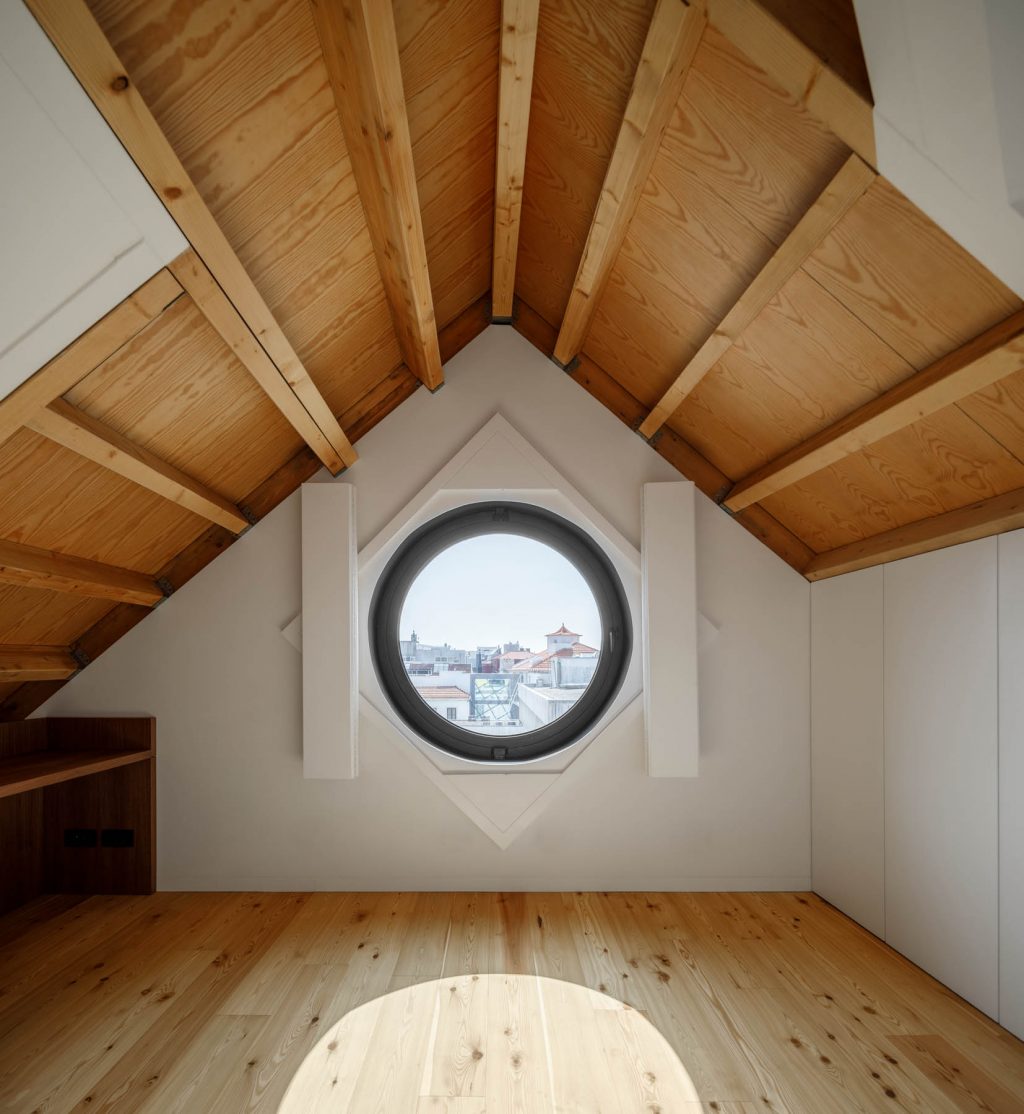
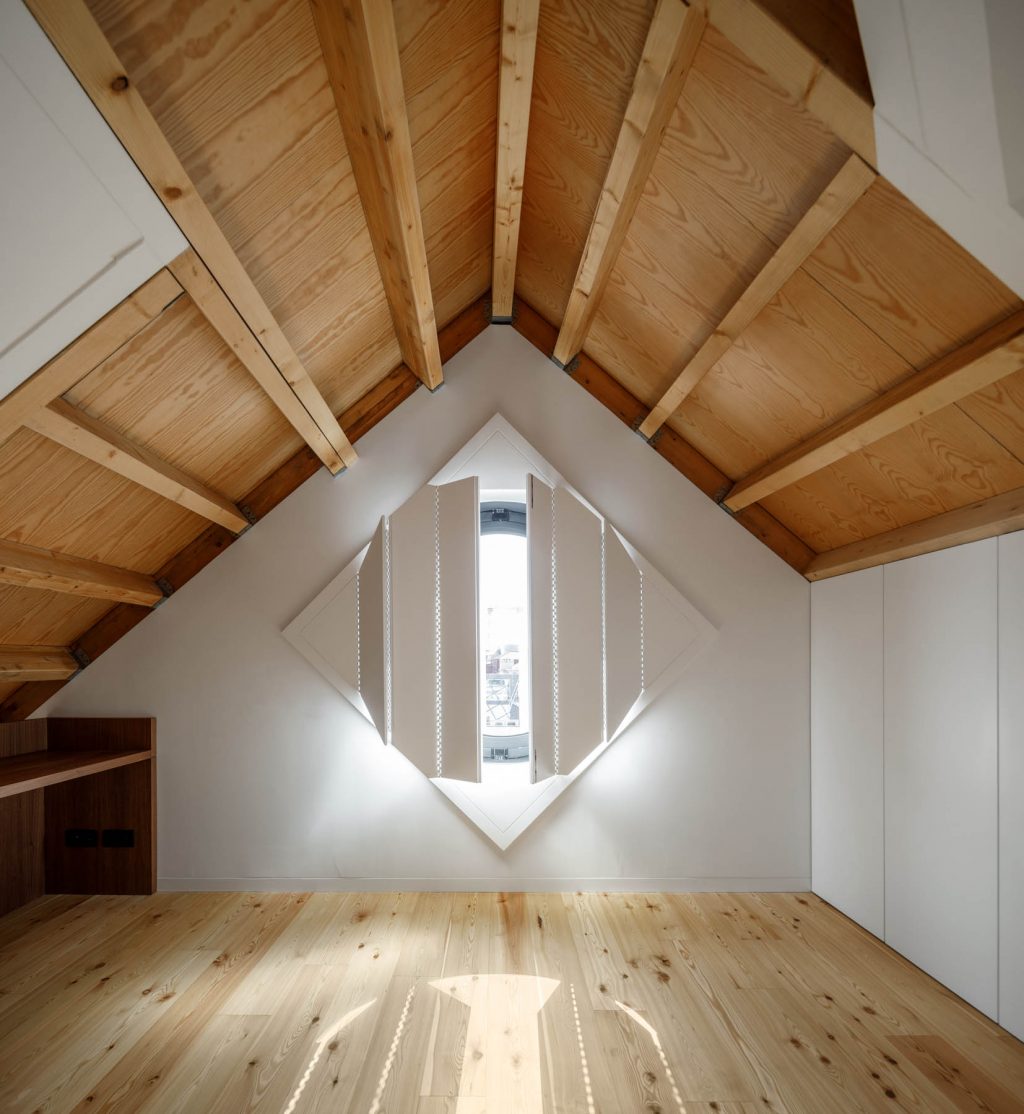
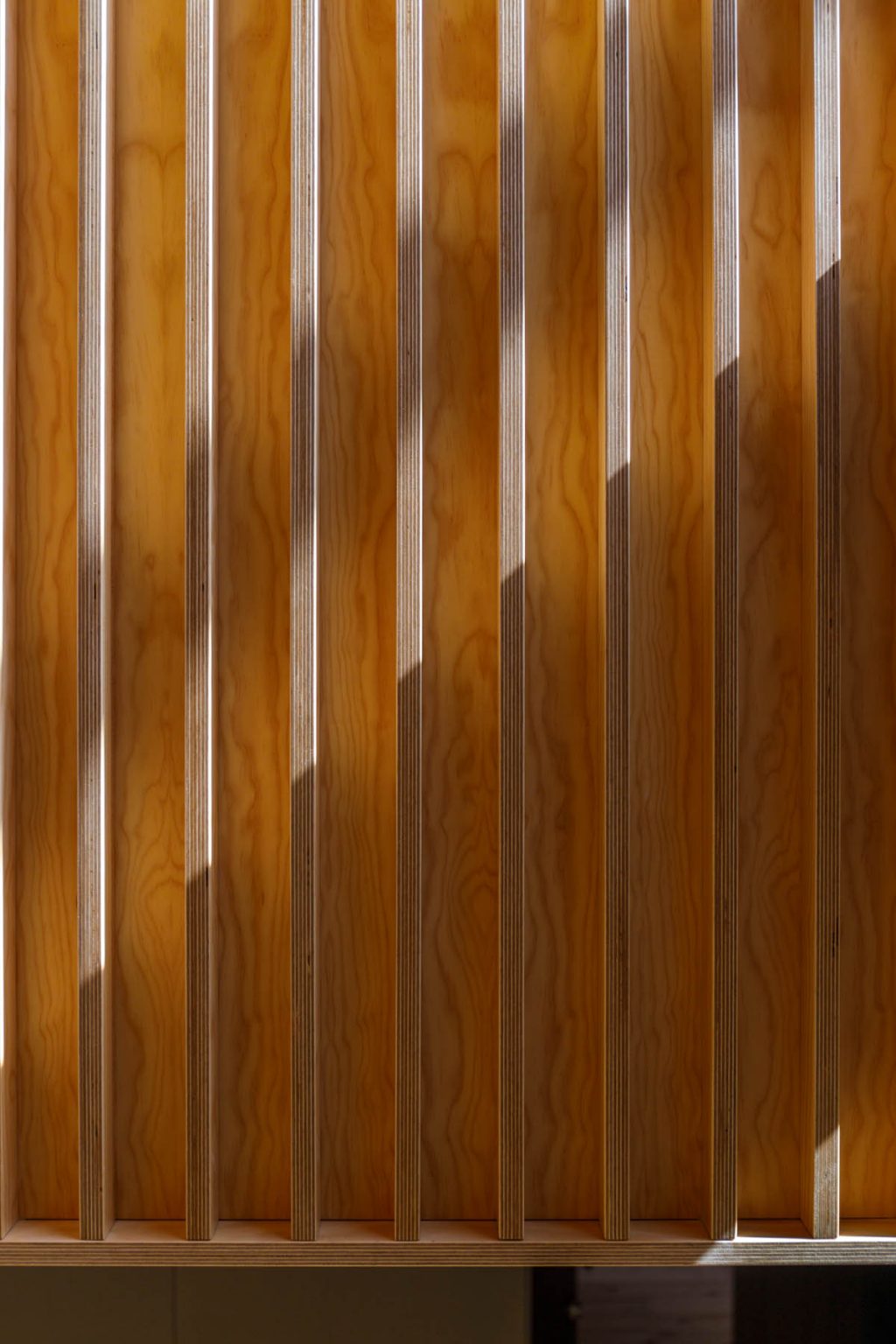
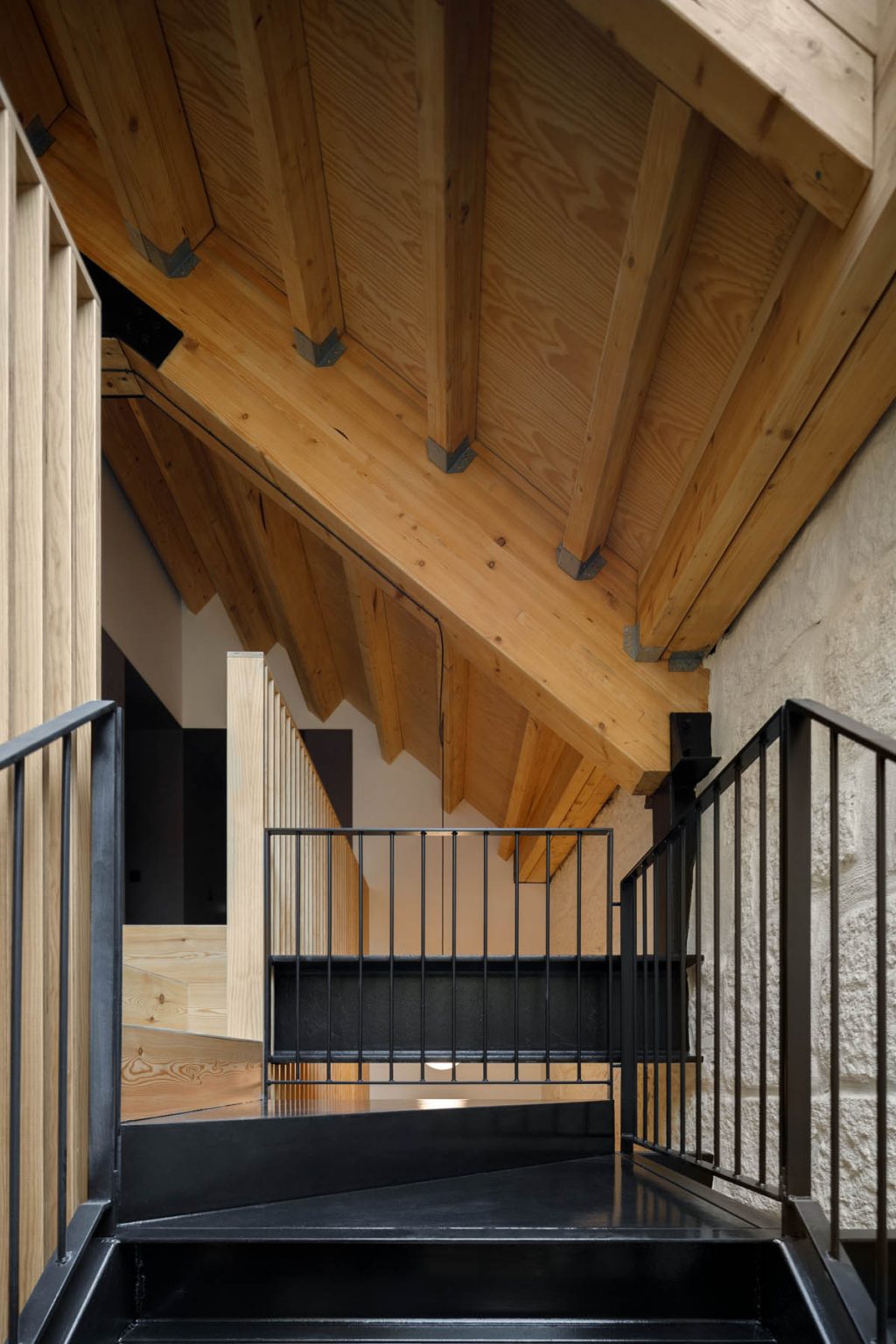
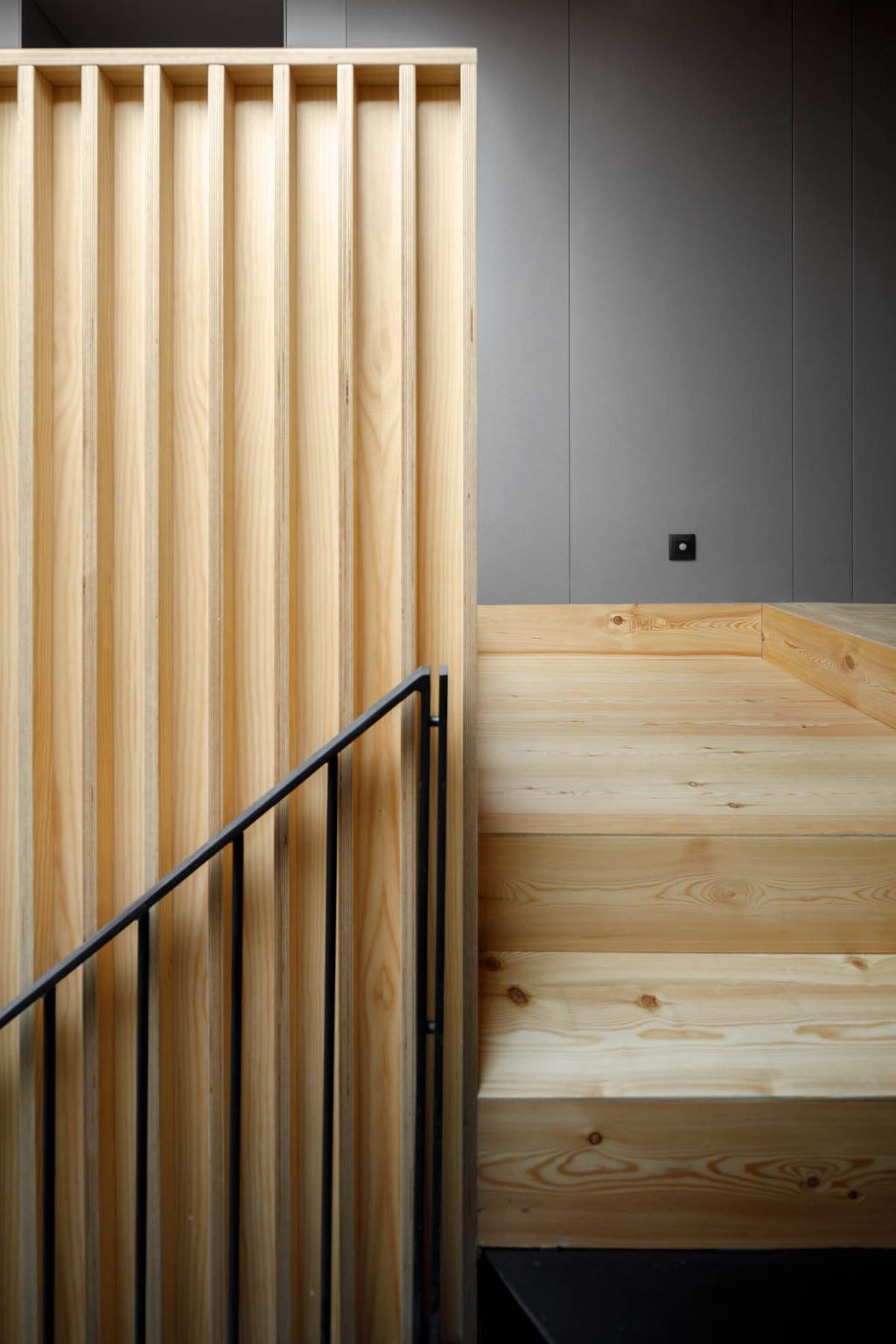
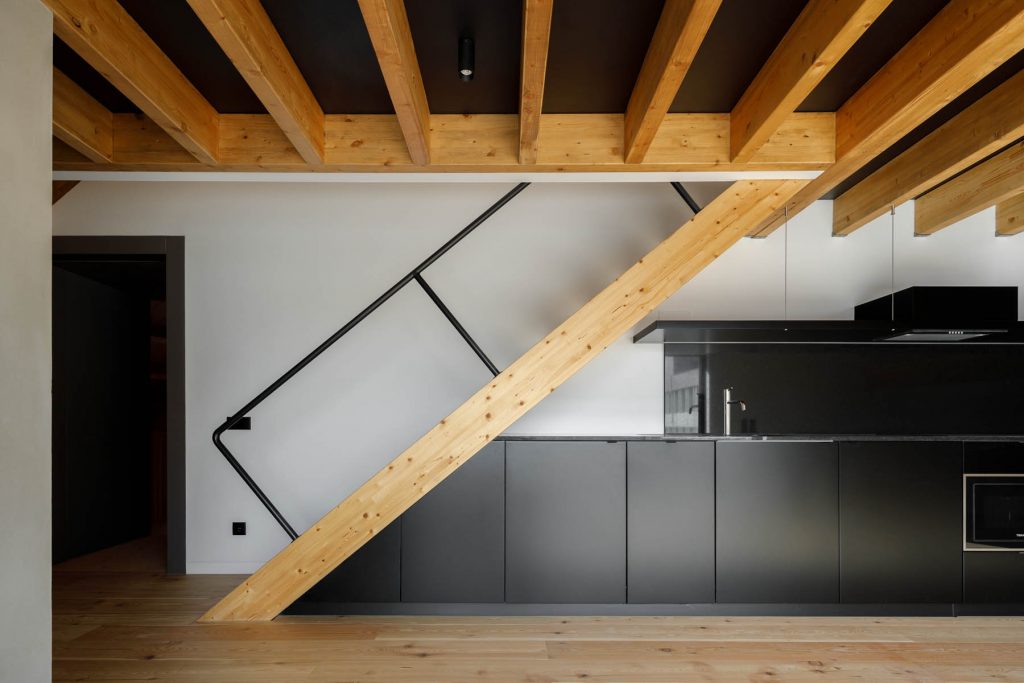
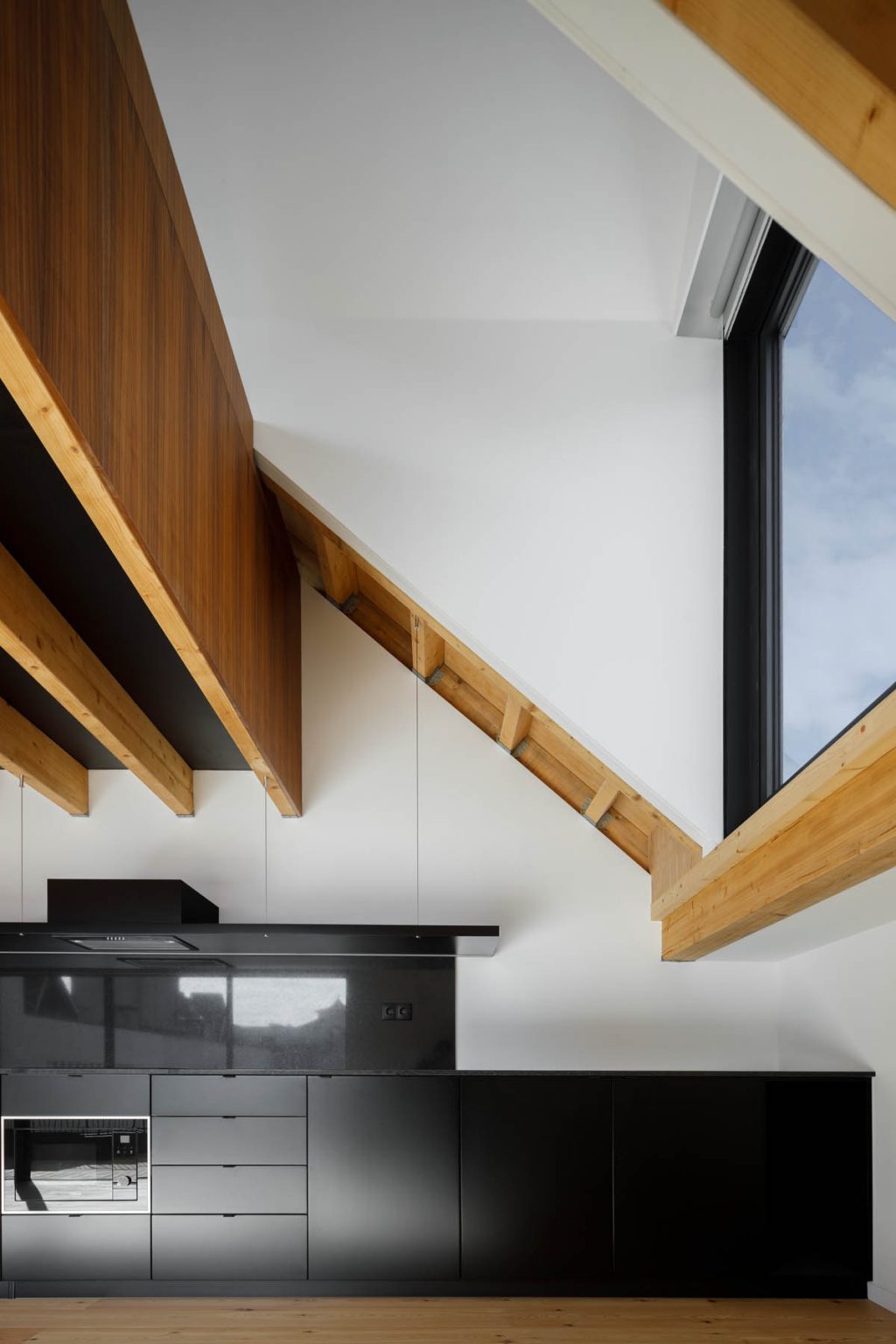
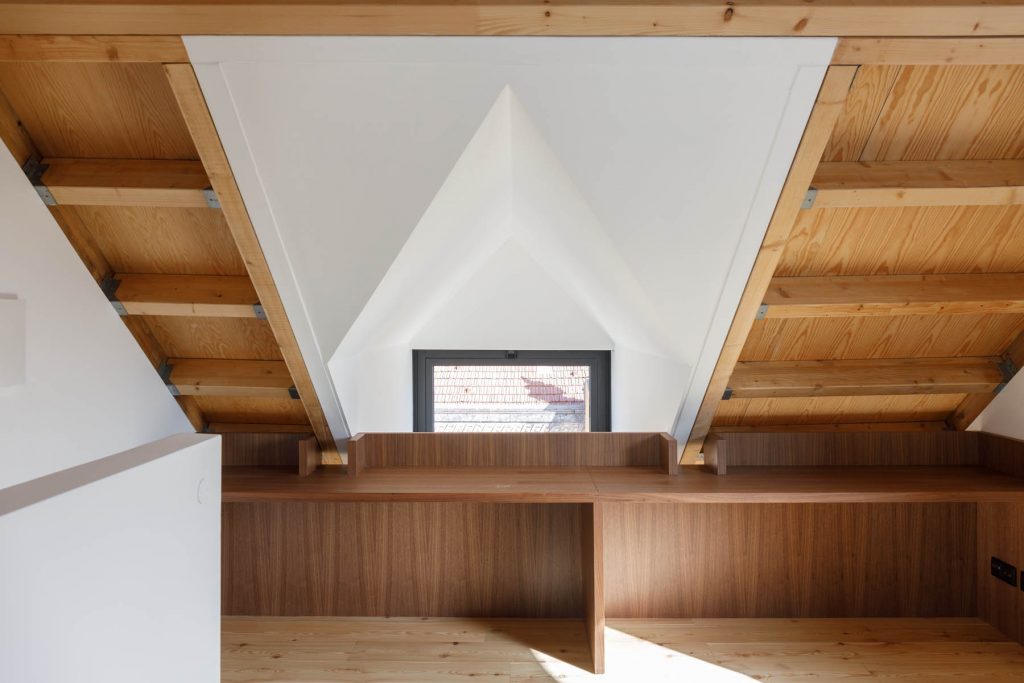
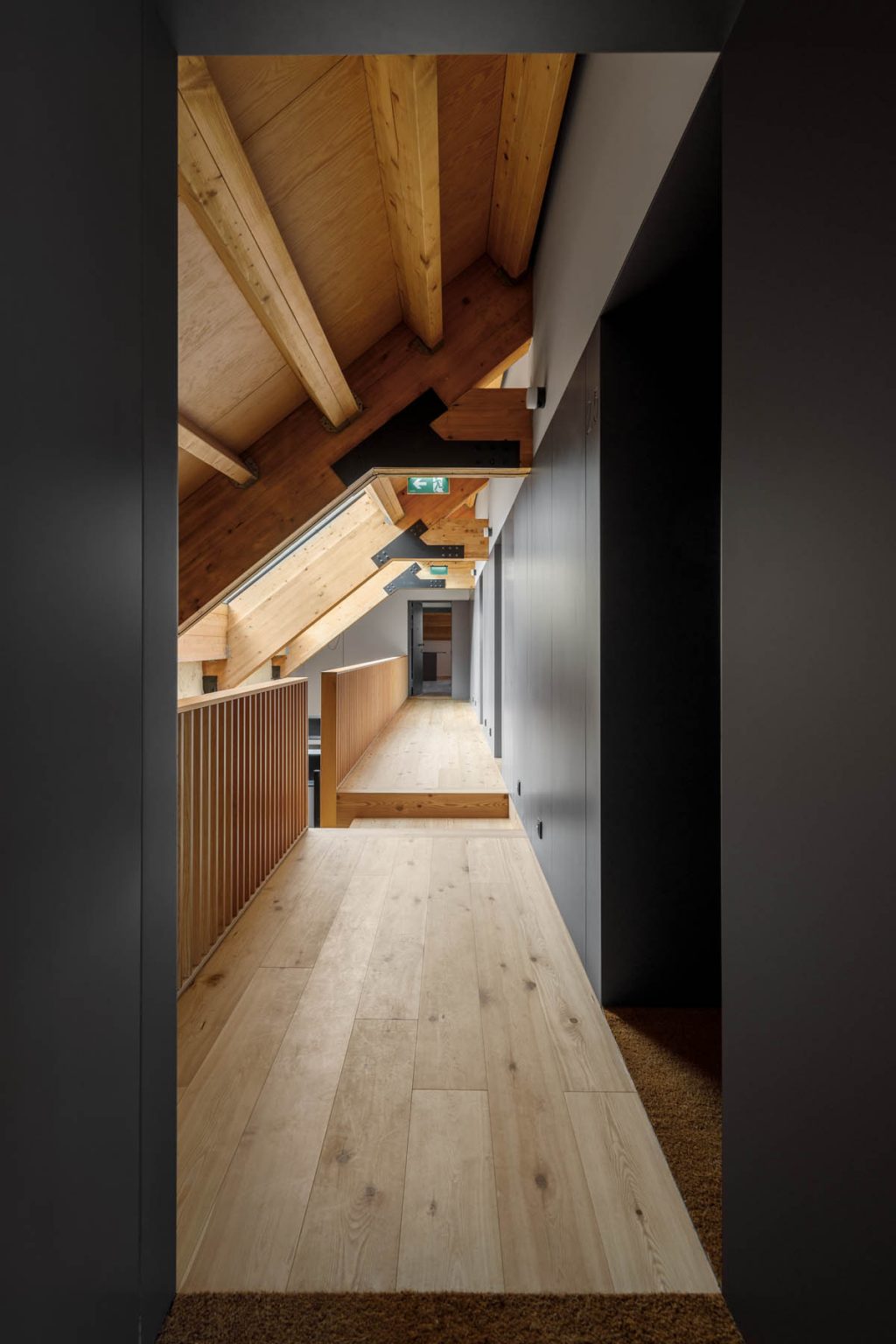
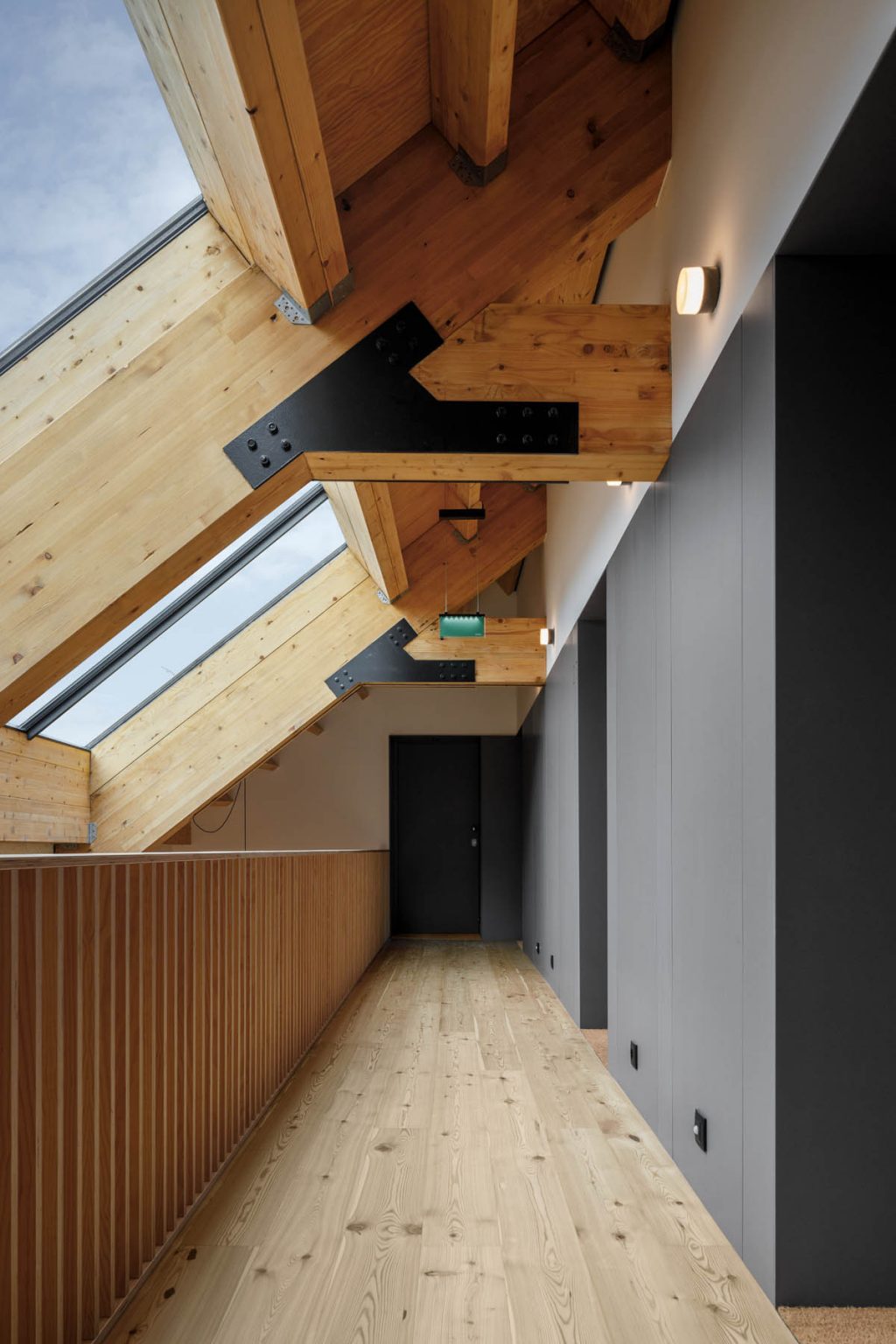
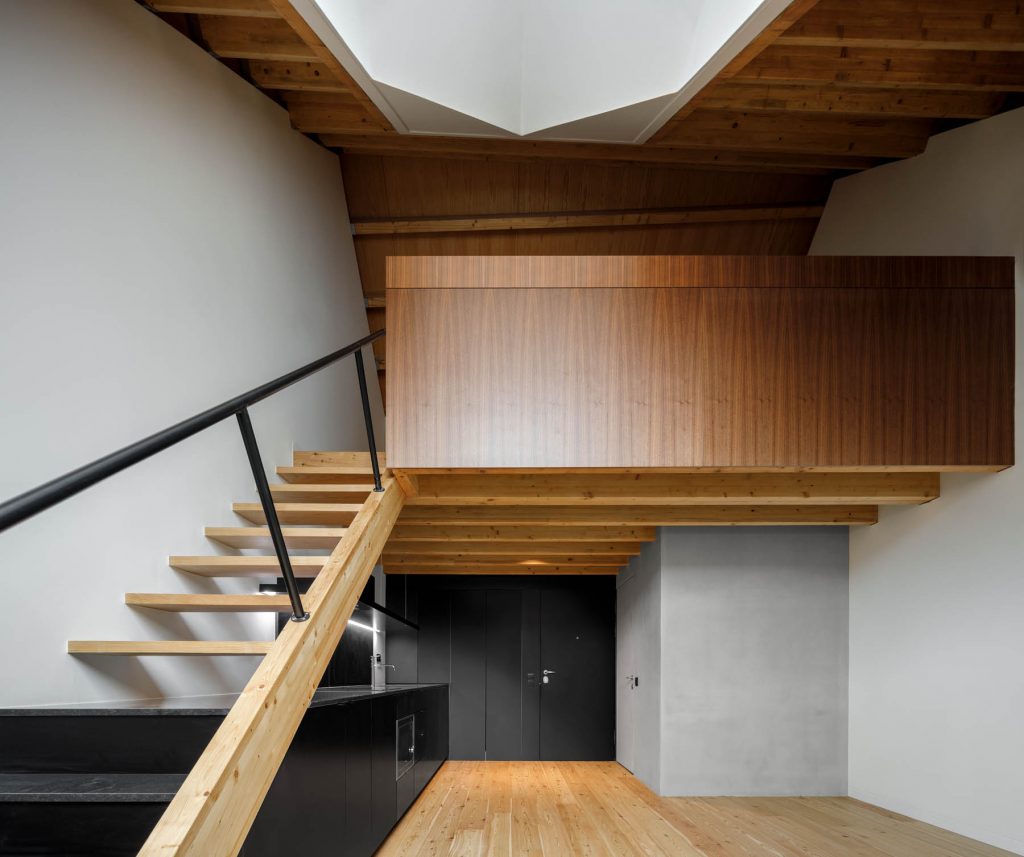
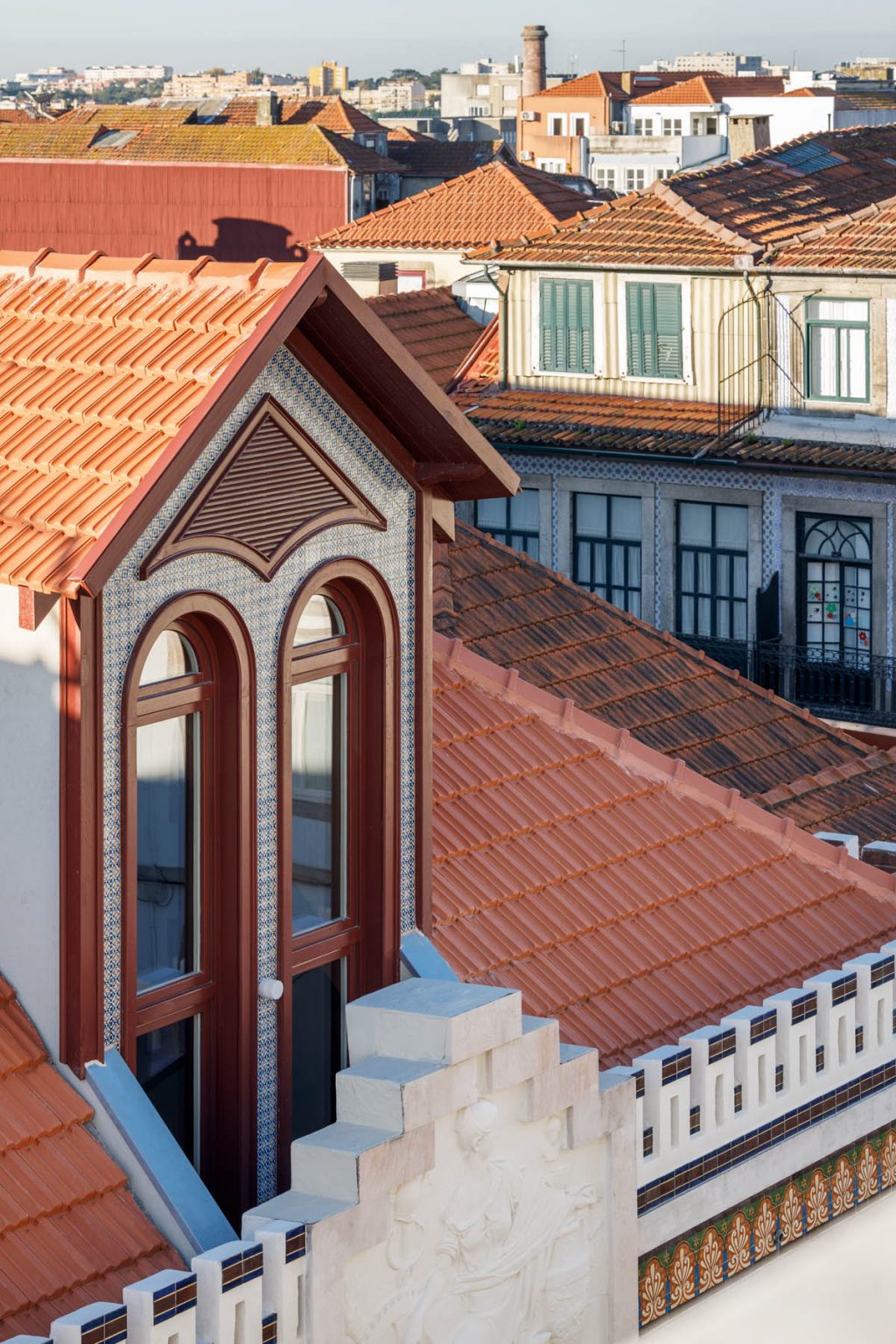
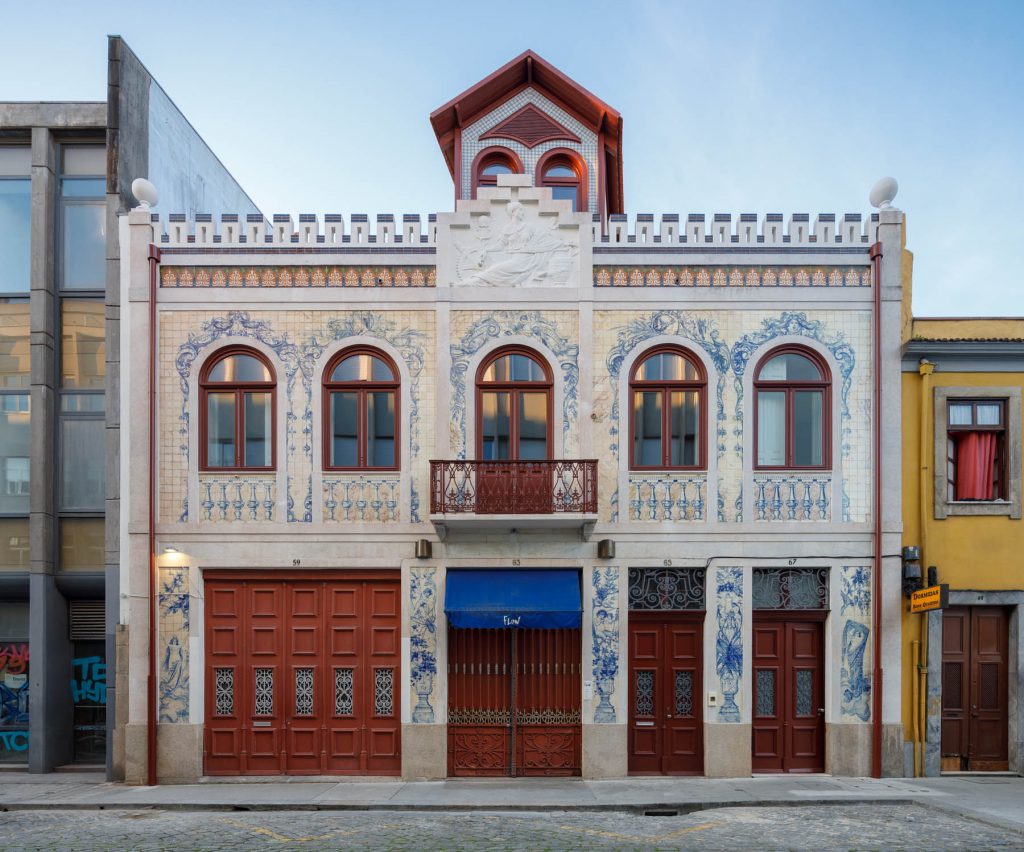
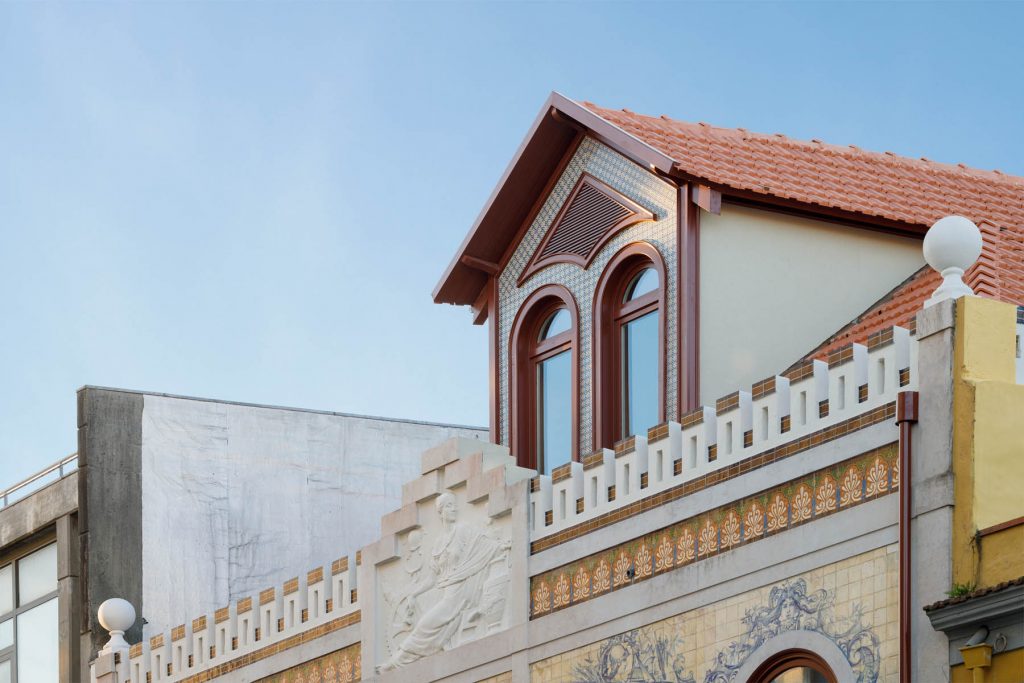
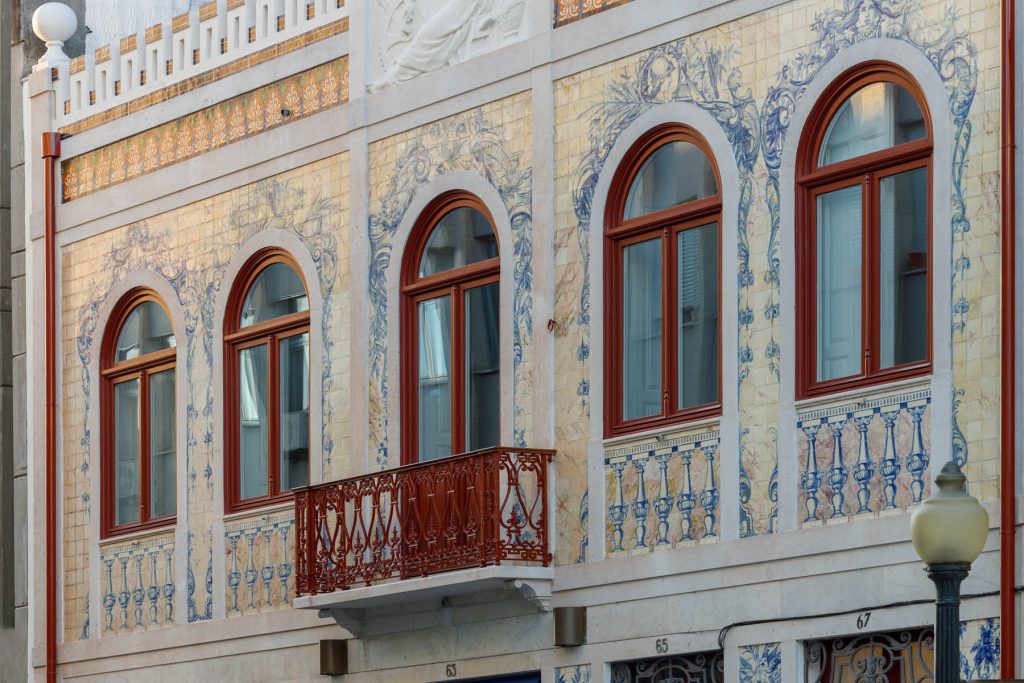
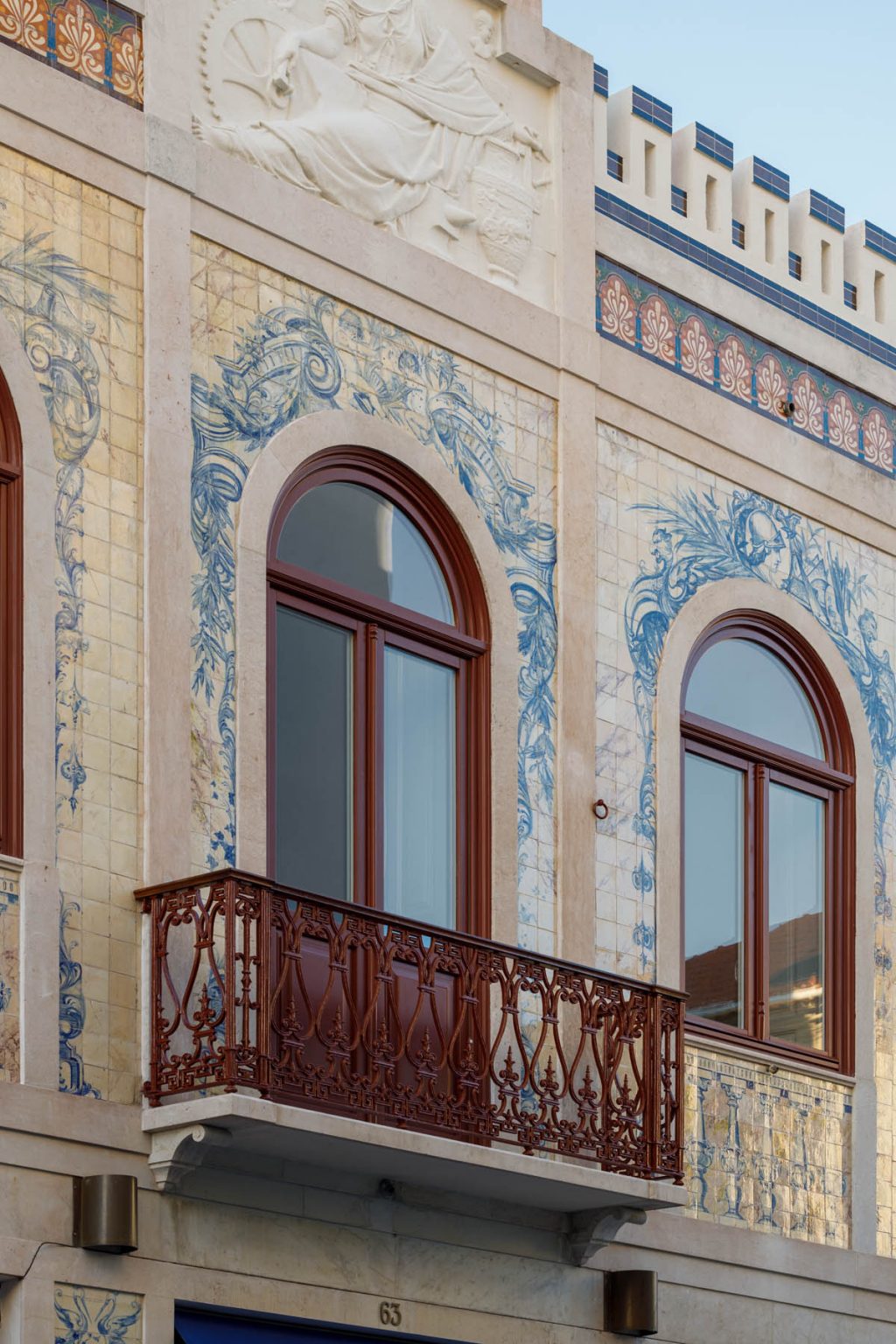
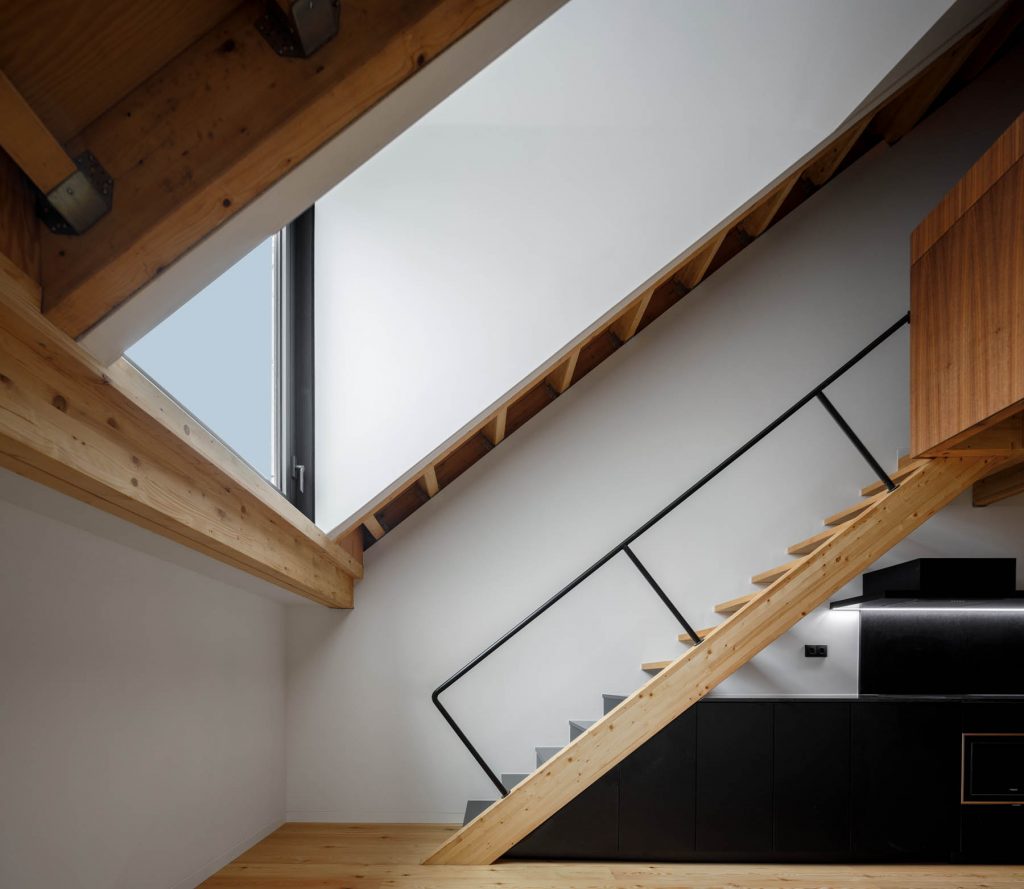
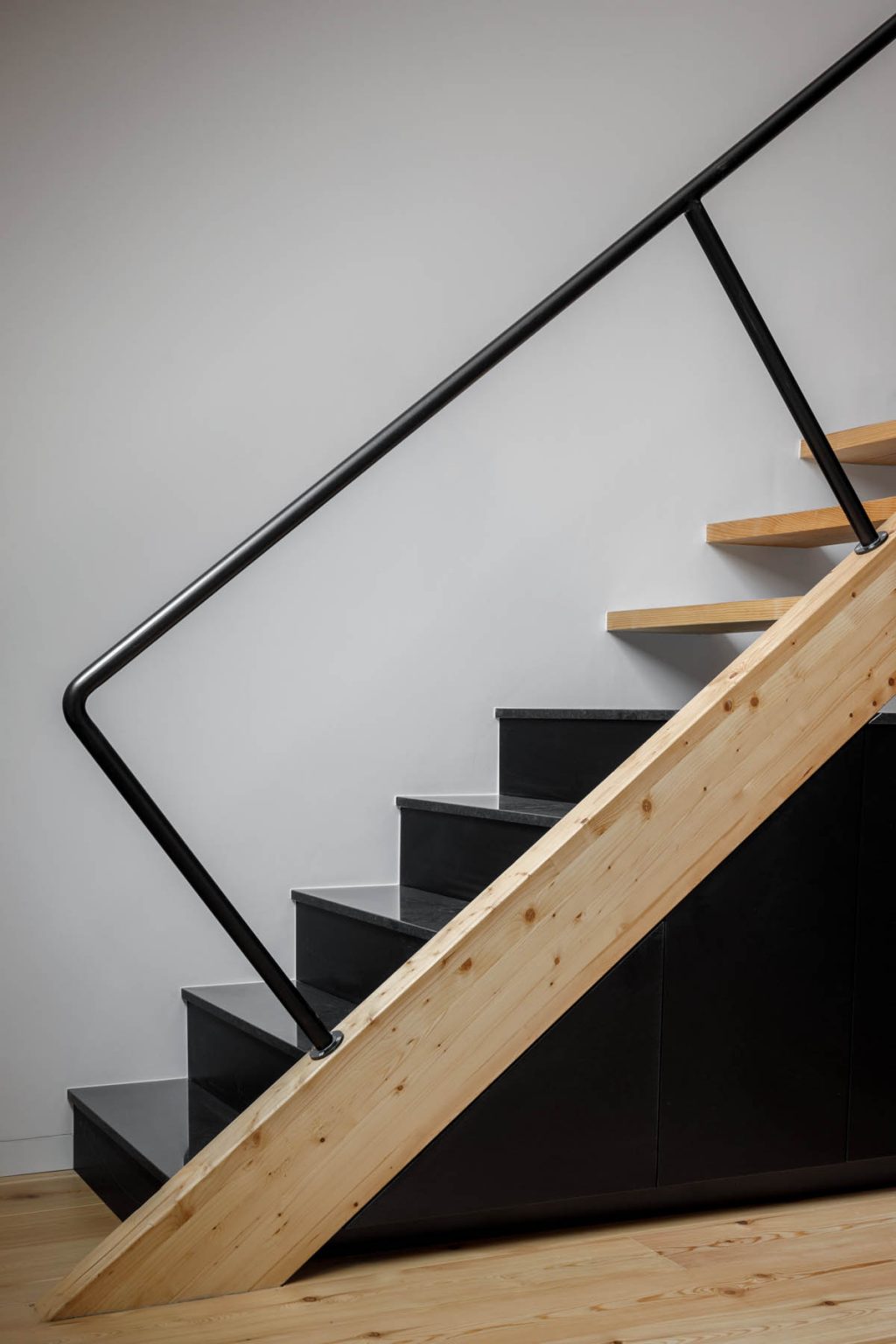
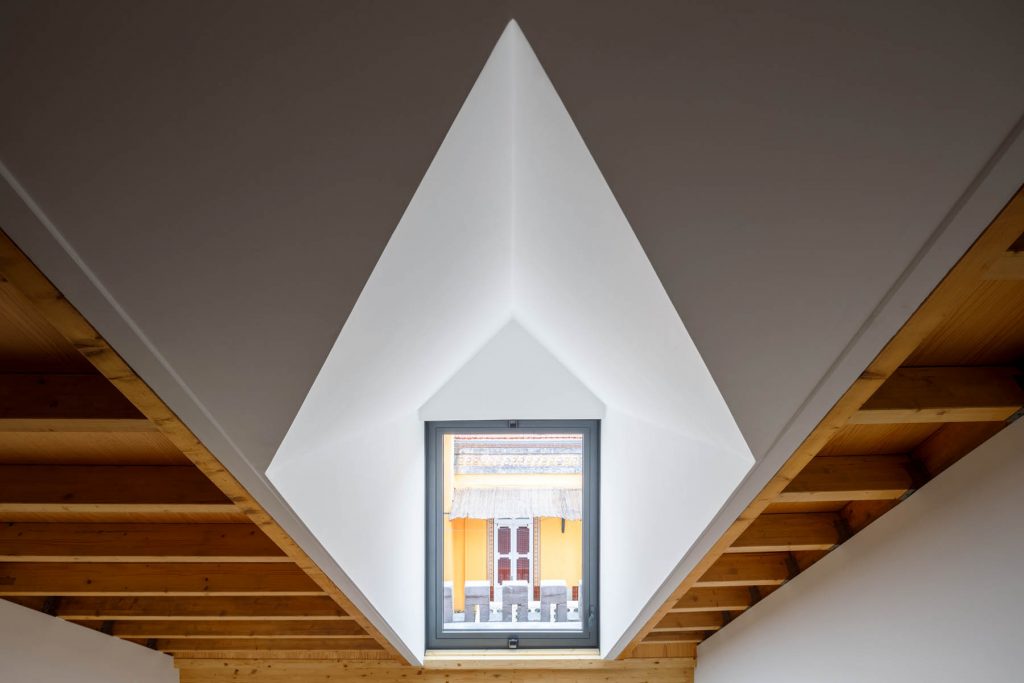
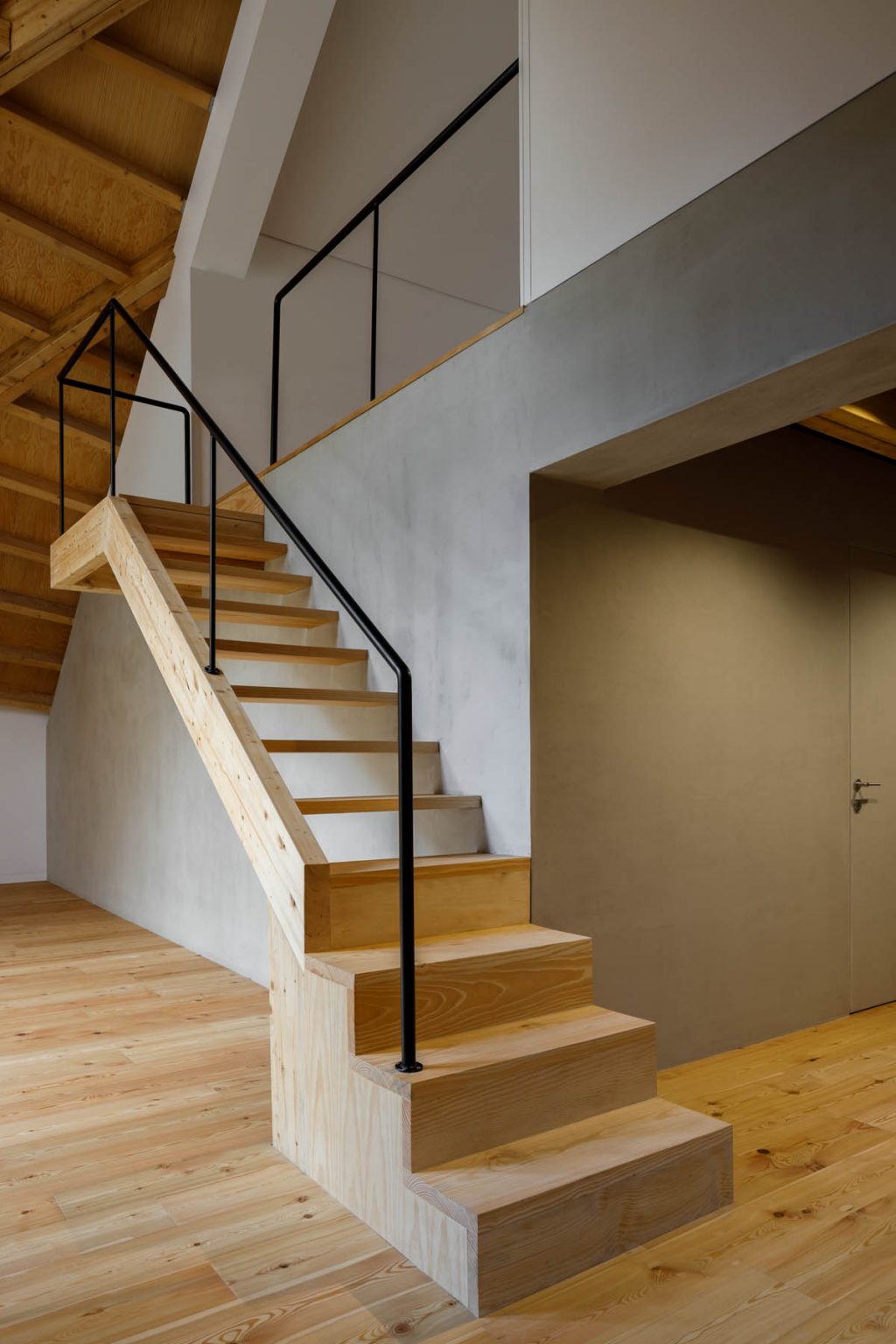
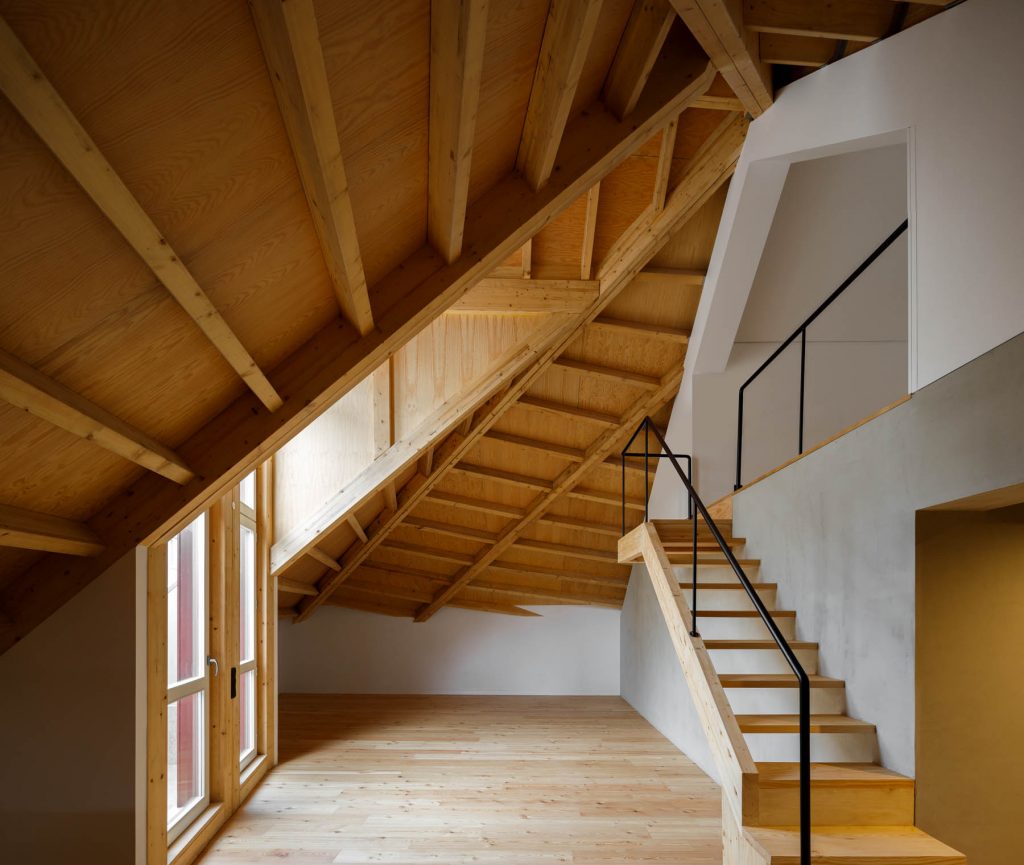
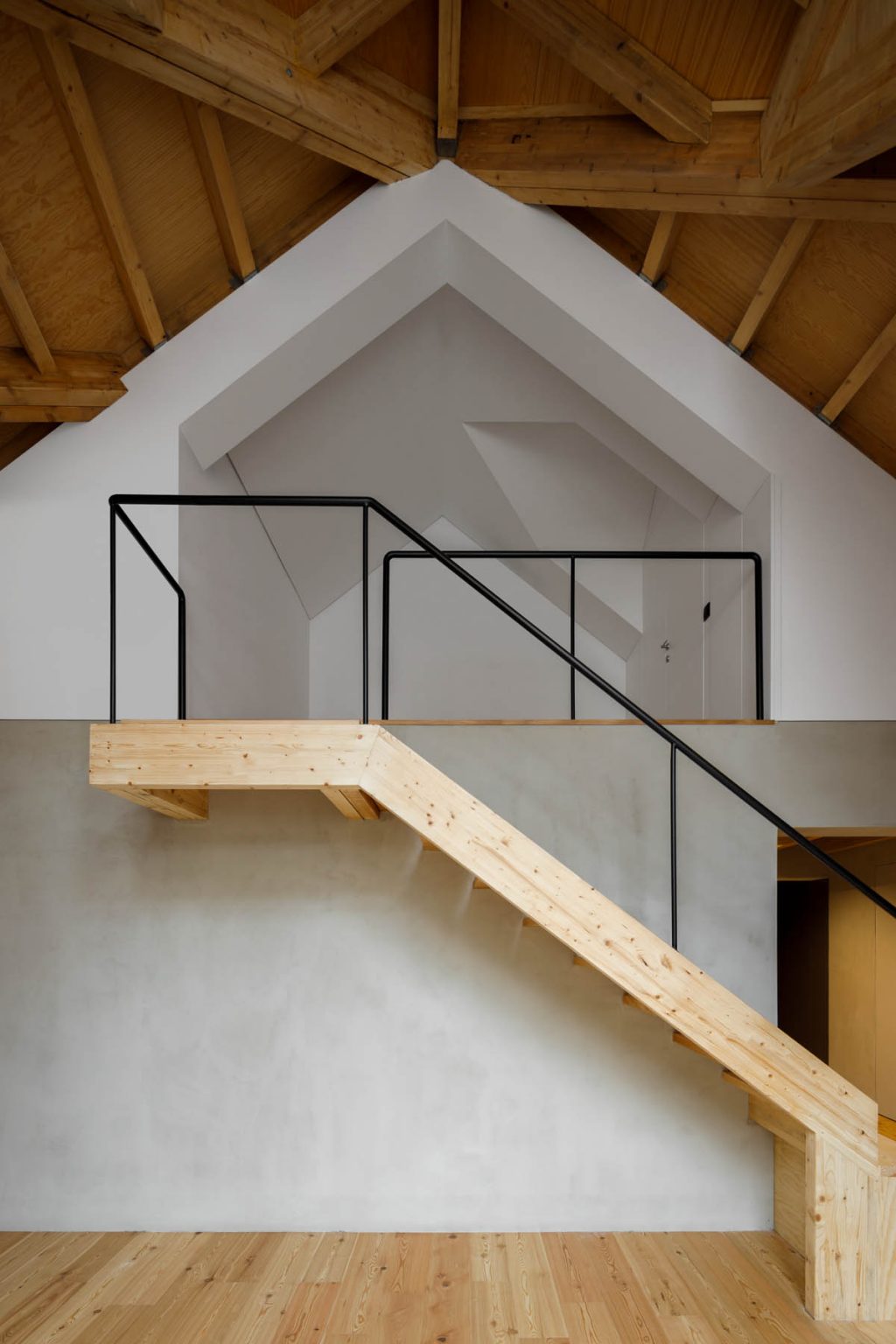
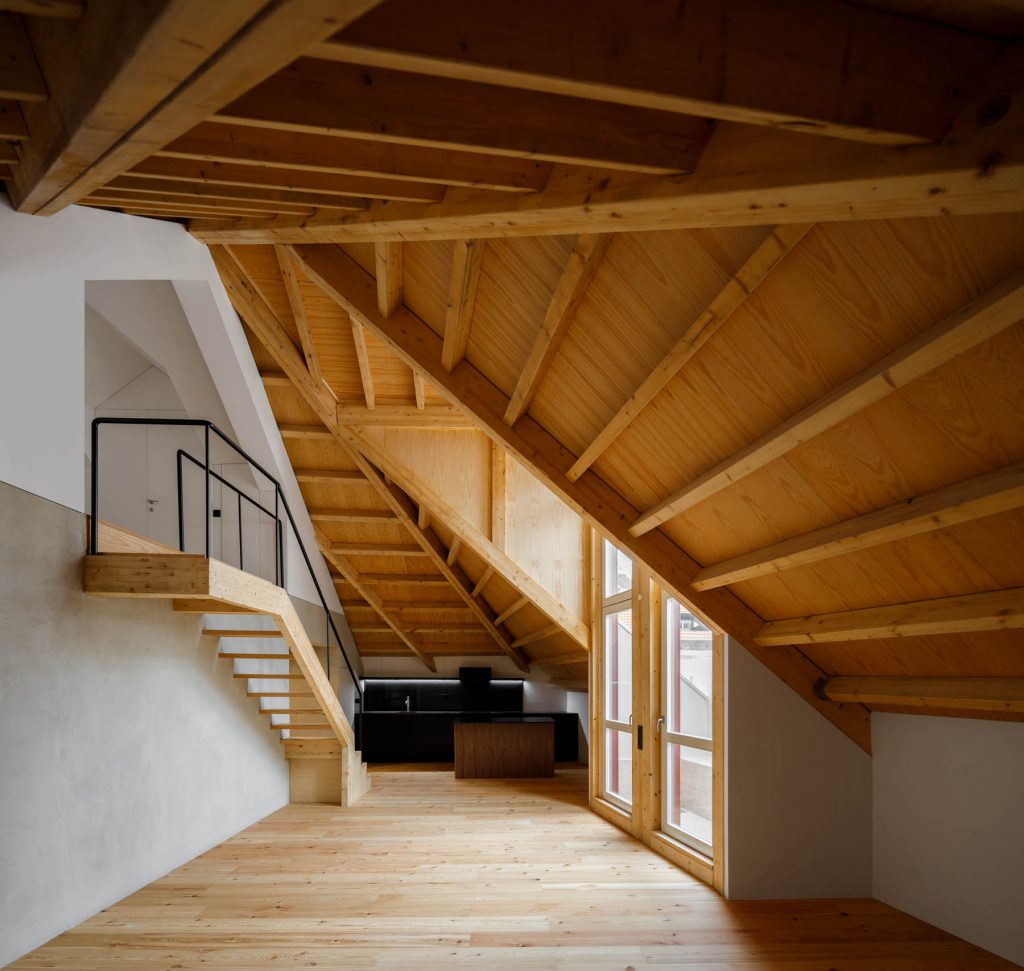
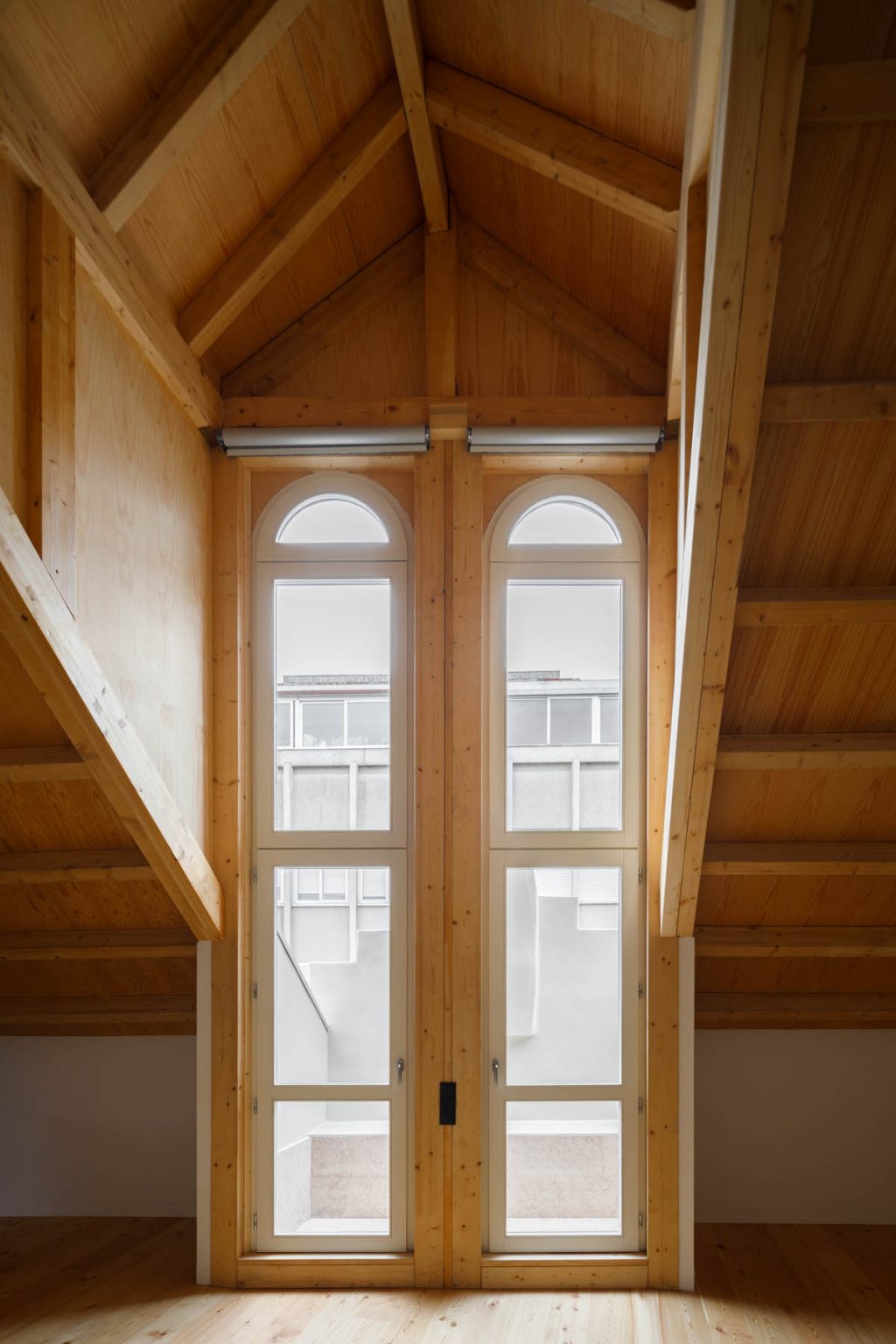
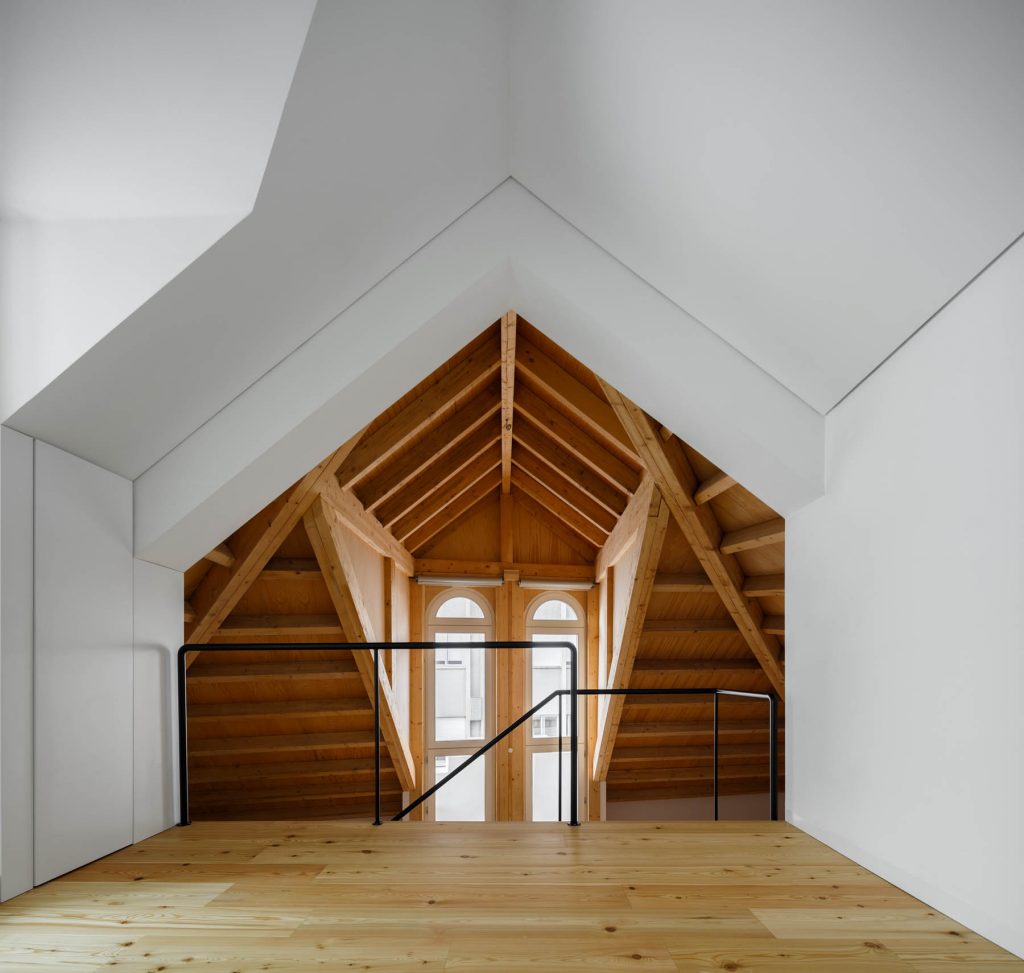
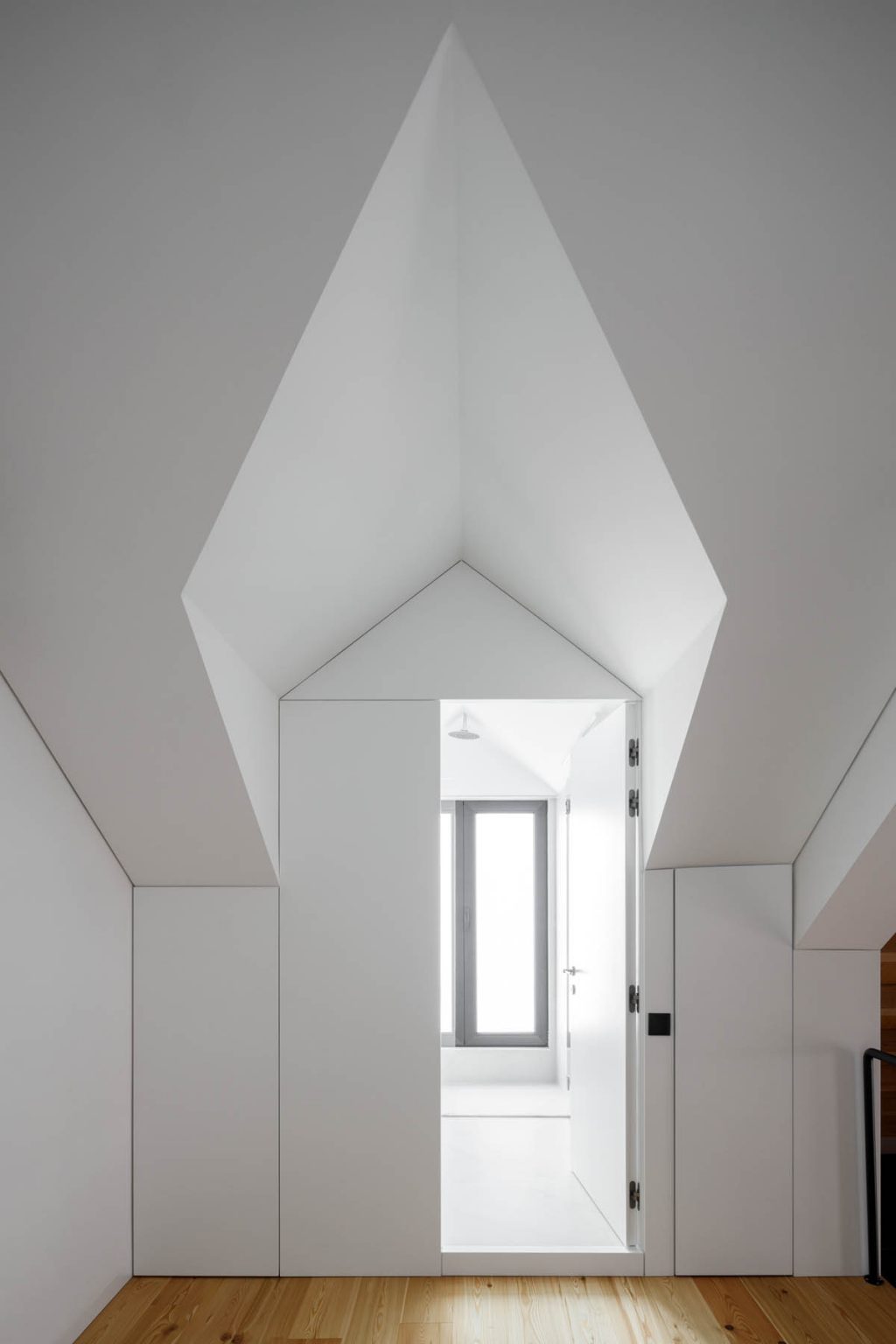
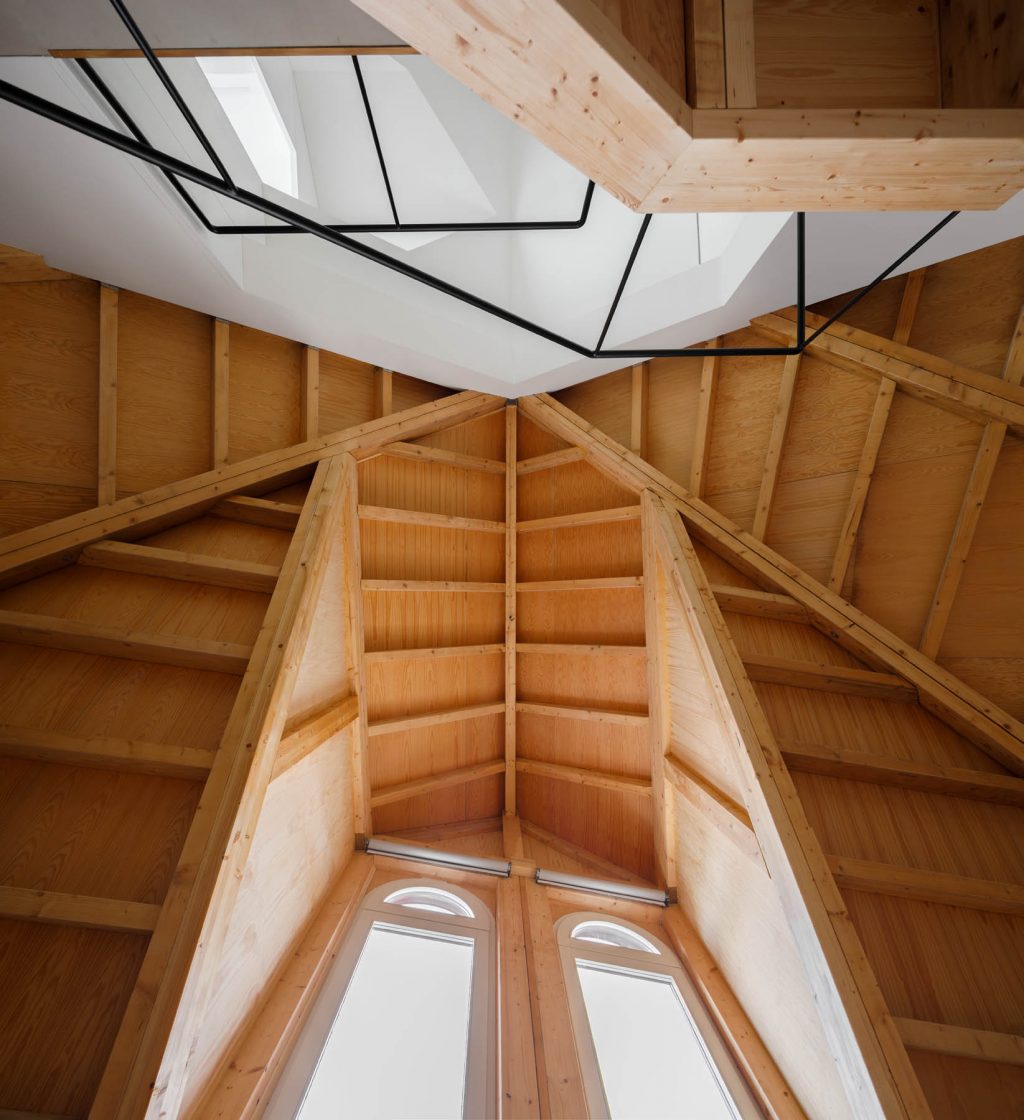
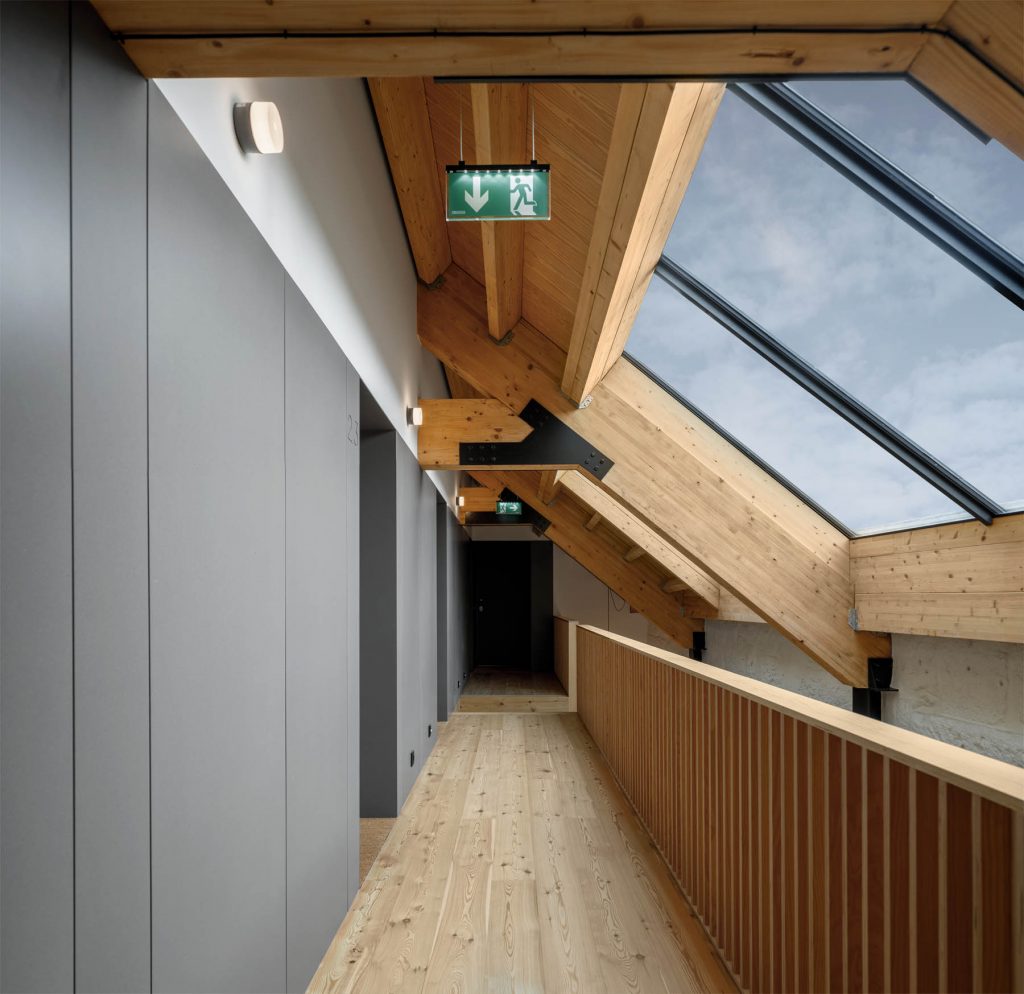
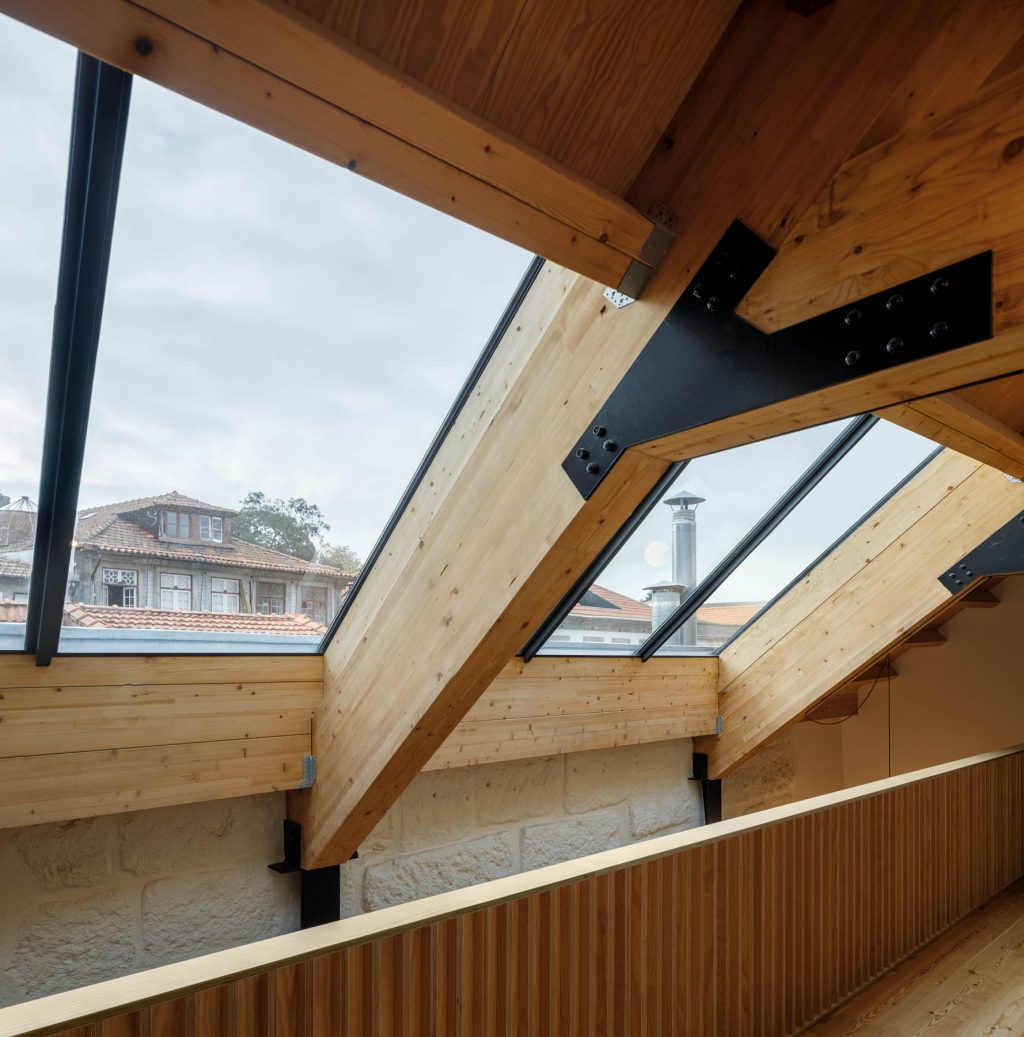
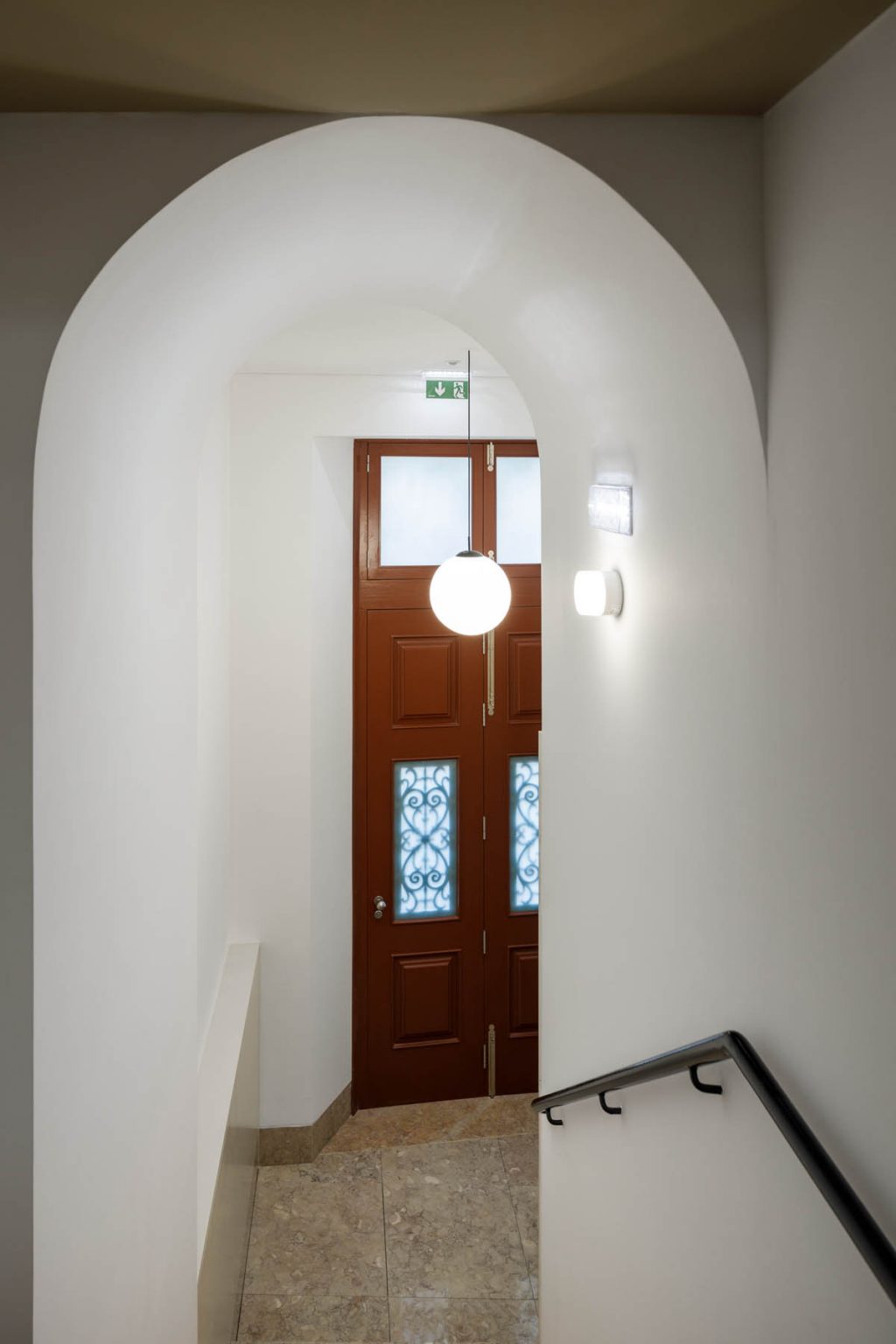
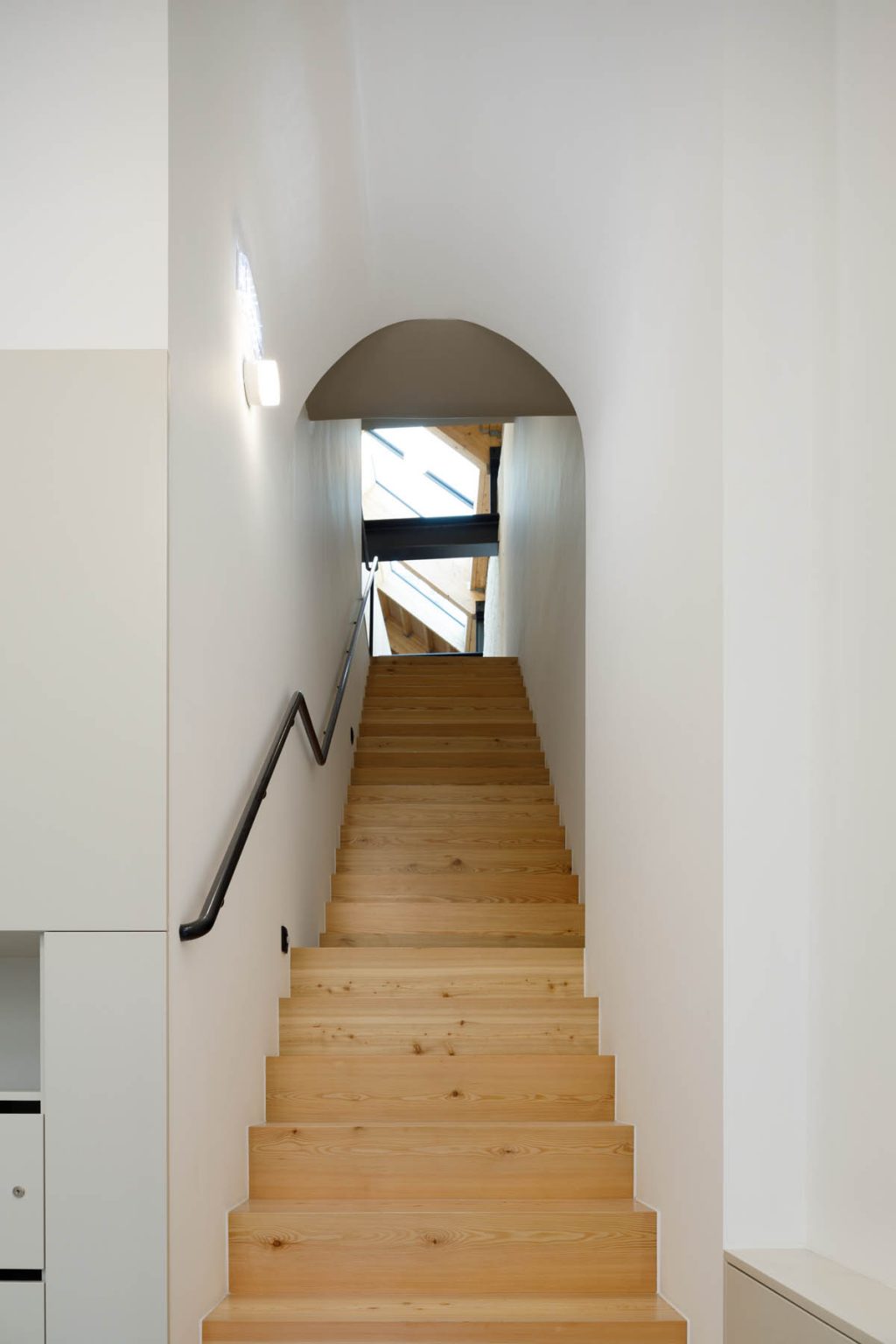
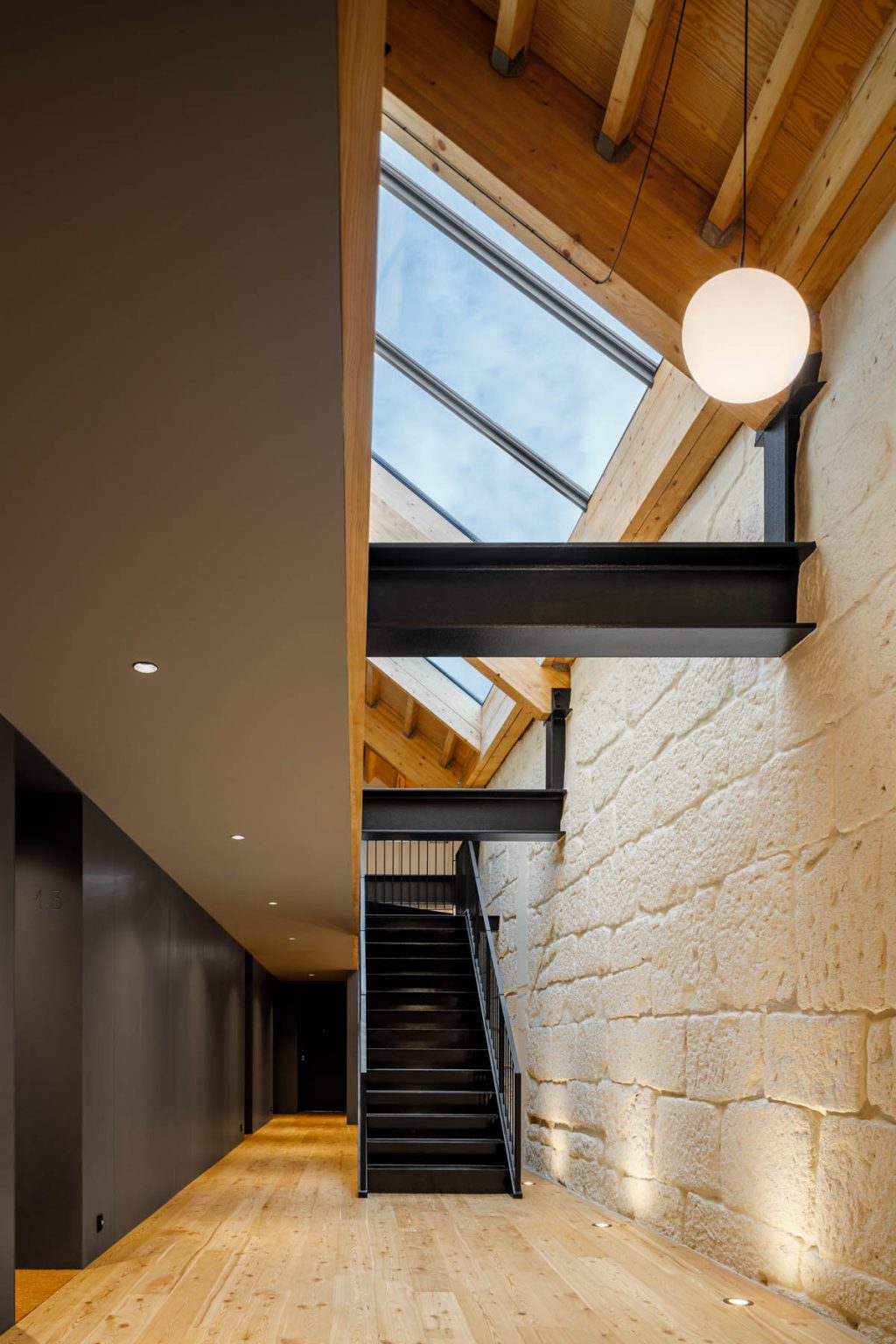
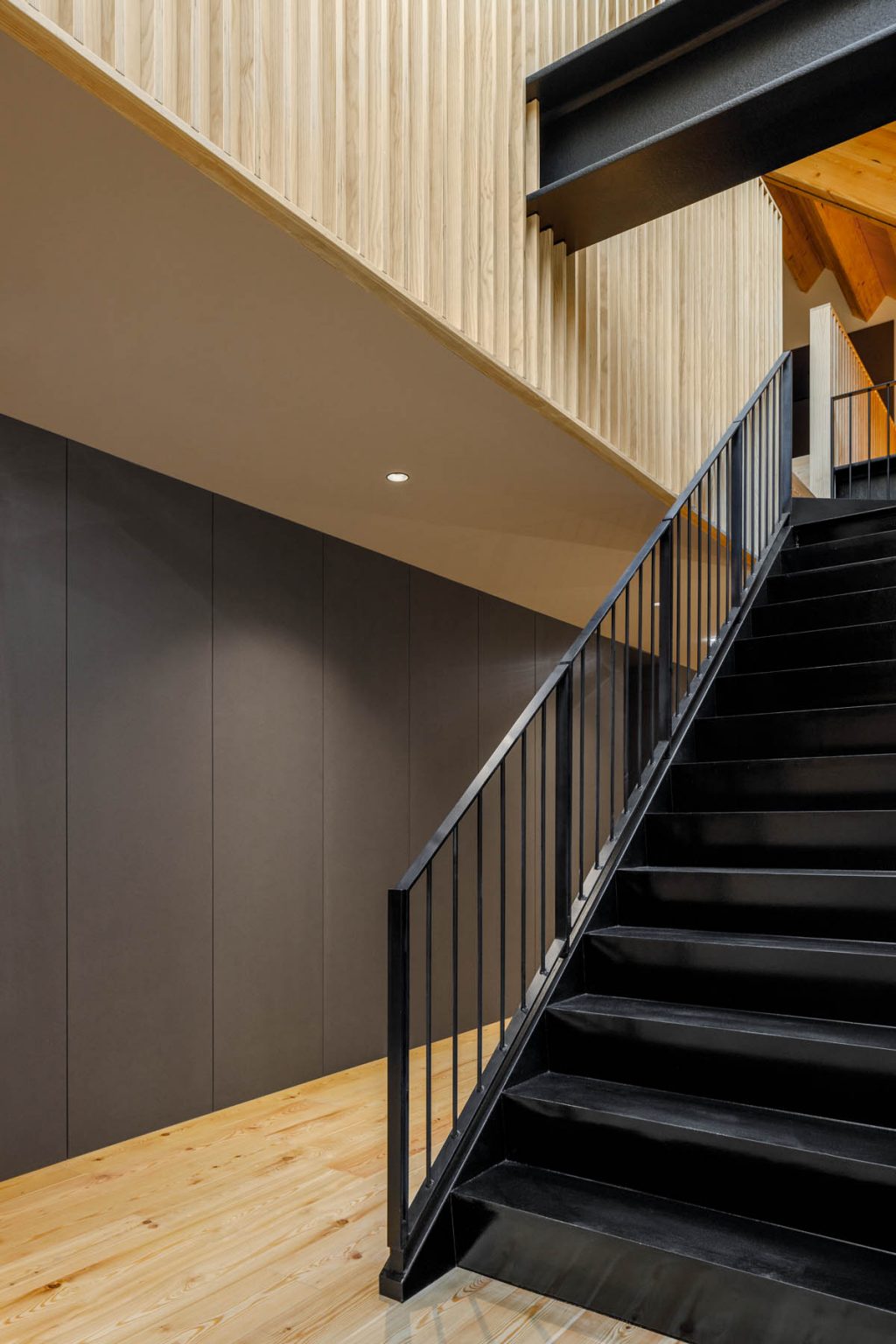
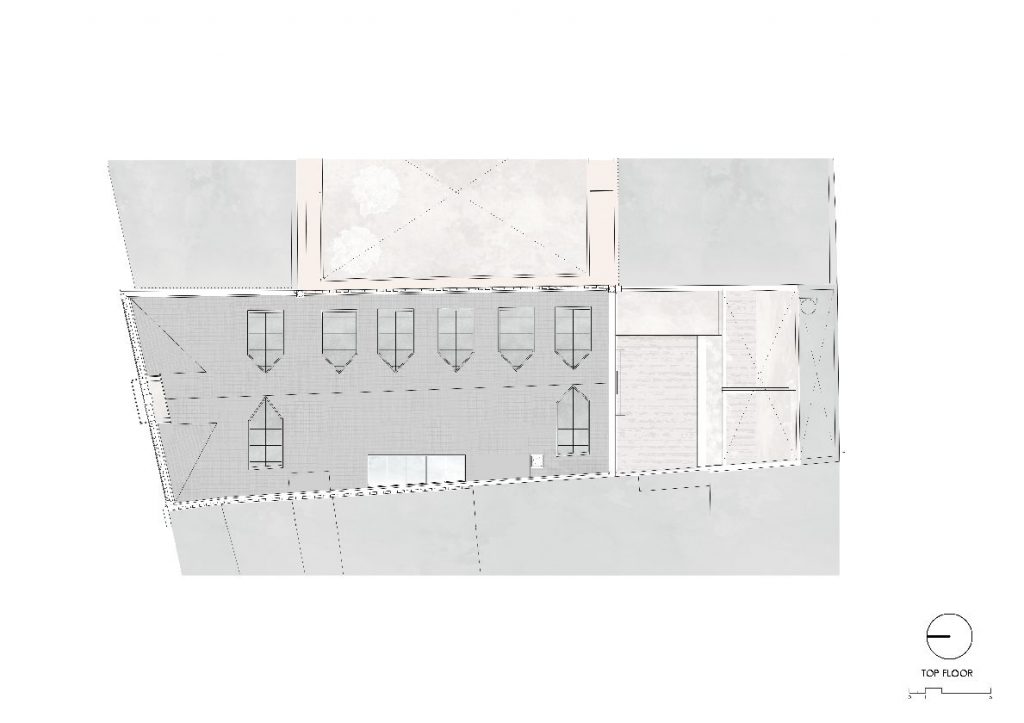
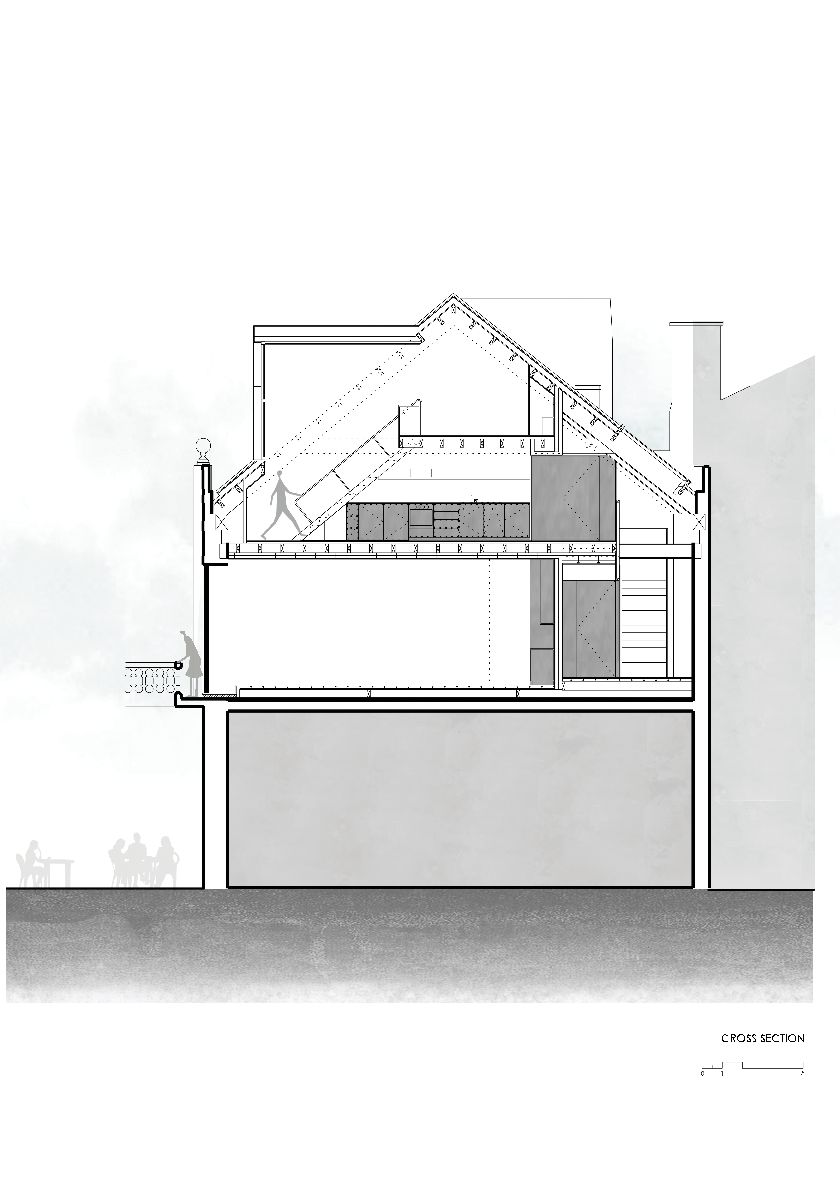
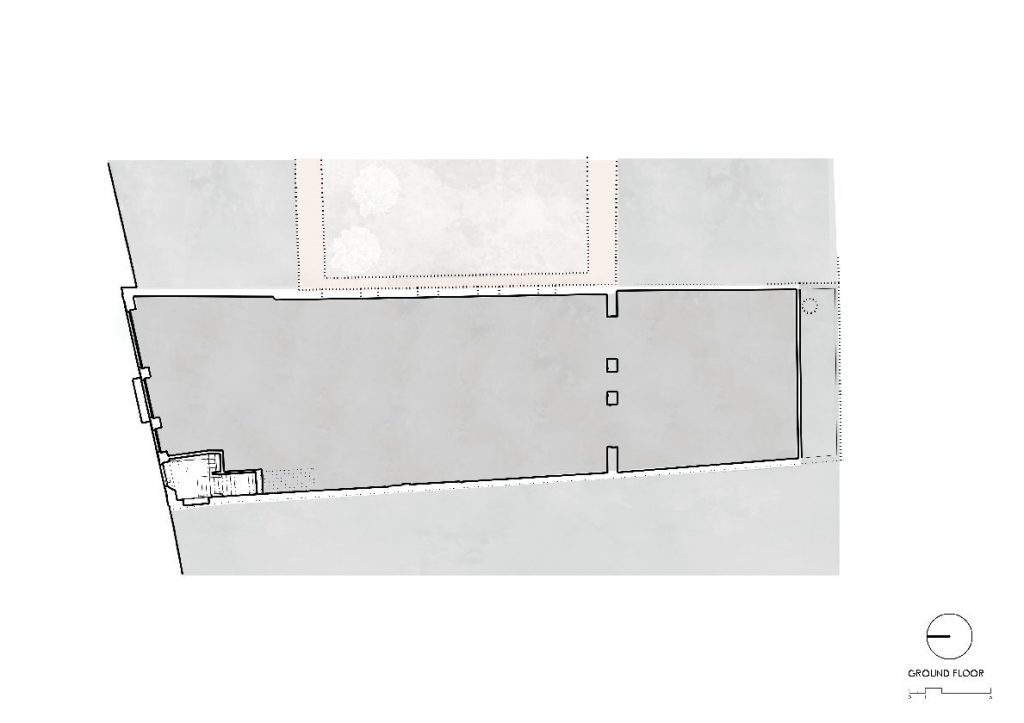
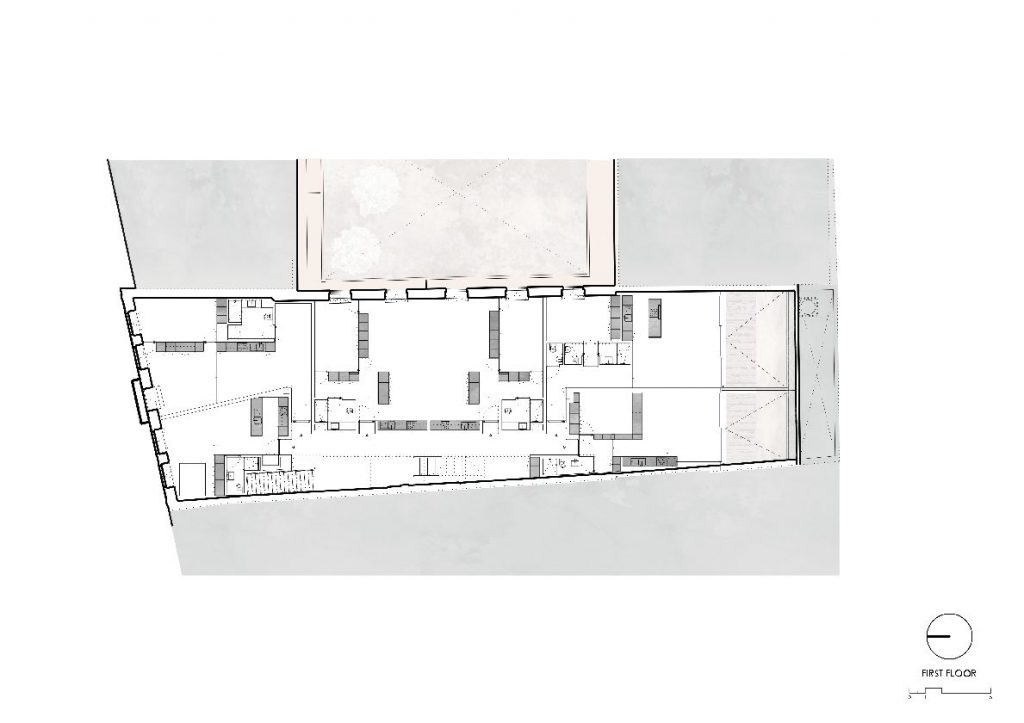
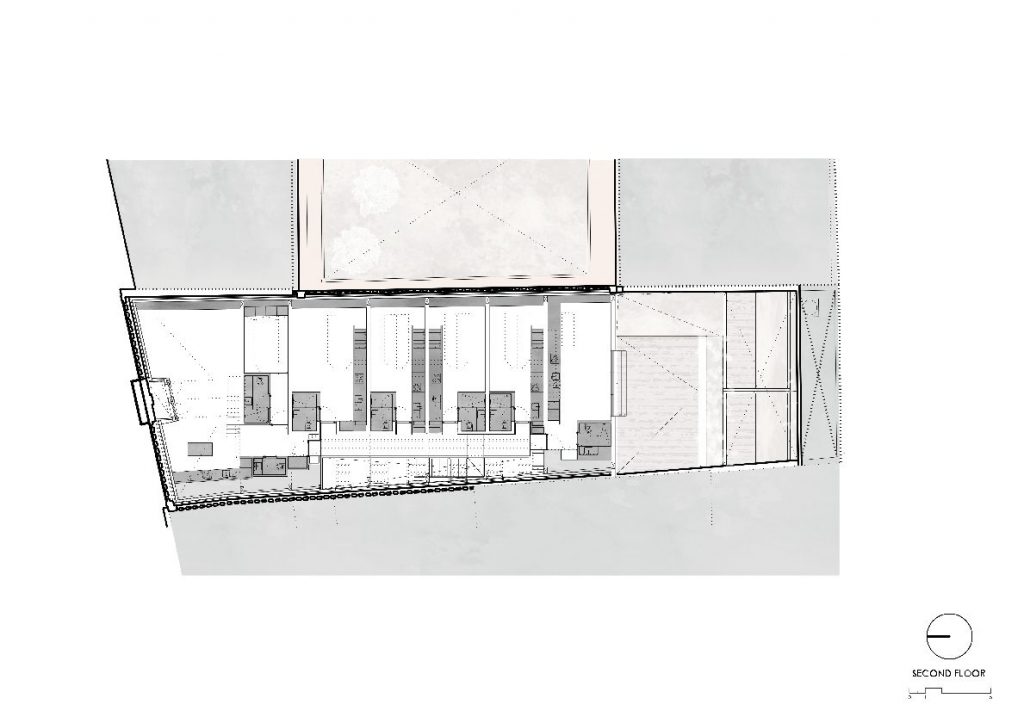
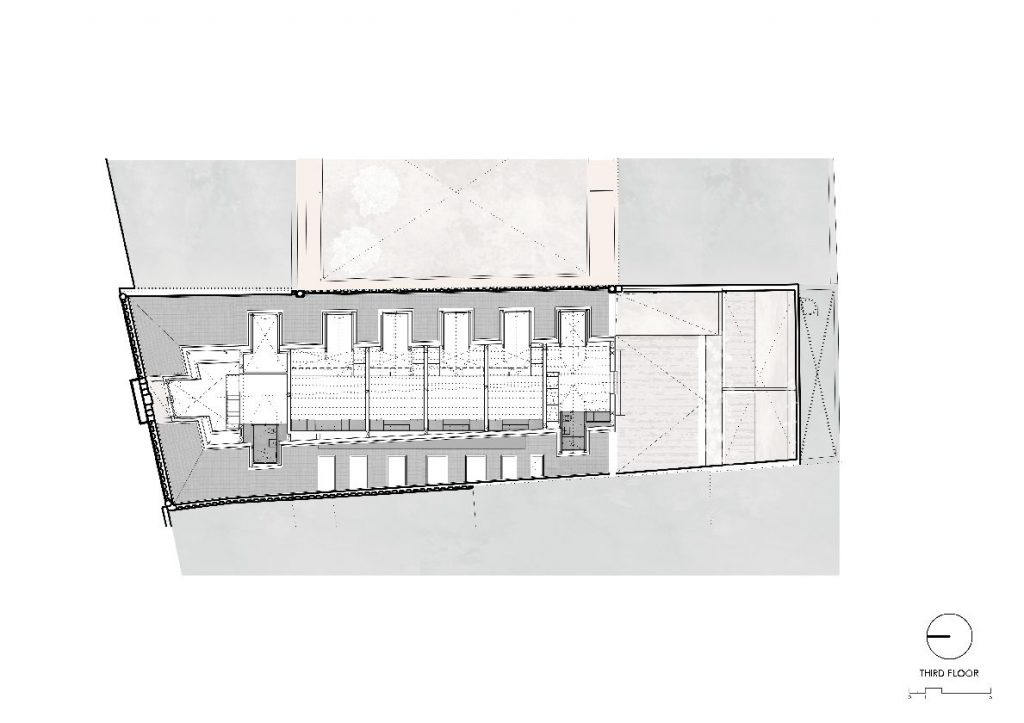
project info
Project name: Devesas Factory Building
Architecture Office: Anarchlab, Architecture Laboratory
Main Architect: Pedro Ribeiro da Silva (collaboração with Fábio Peixoto and José Azevedo)
Website: www.anarchlab.pt
Email: geral@anarchlab.pt
Facebook: www.facebook.com/anarchlab
Instagram: www.instagram.com/anarchlab/
Location: Rua da Conceição 67, 4050-215 Porto
Year of conclusion: 2020
total area: 1.008,5m2
Architectural photographer: Ivo Tavares Studio
Website: www.ivotavares.net
Facebook: www.facebook.com/ivotavaresstudio
Instagram: www.instagram.com/ivotavaresstudio

